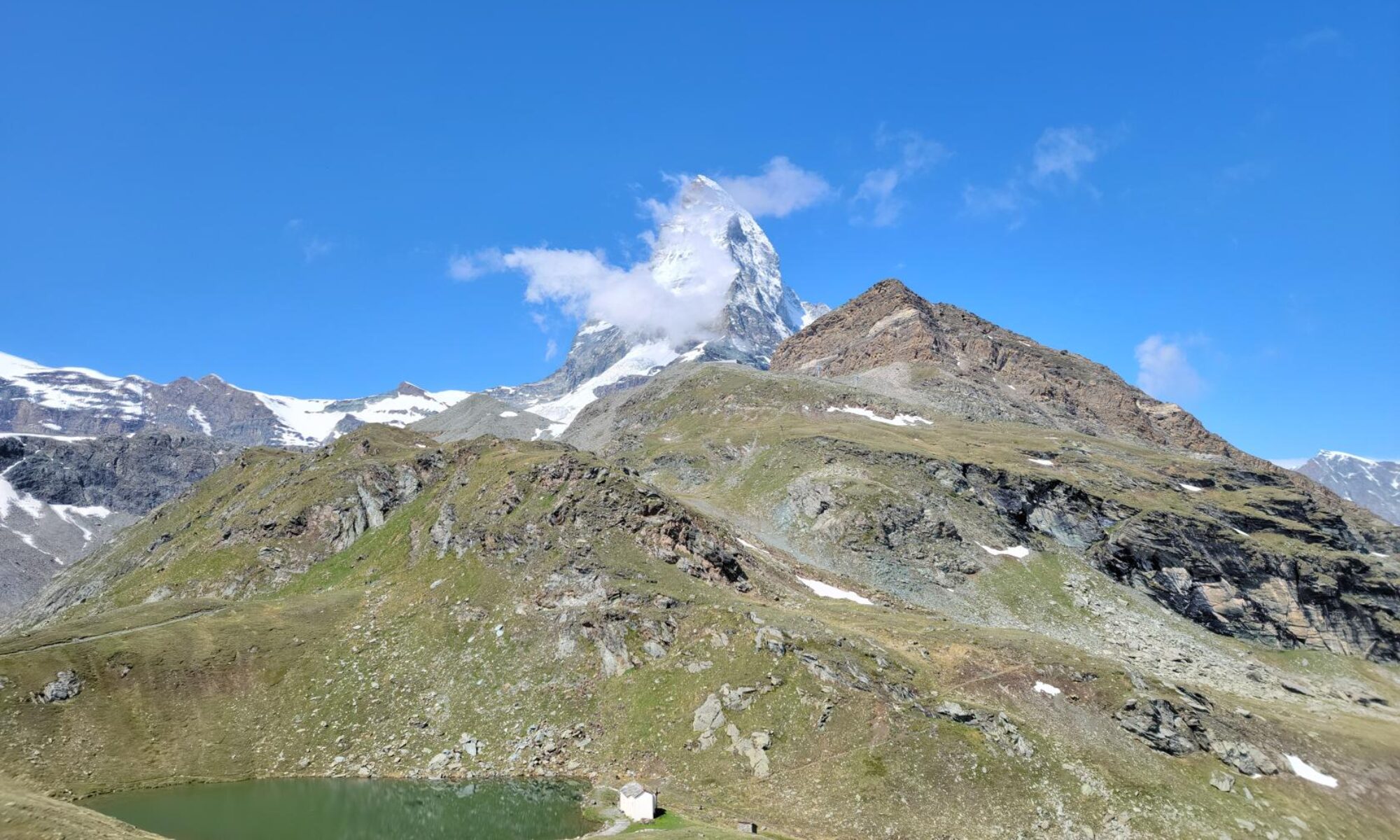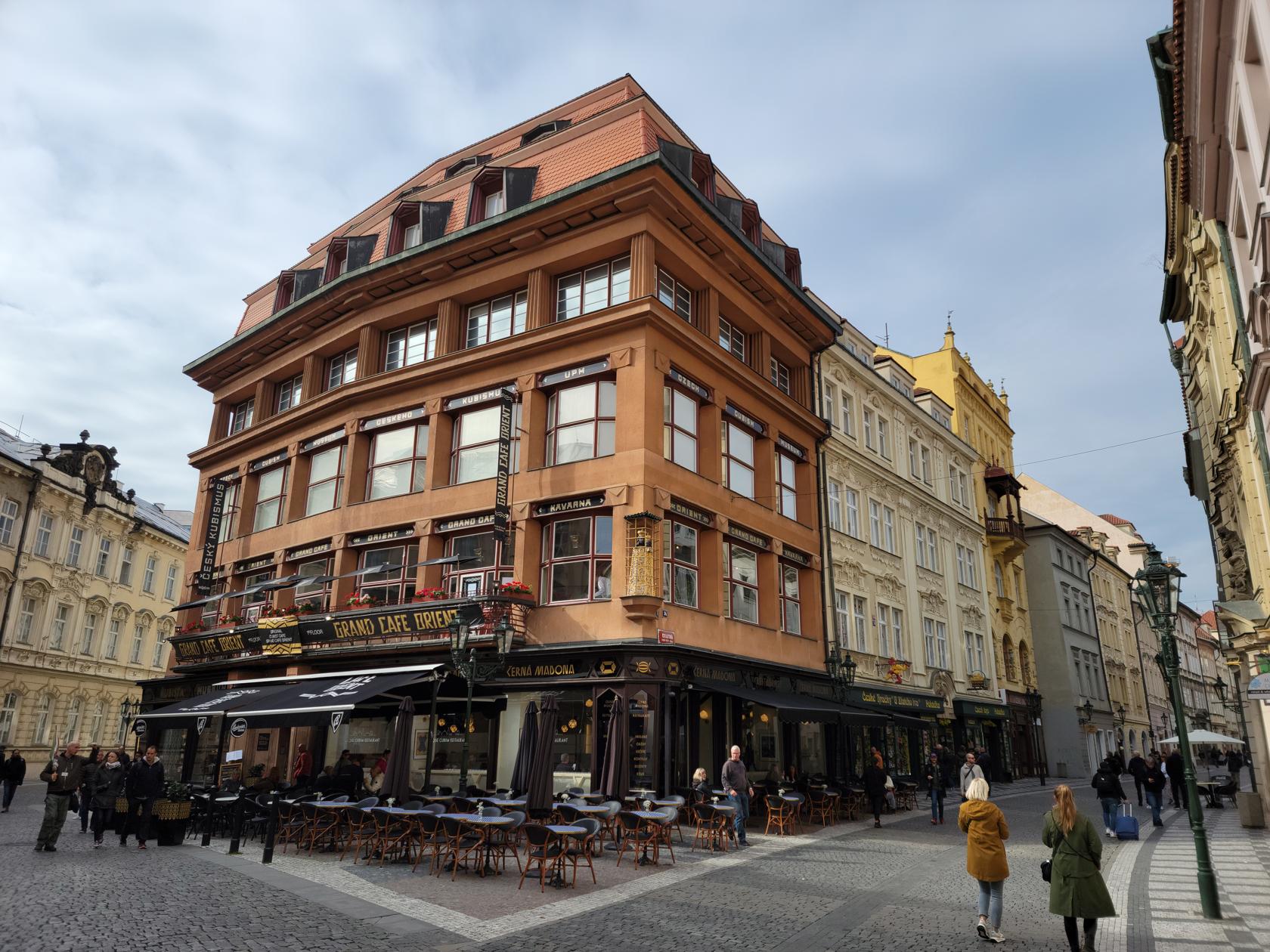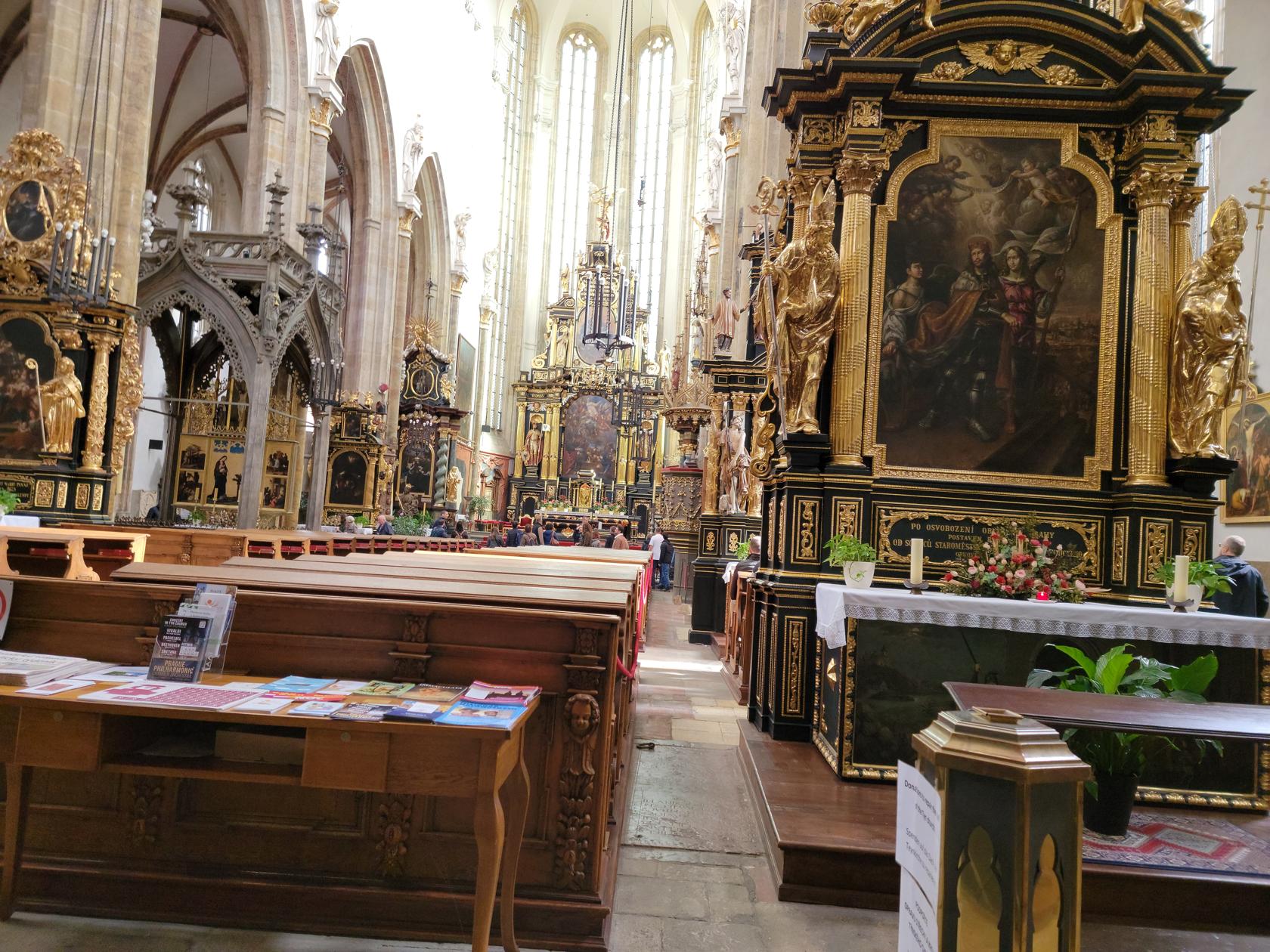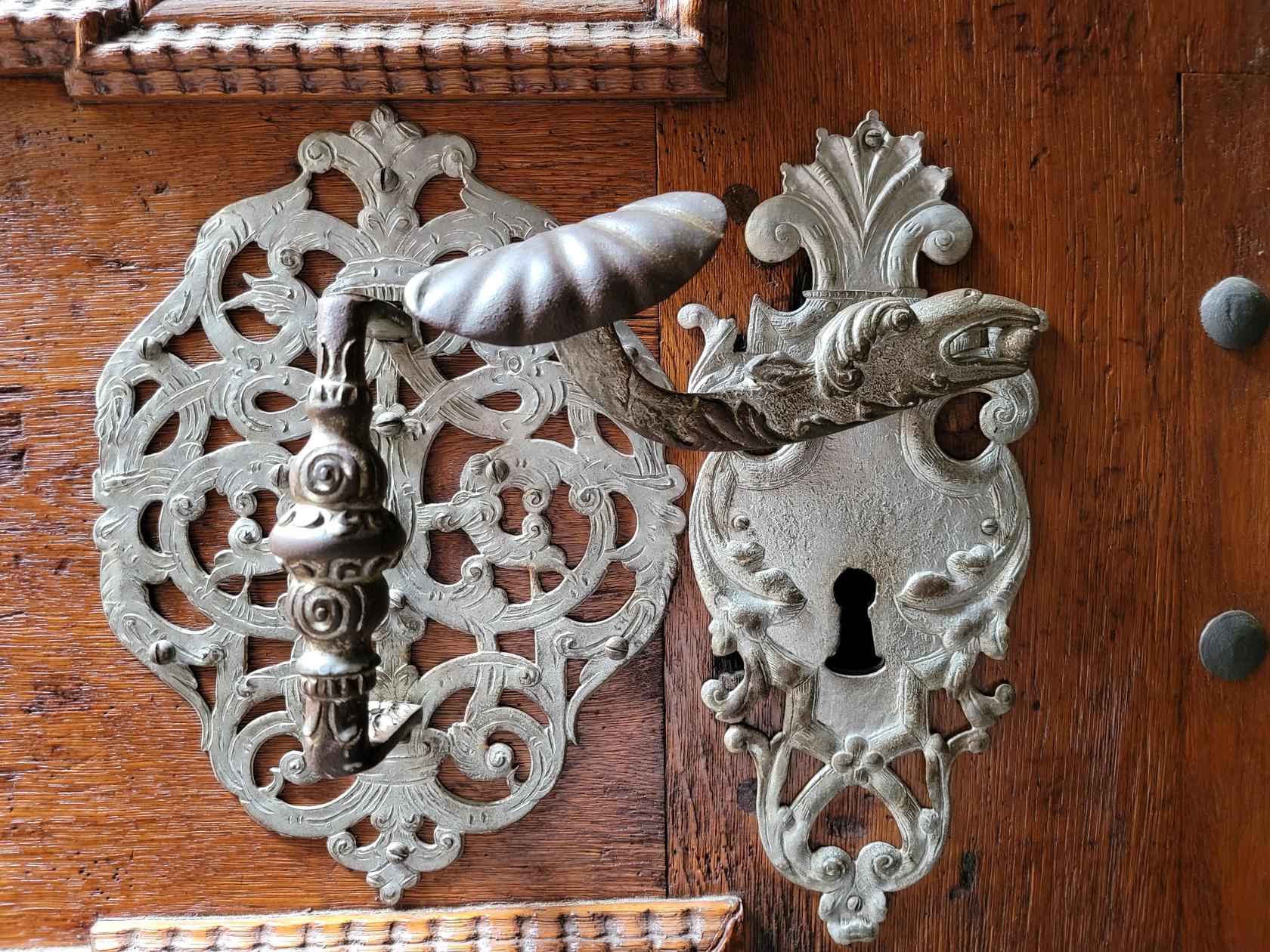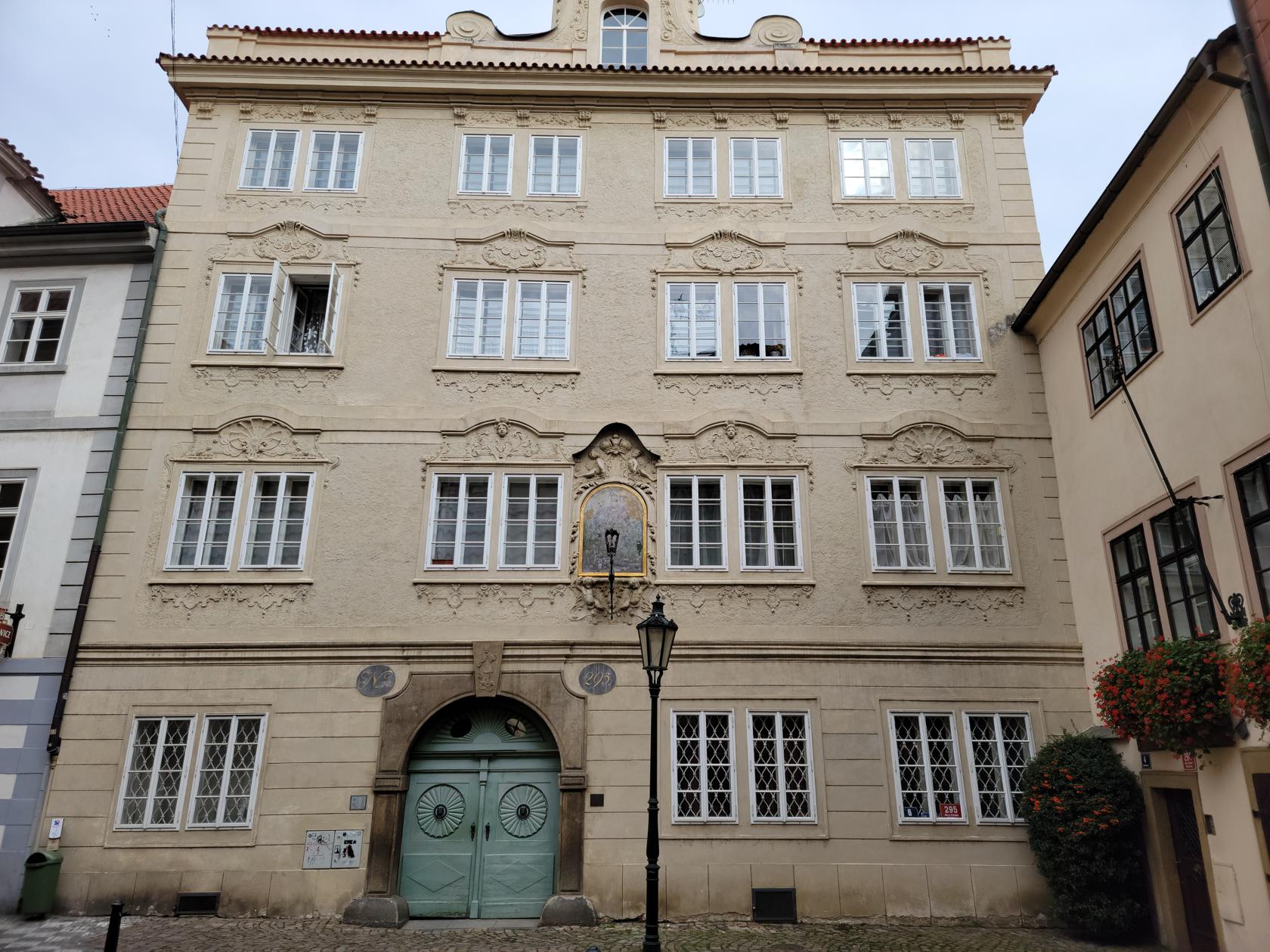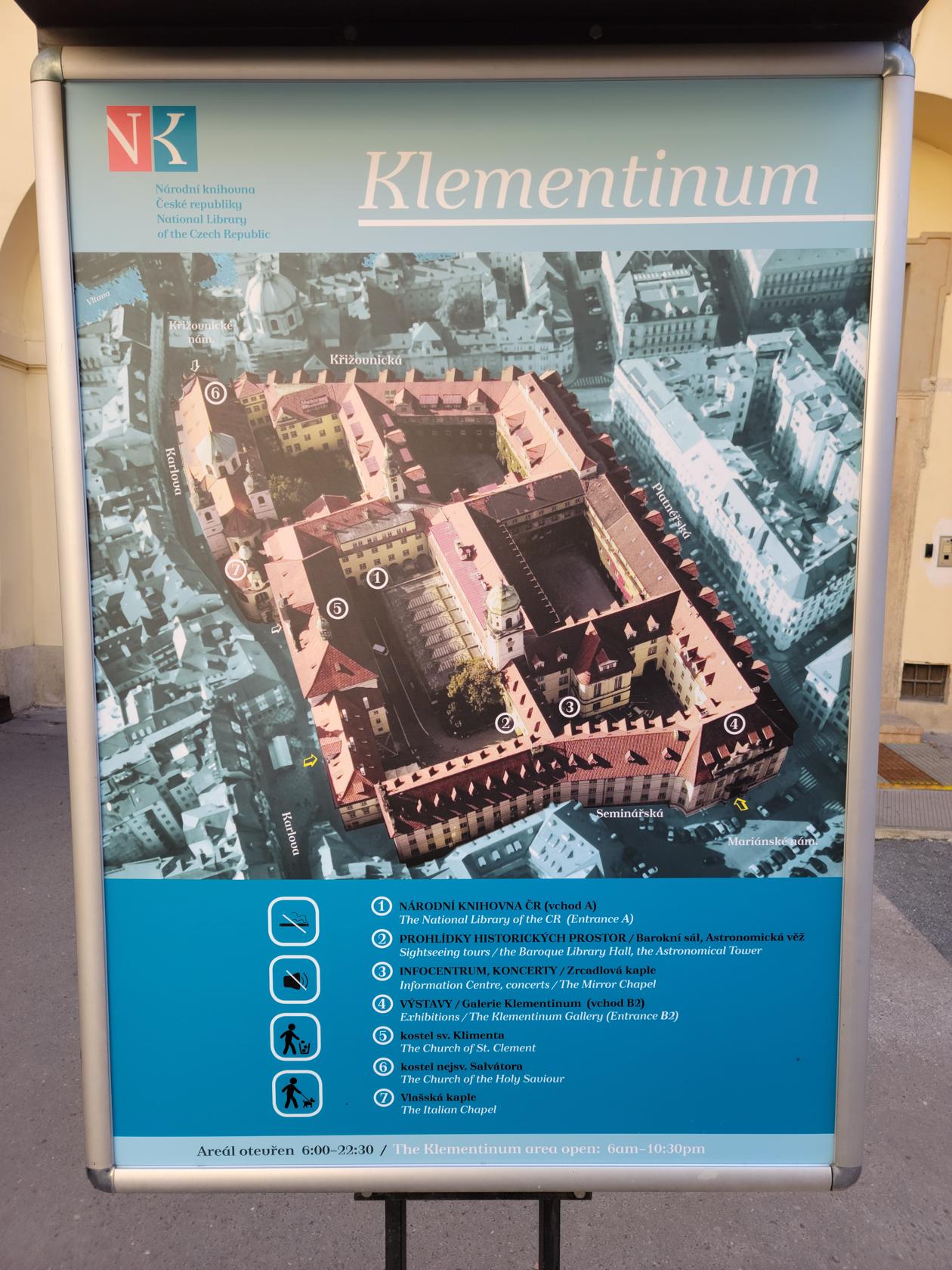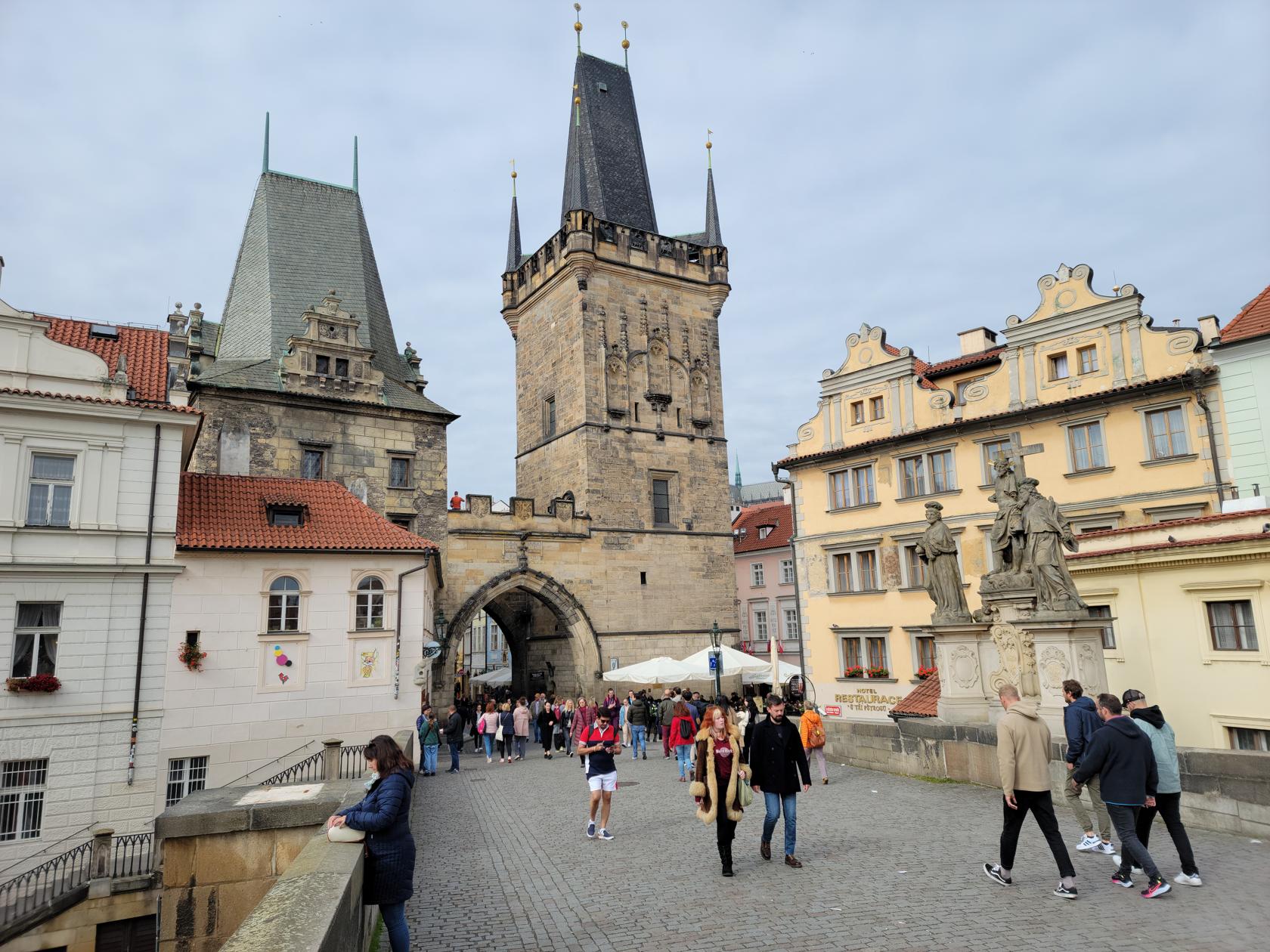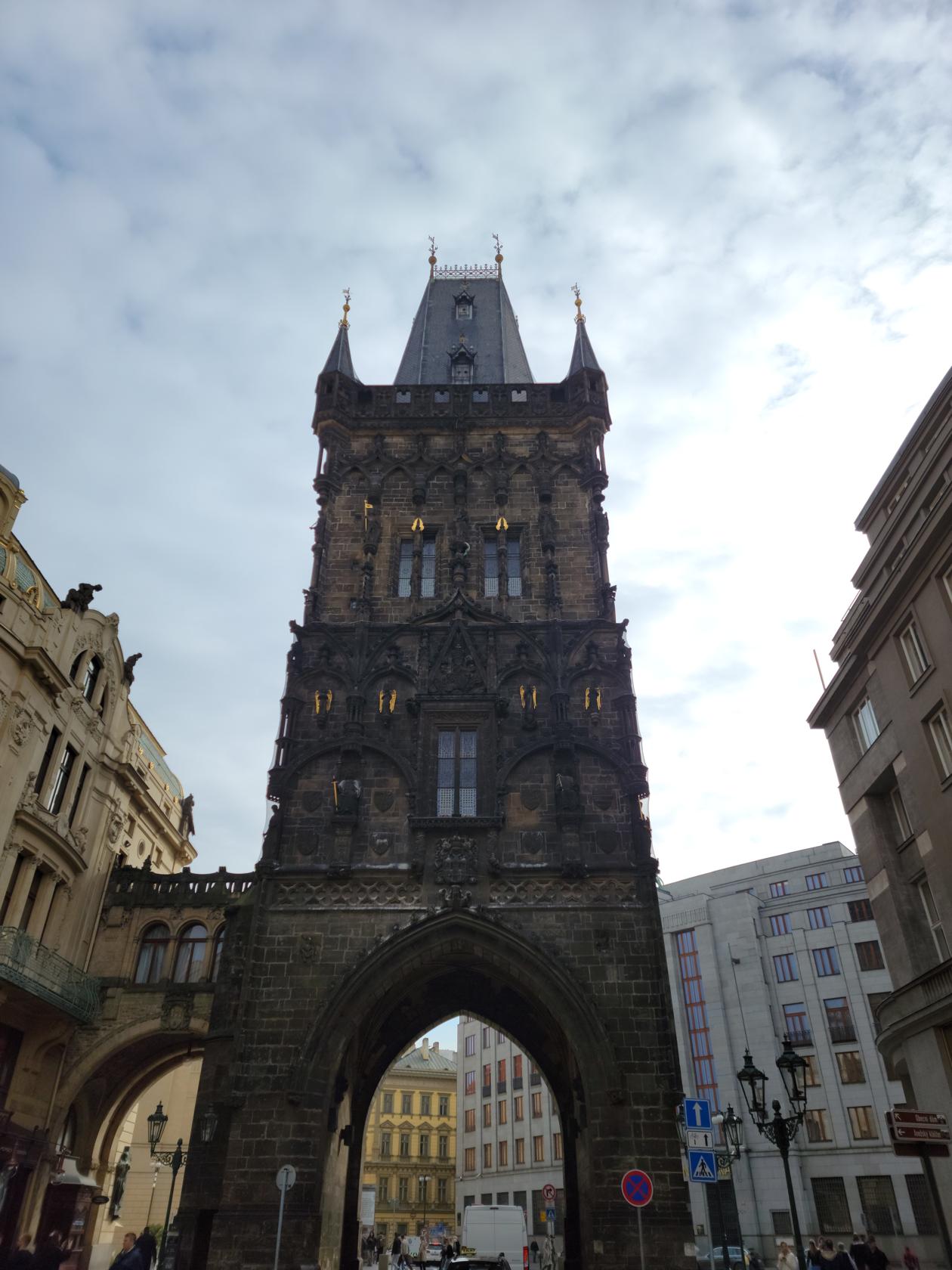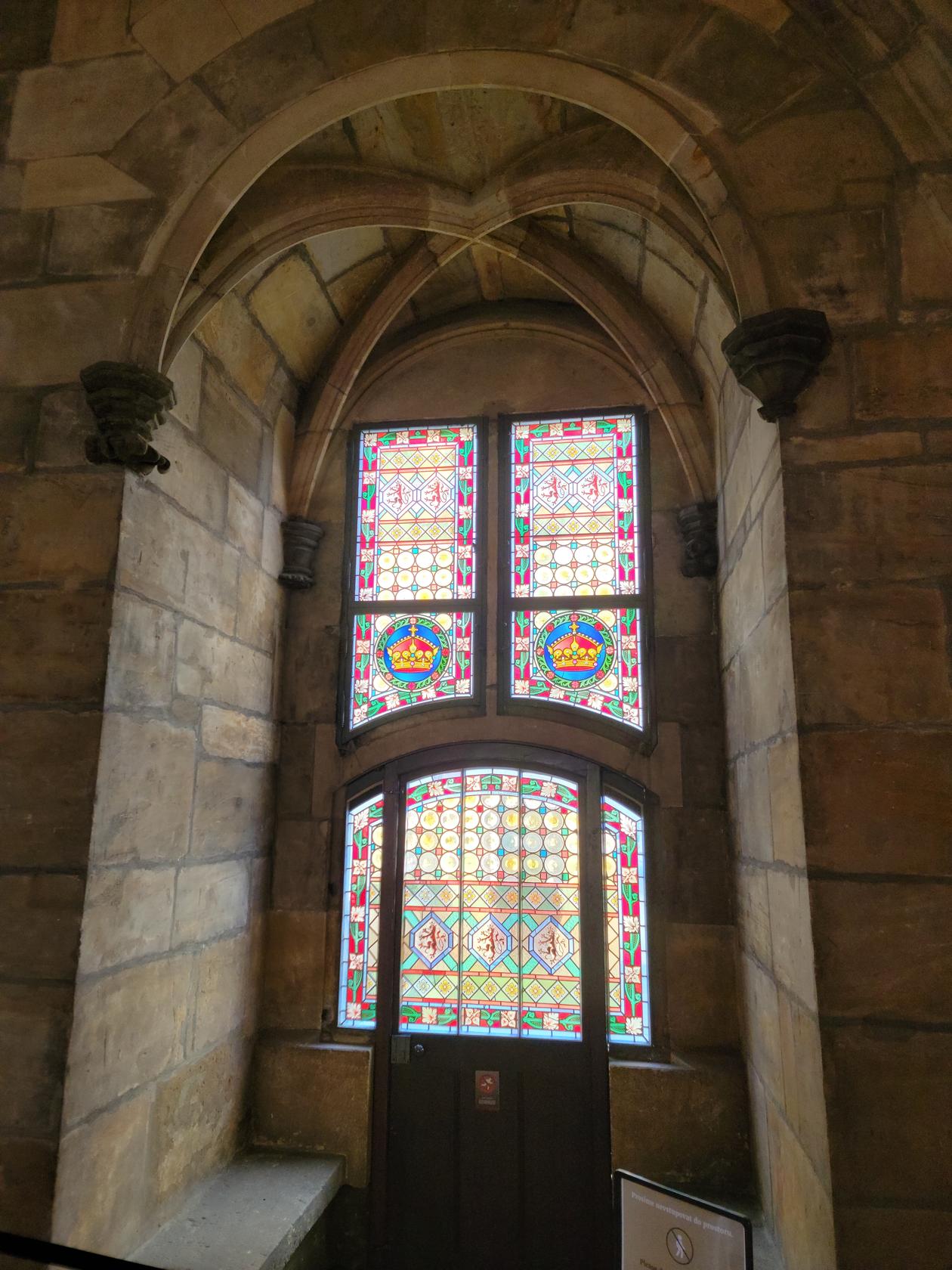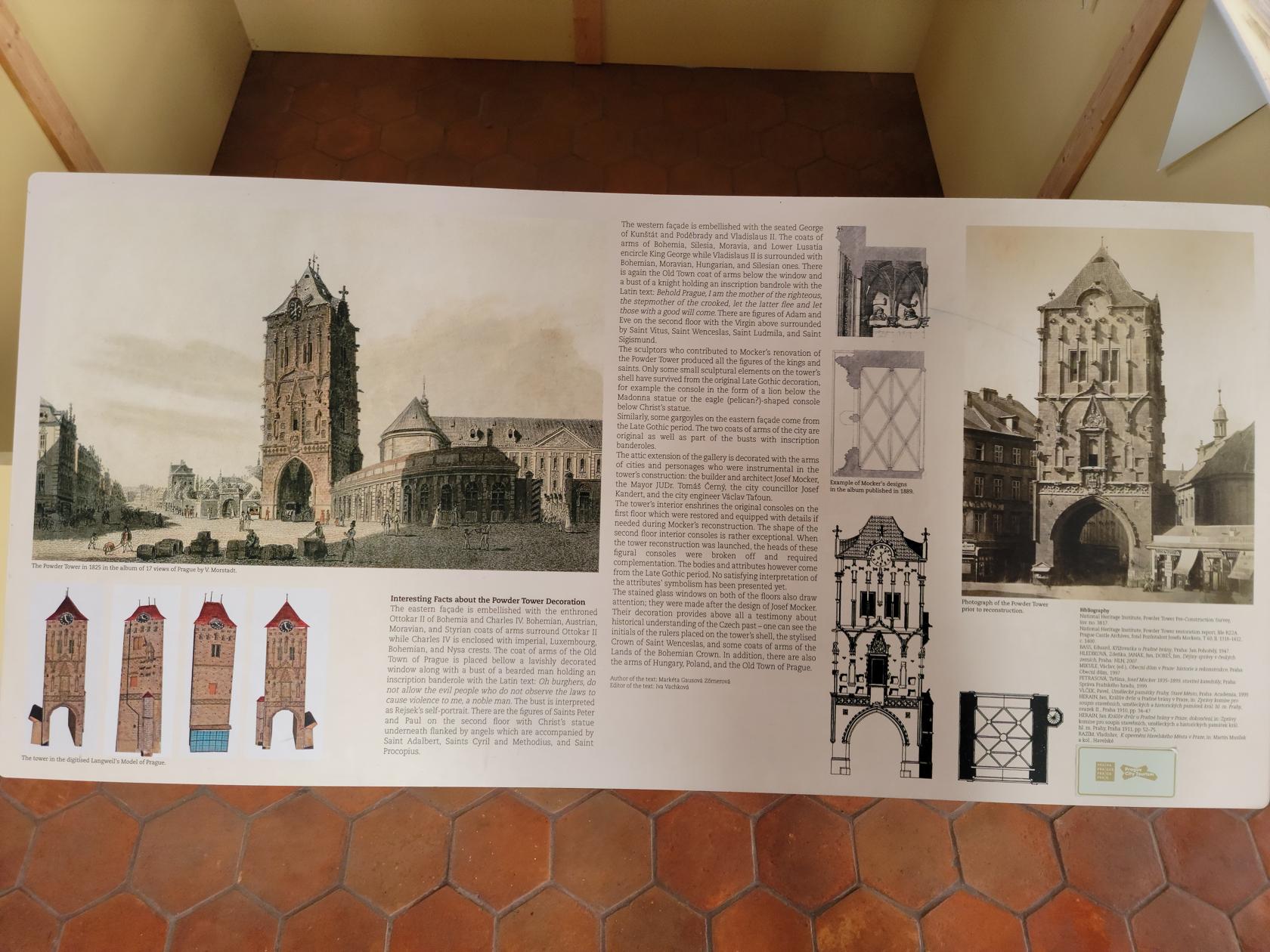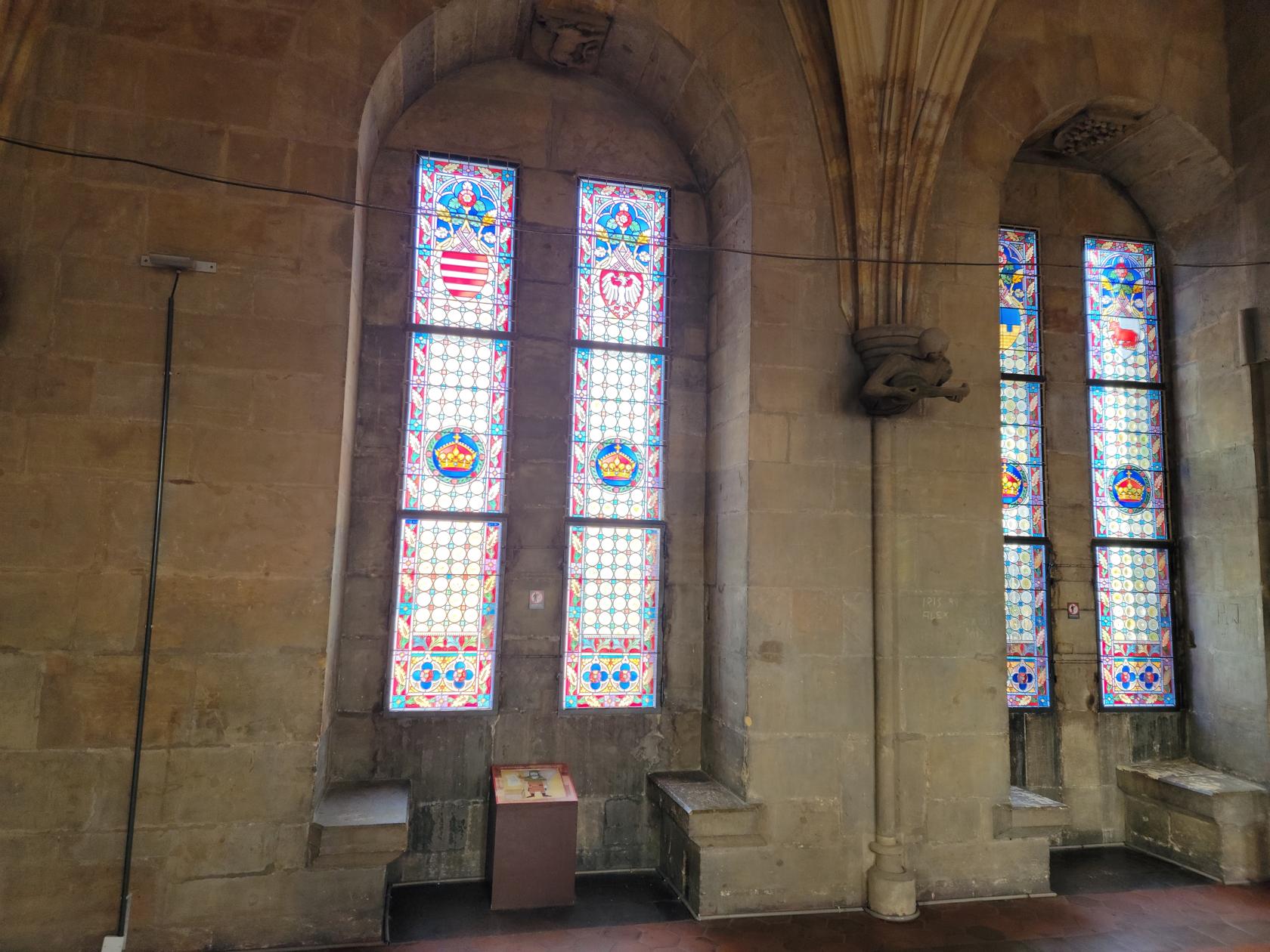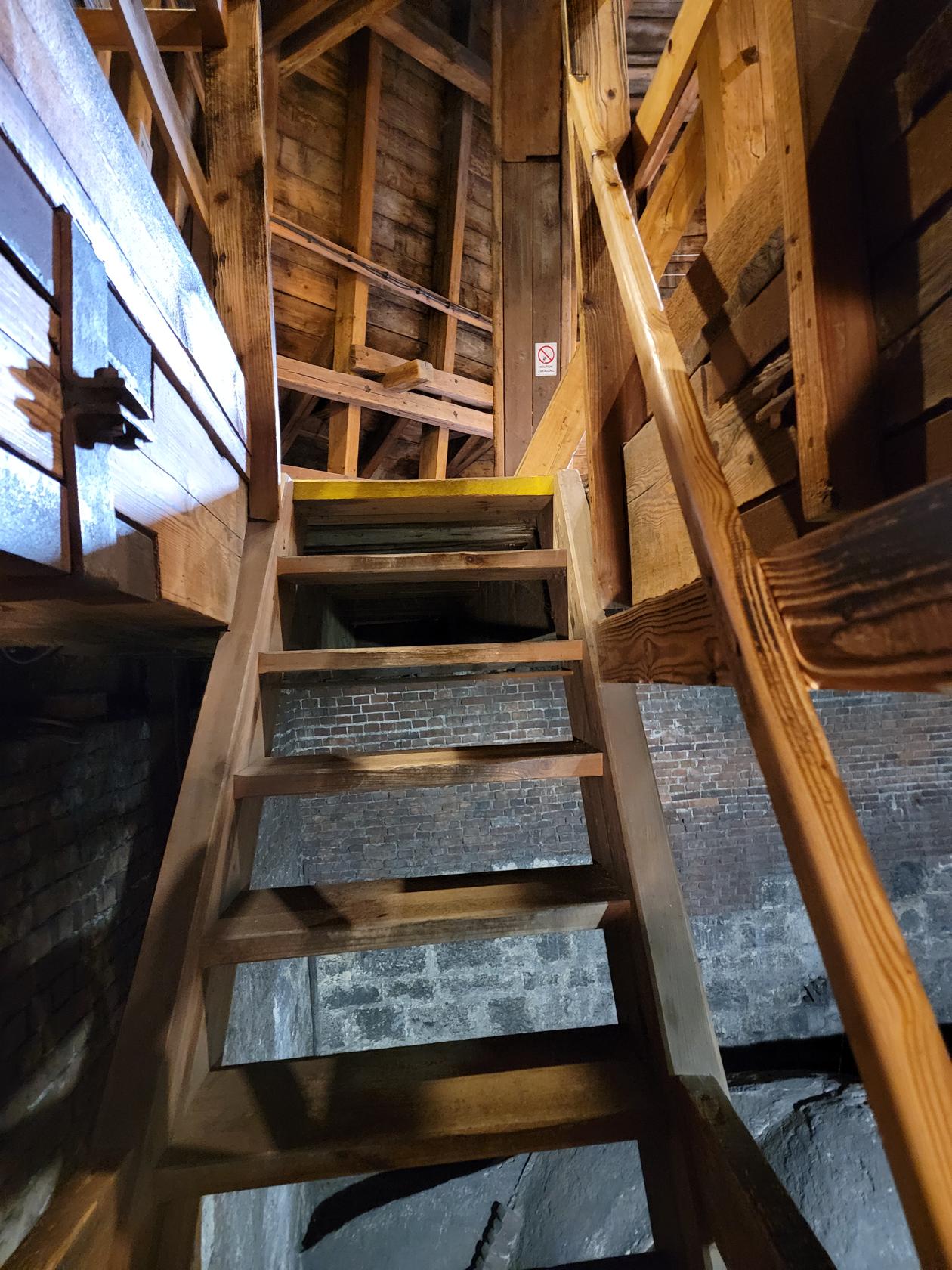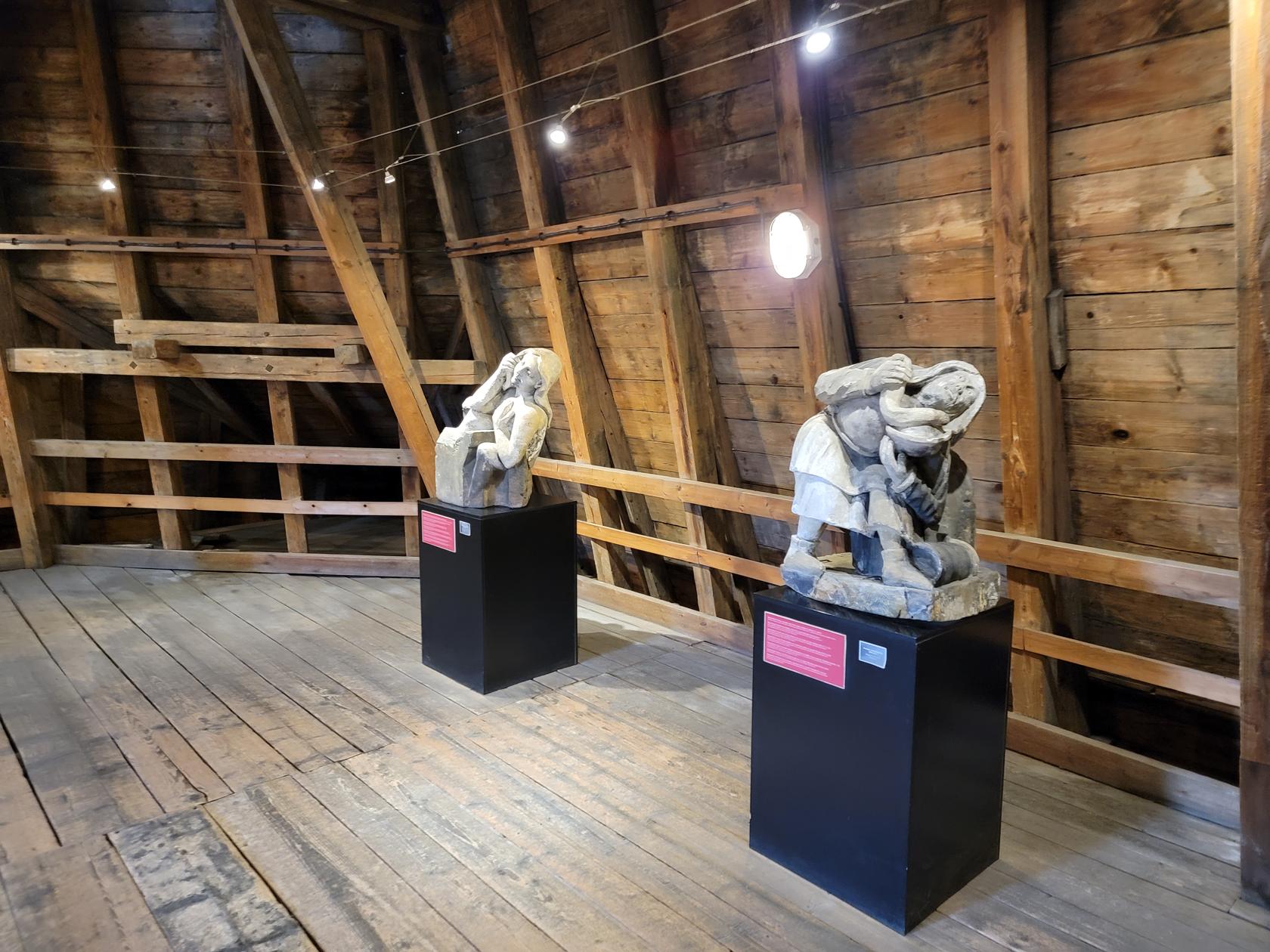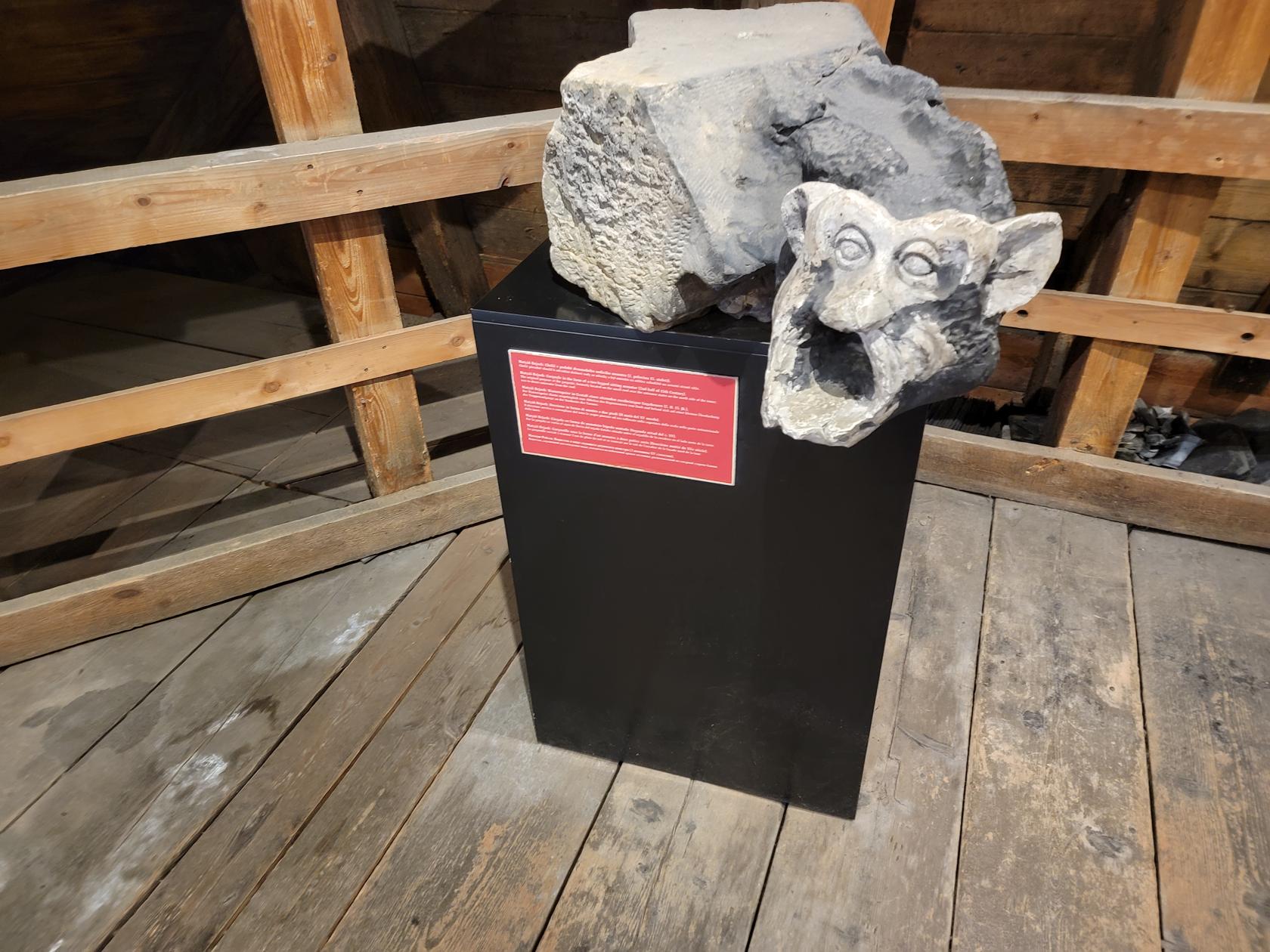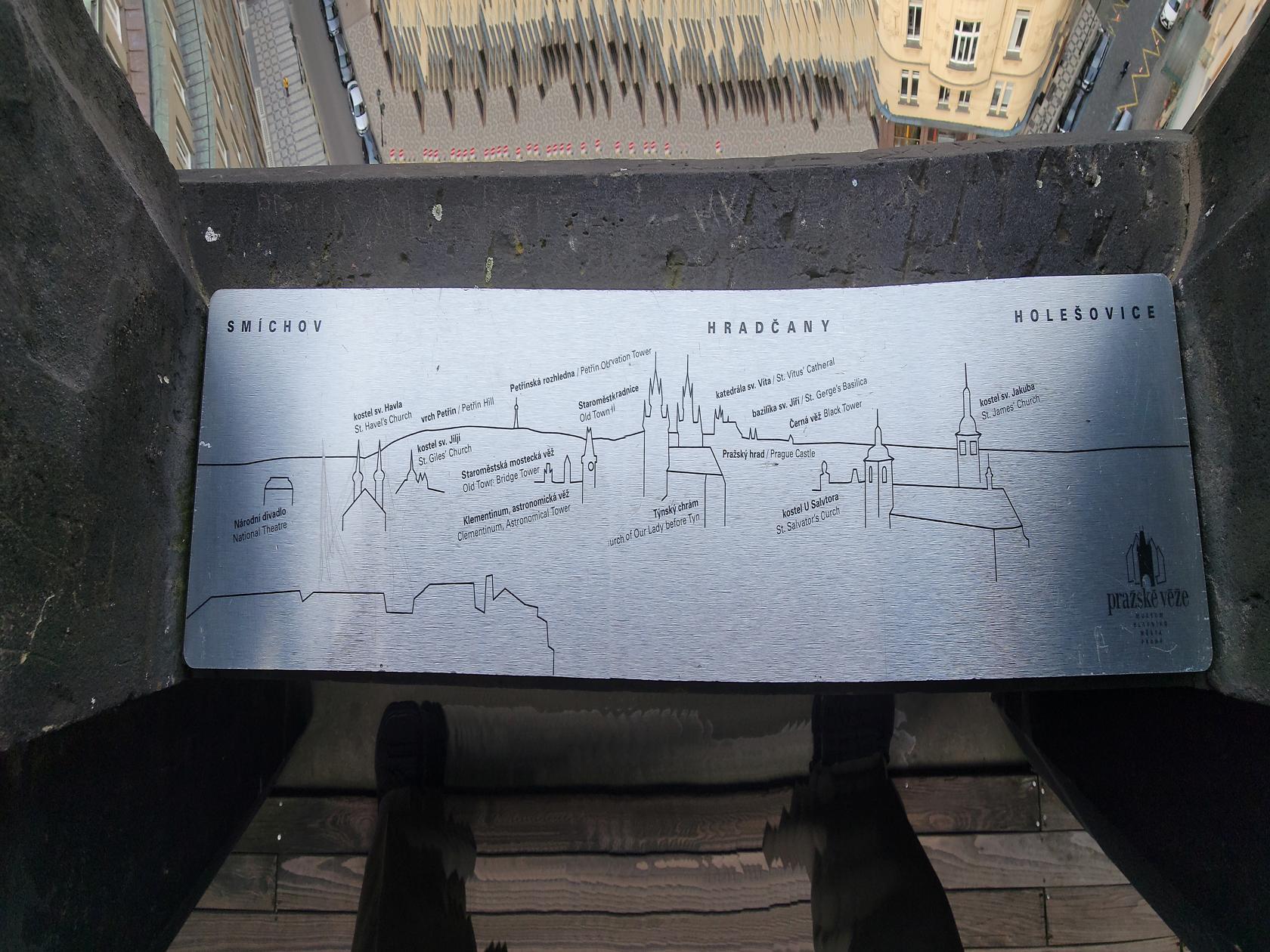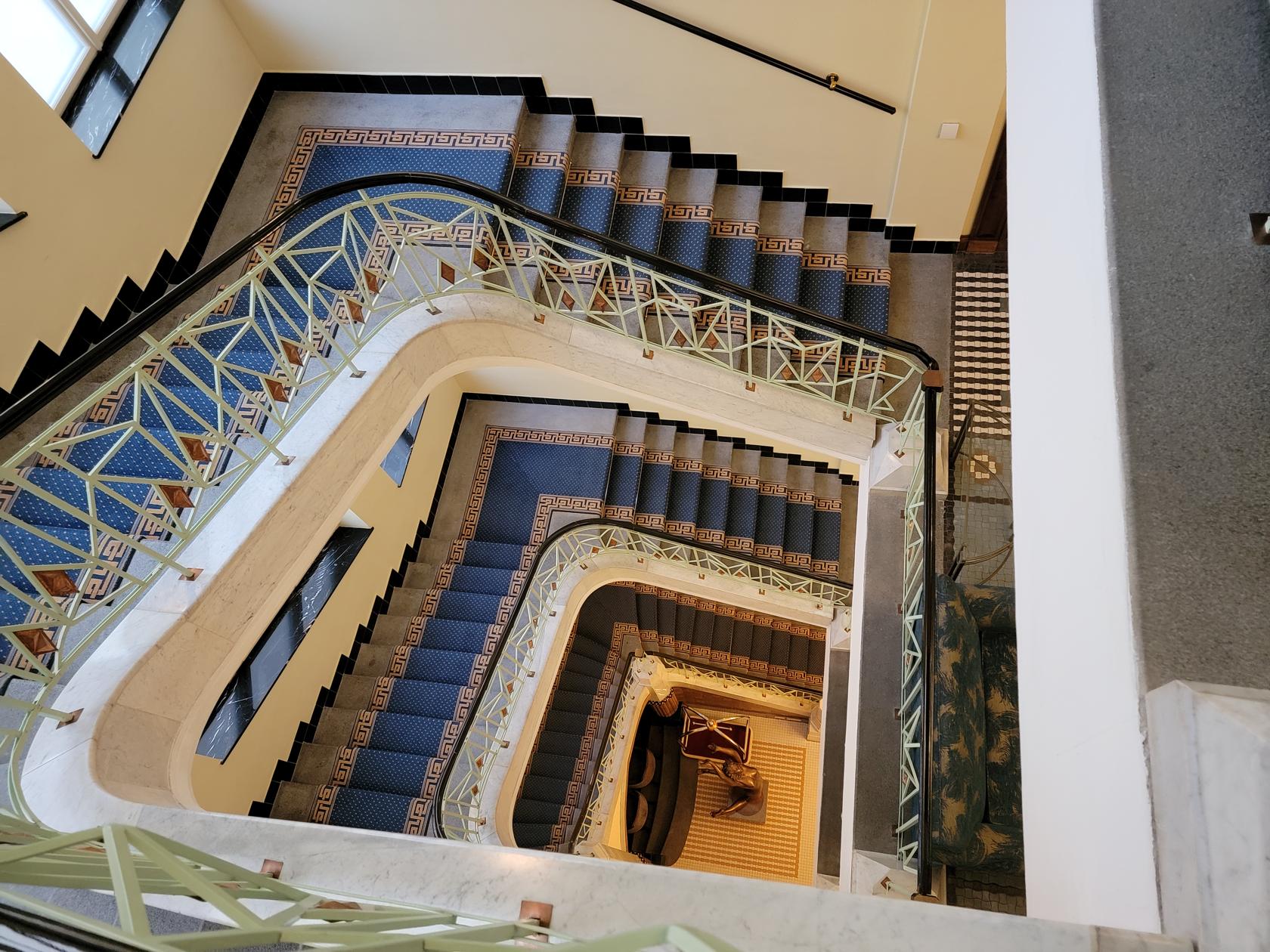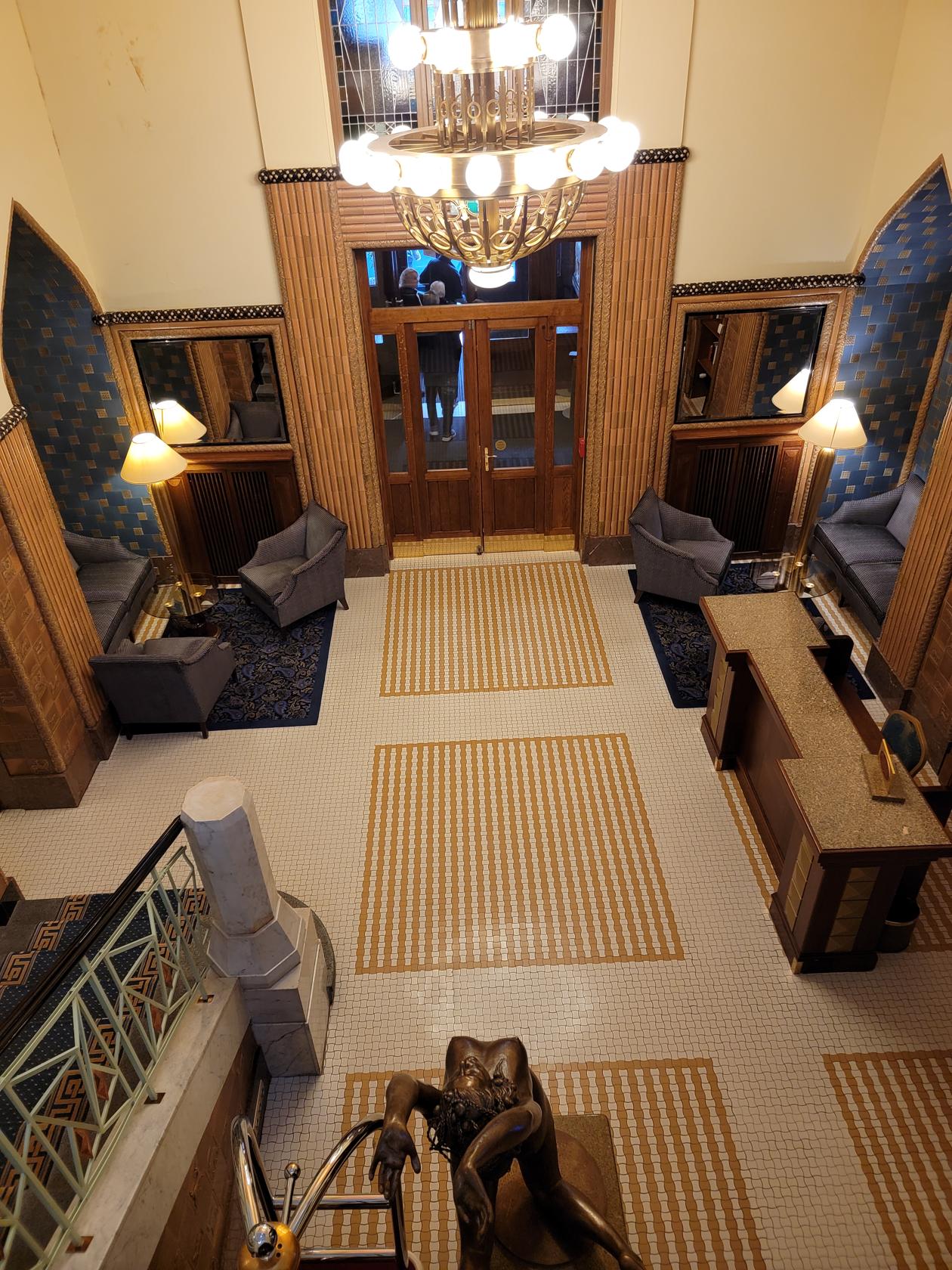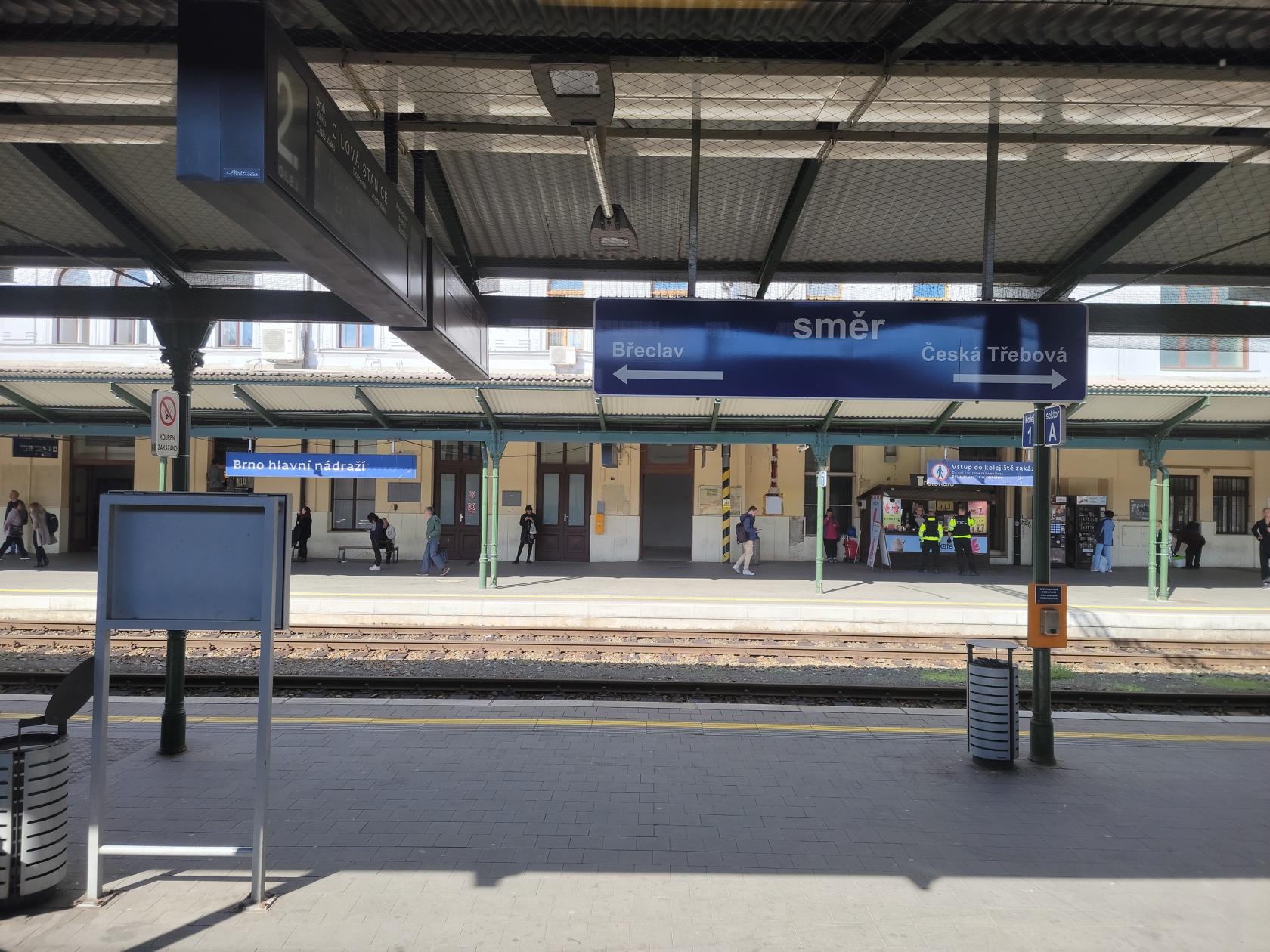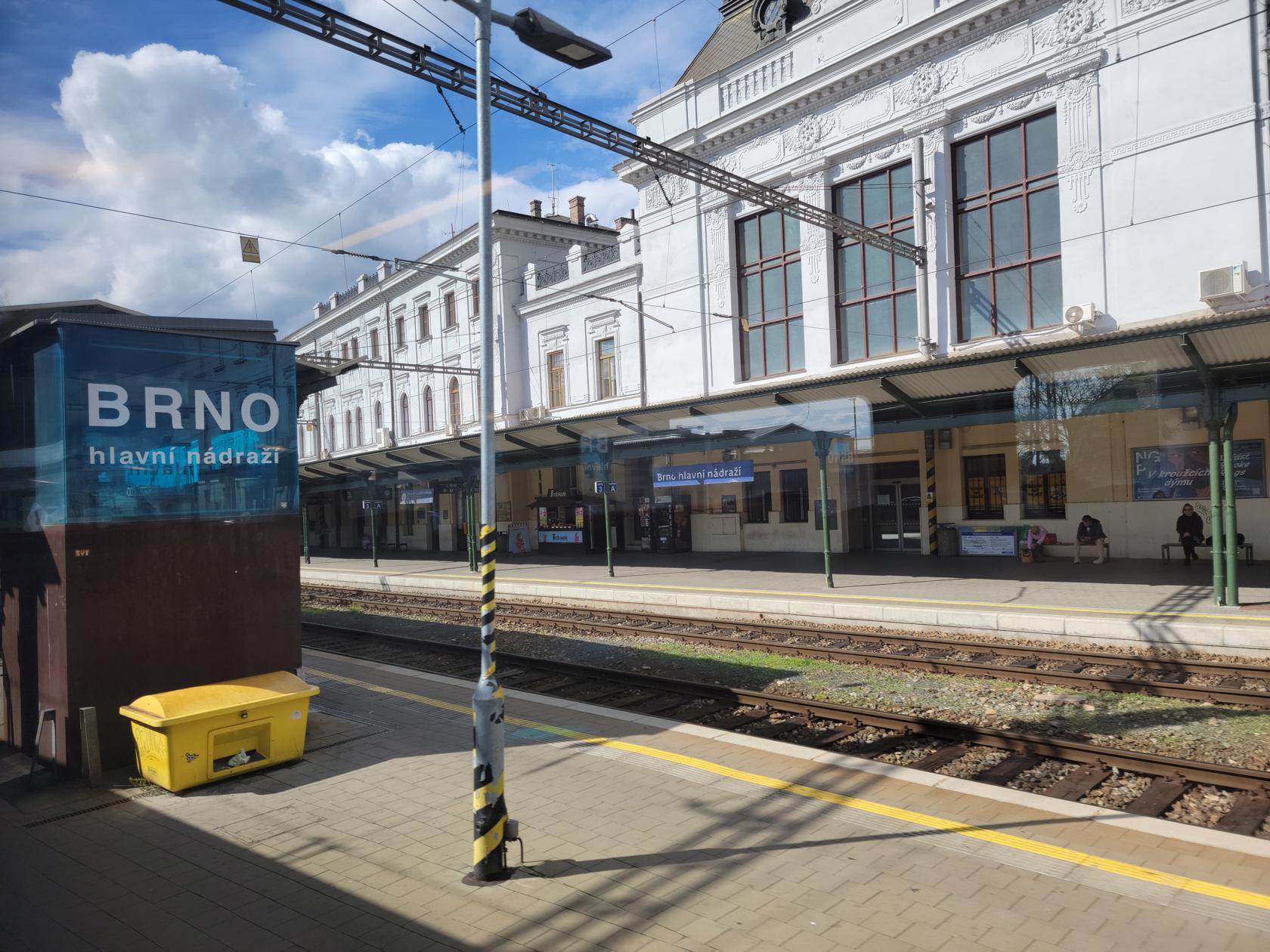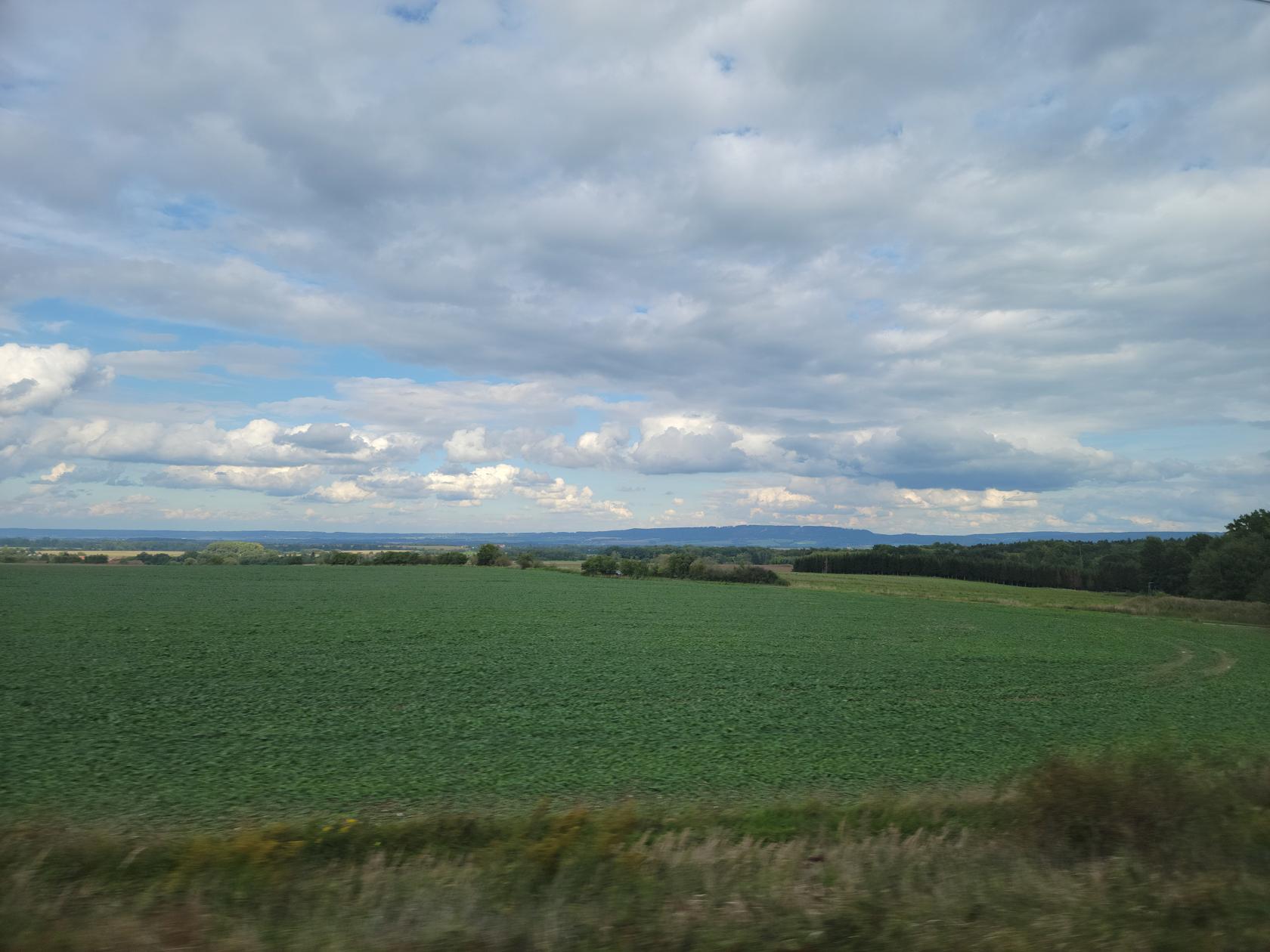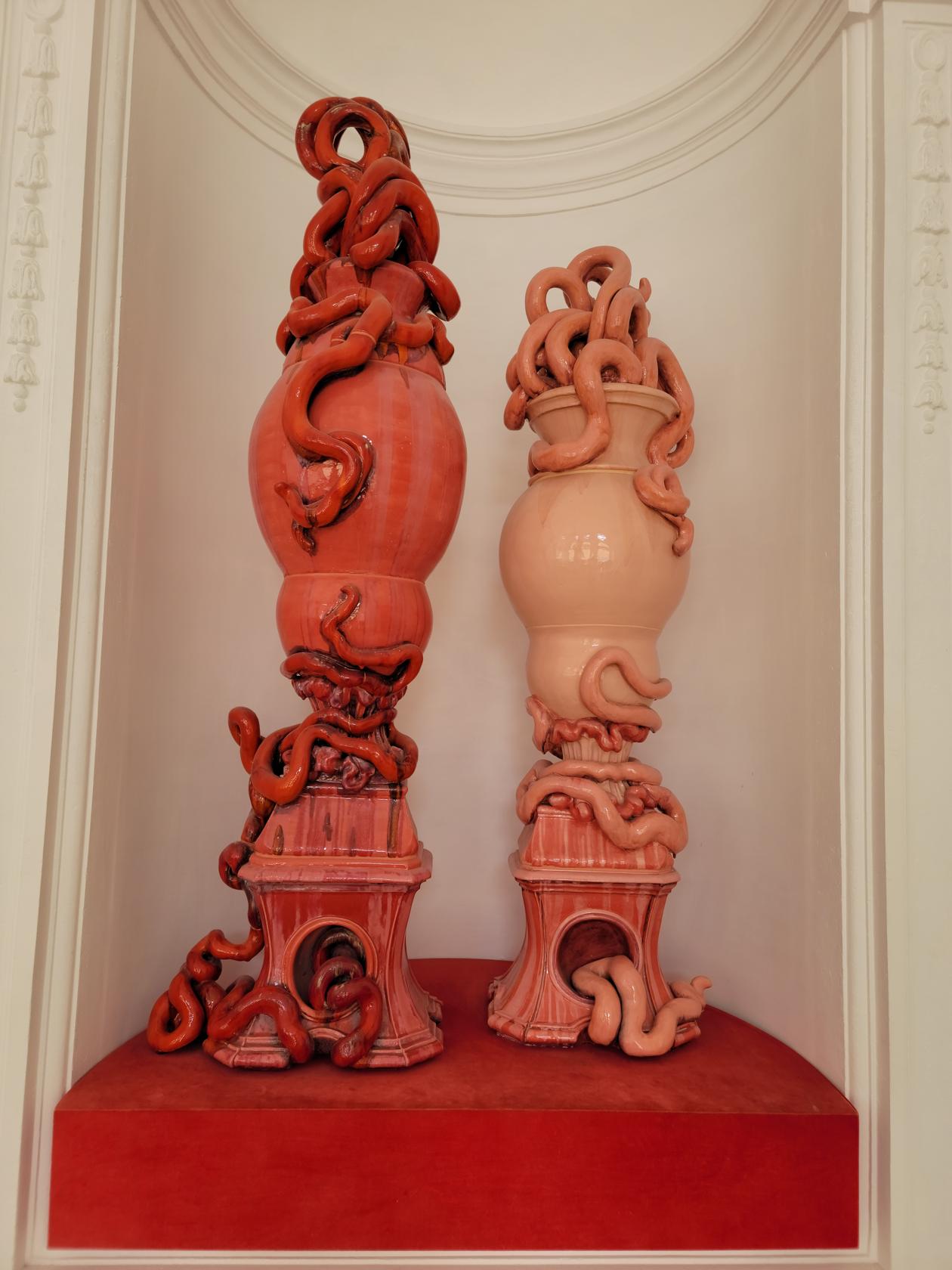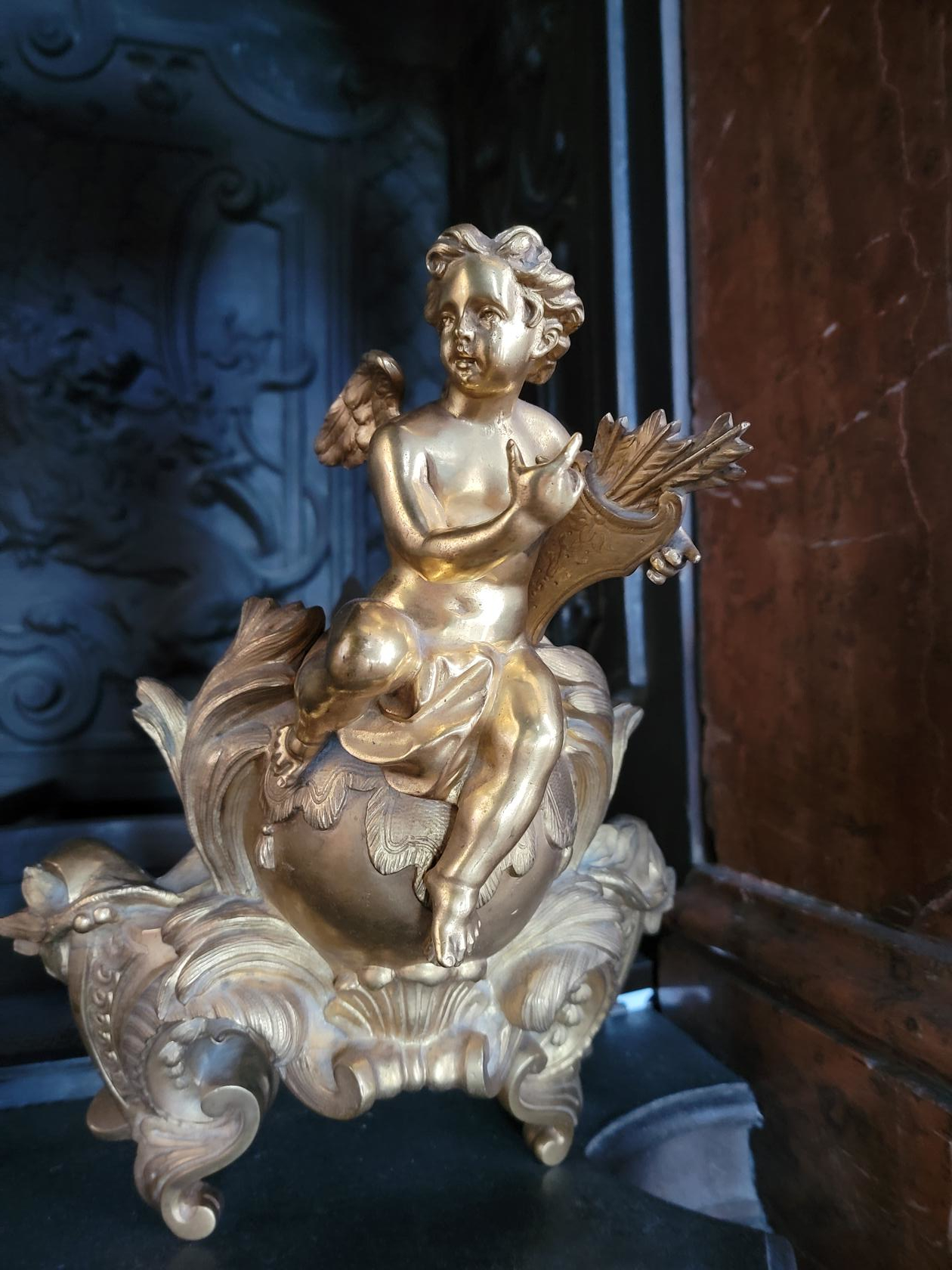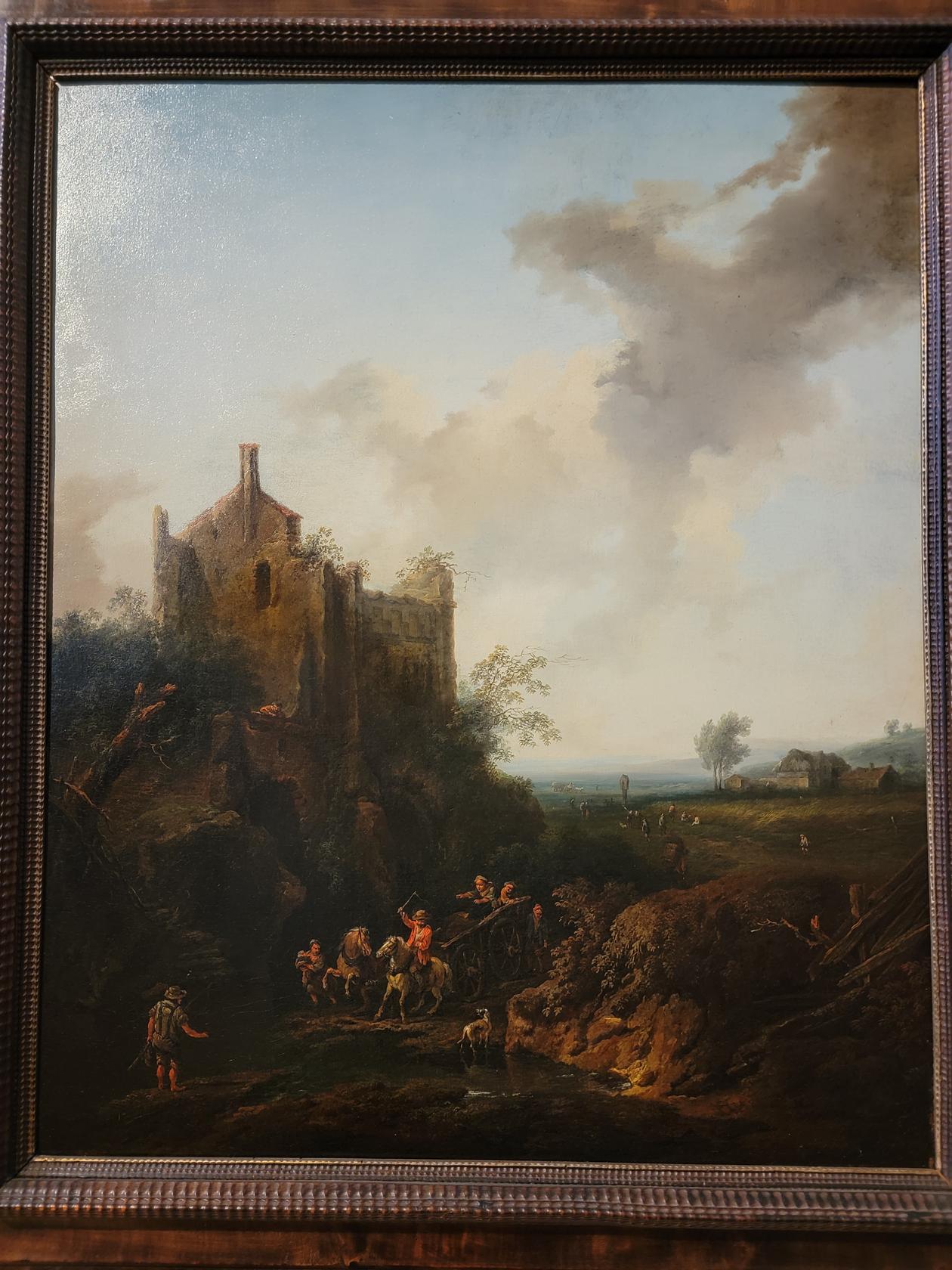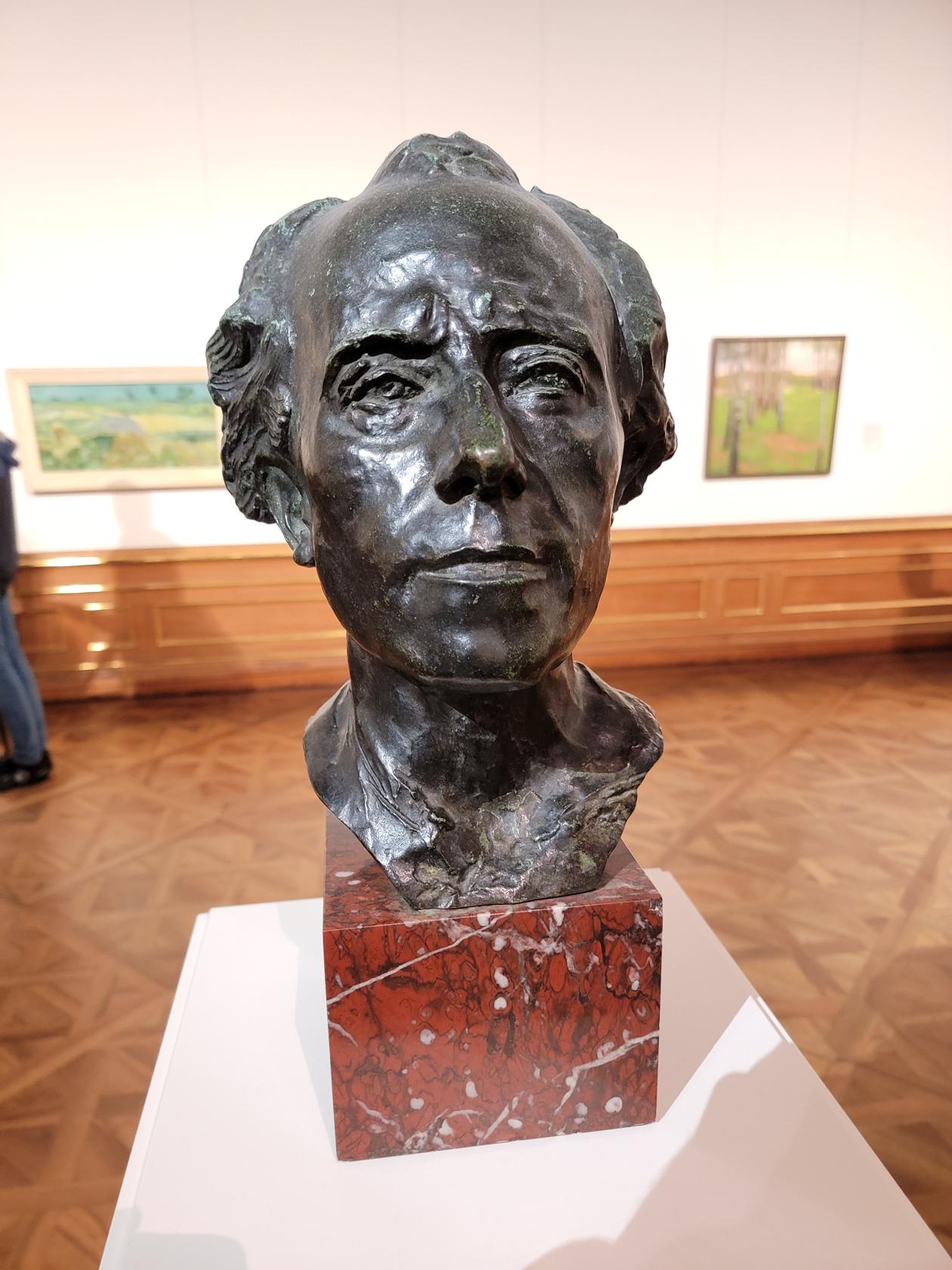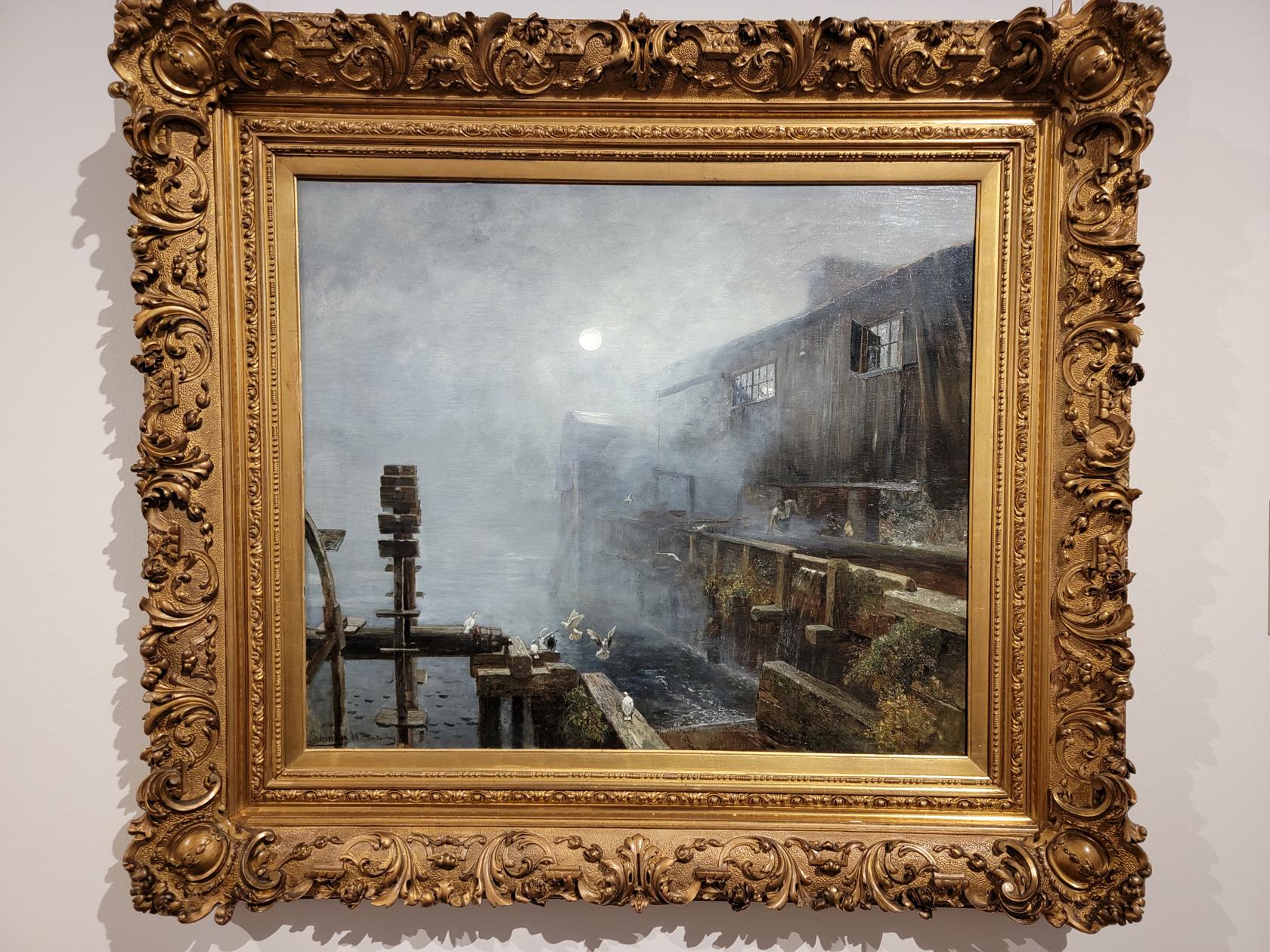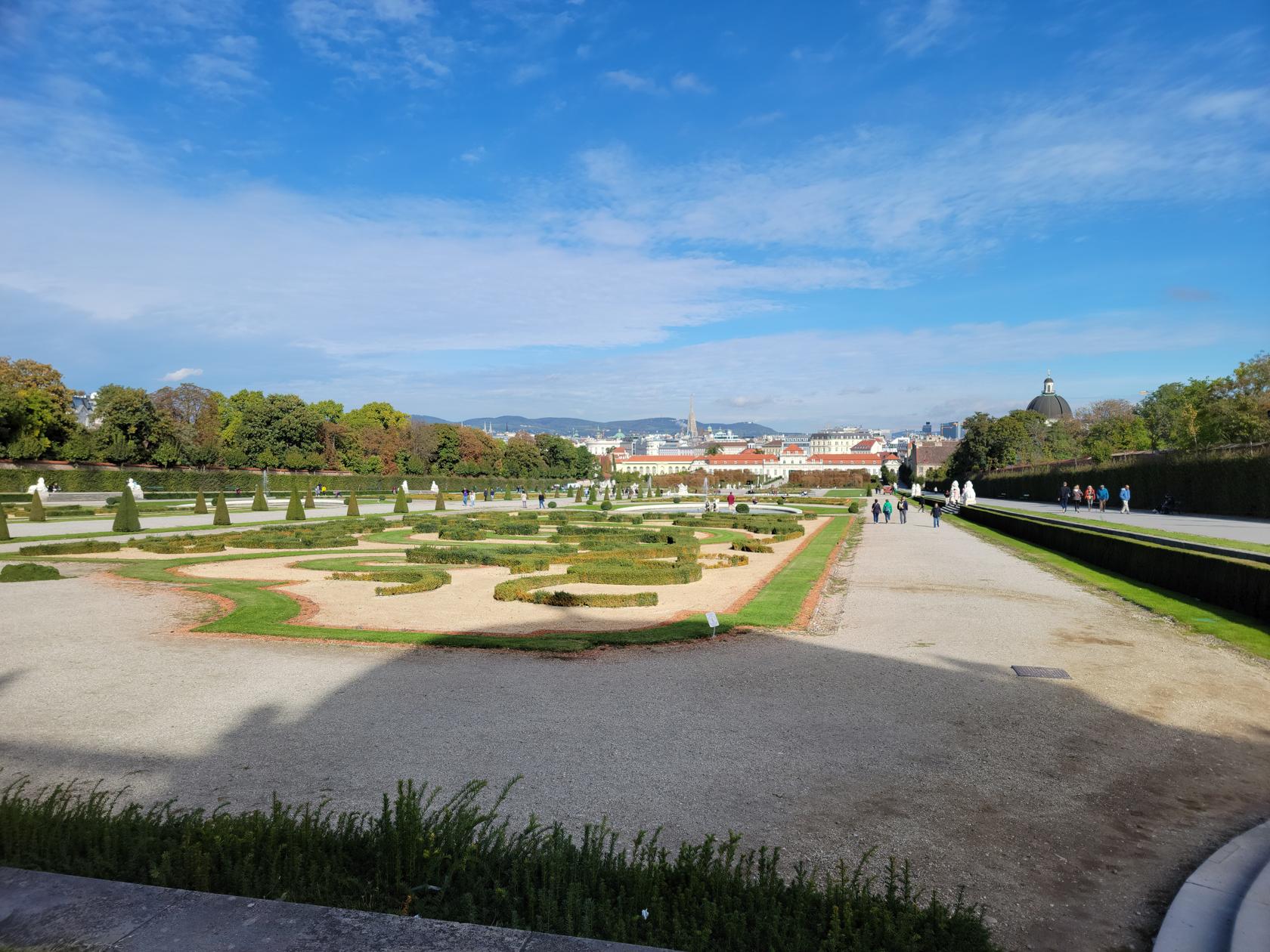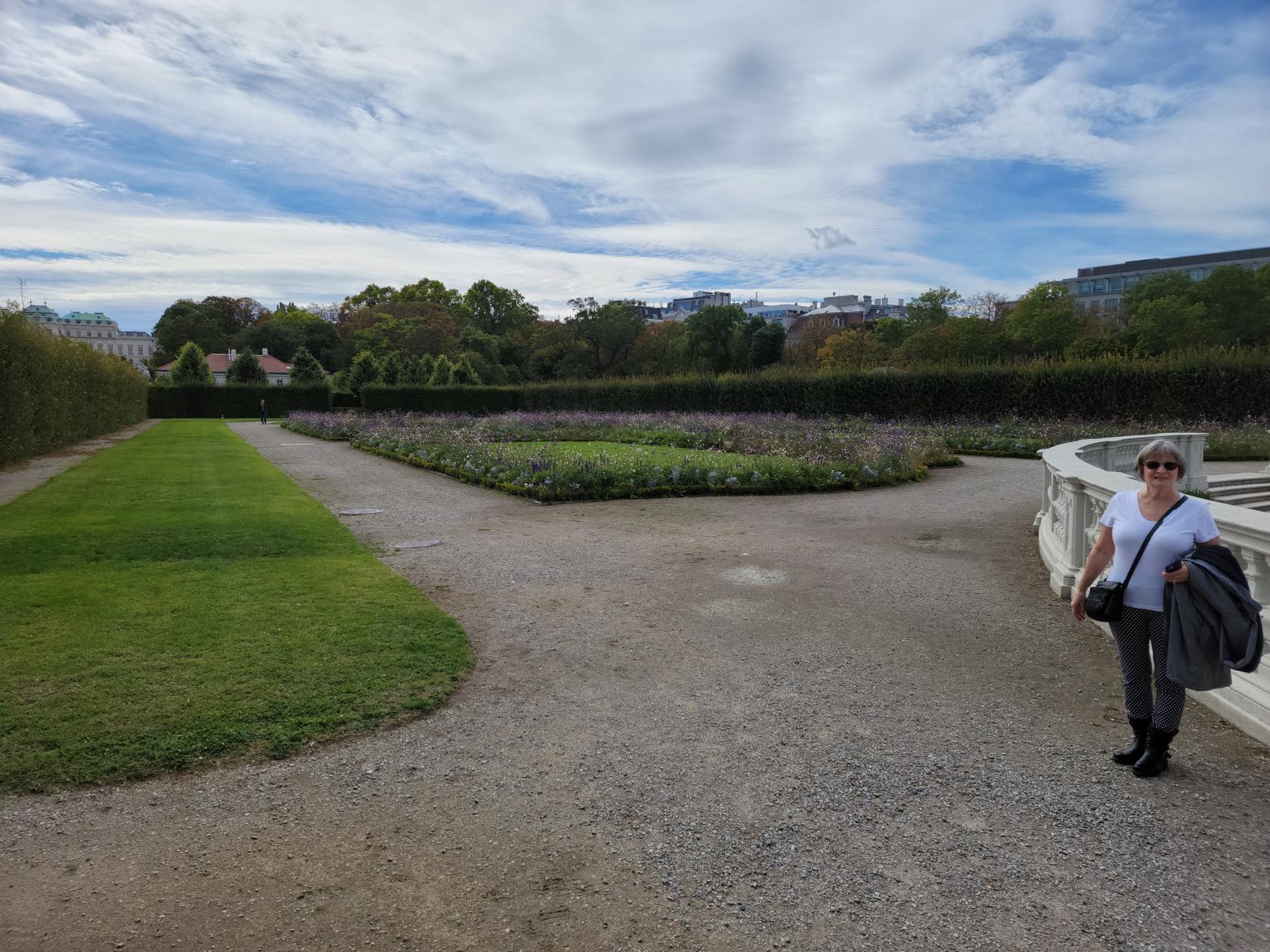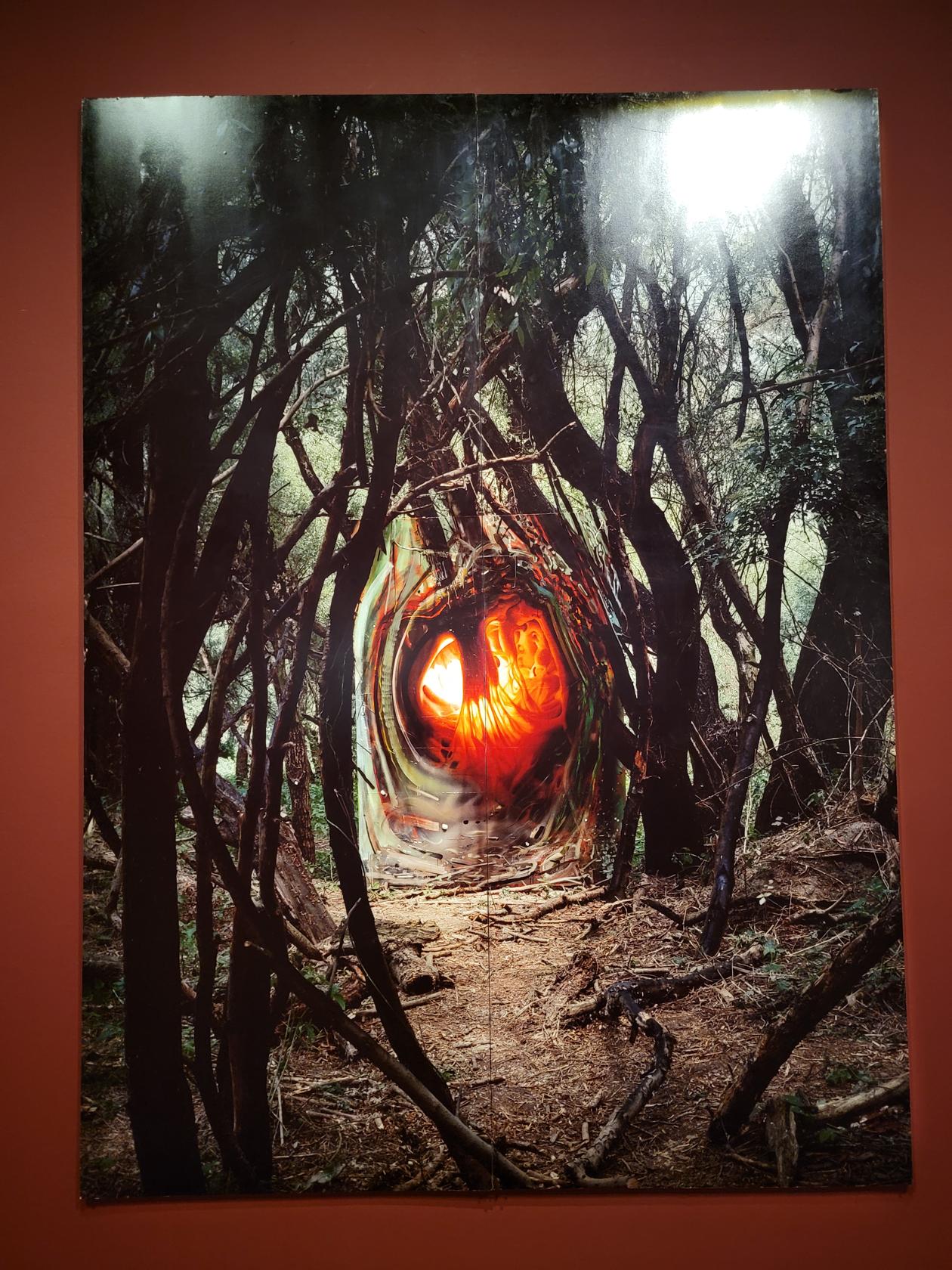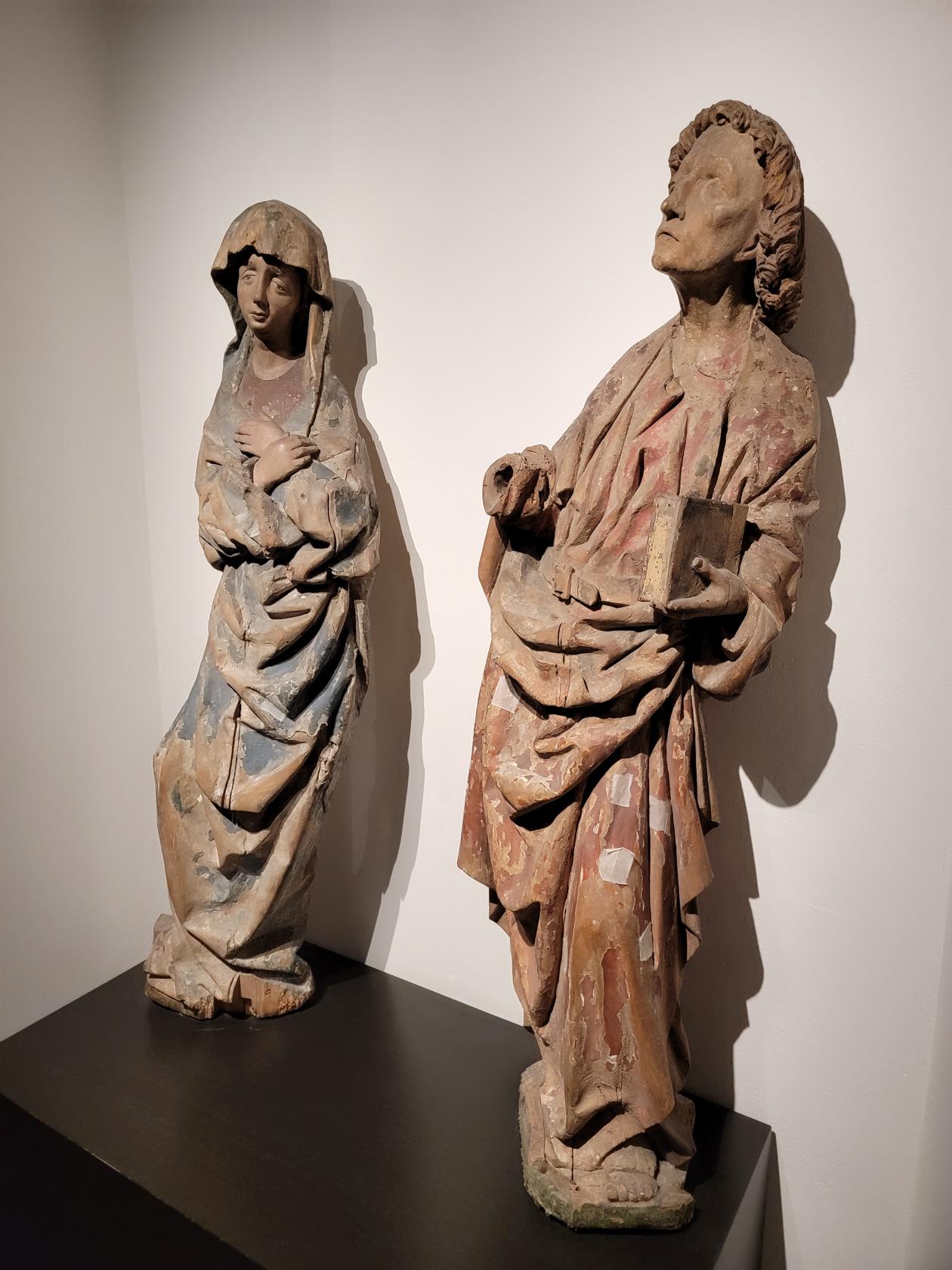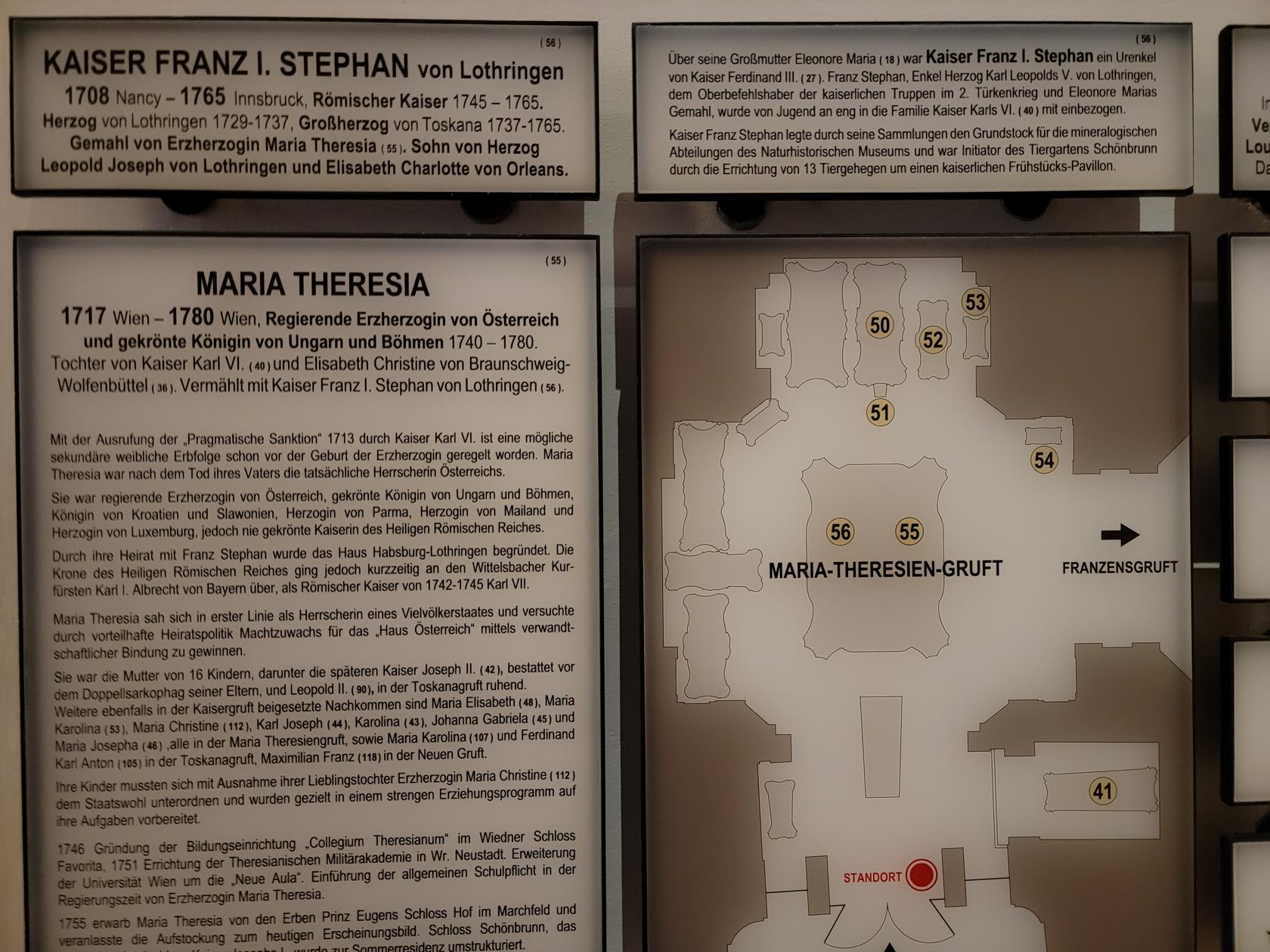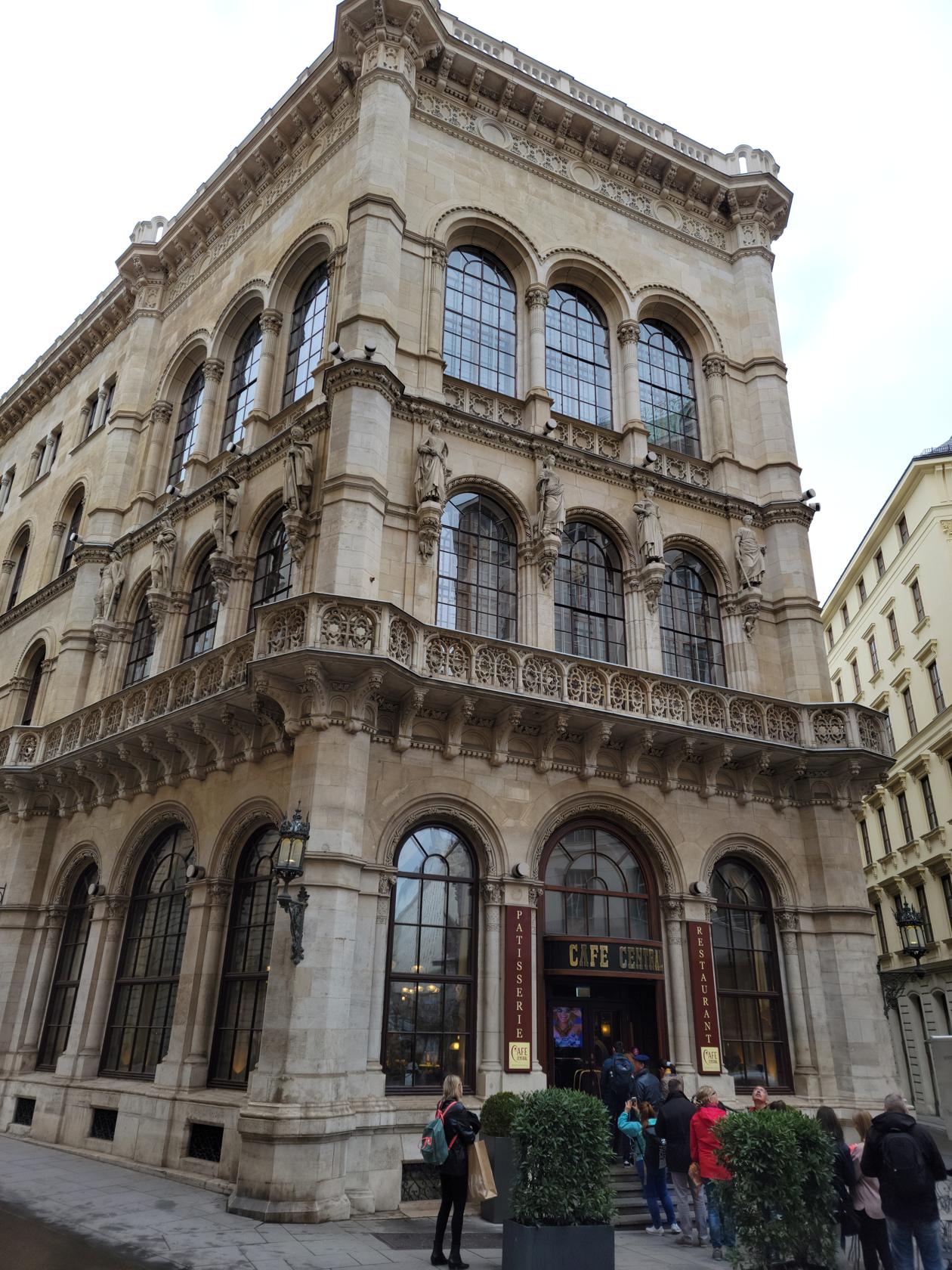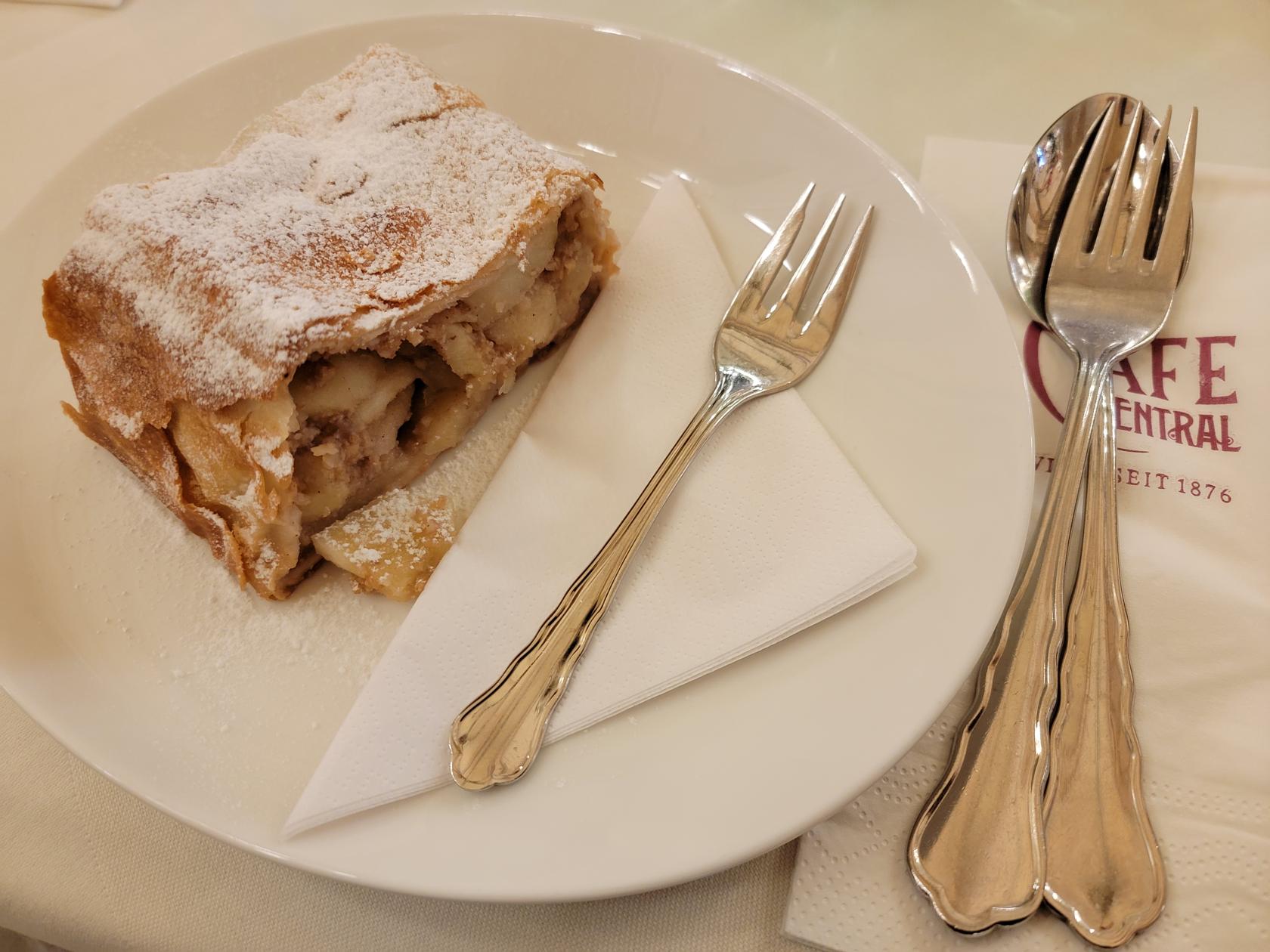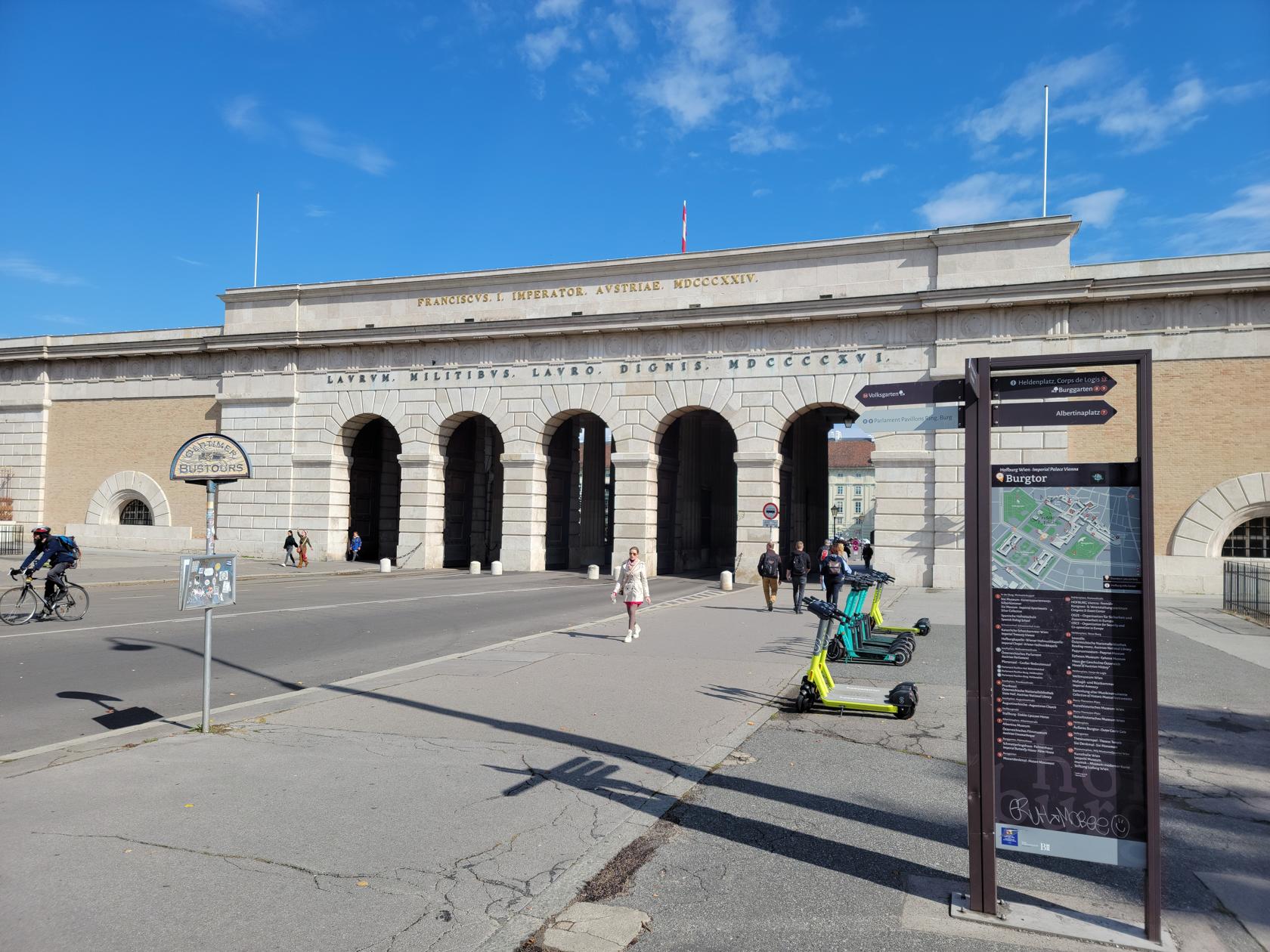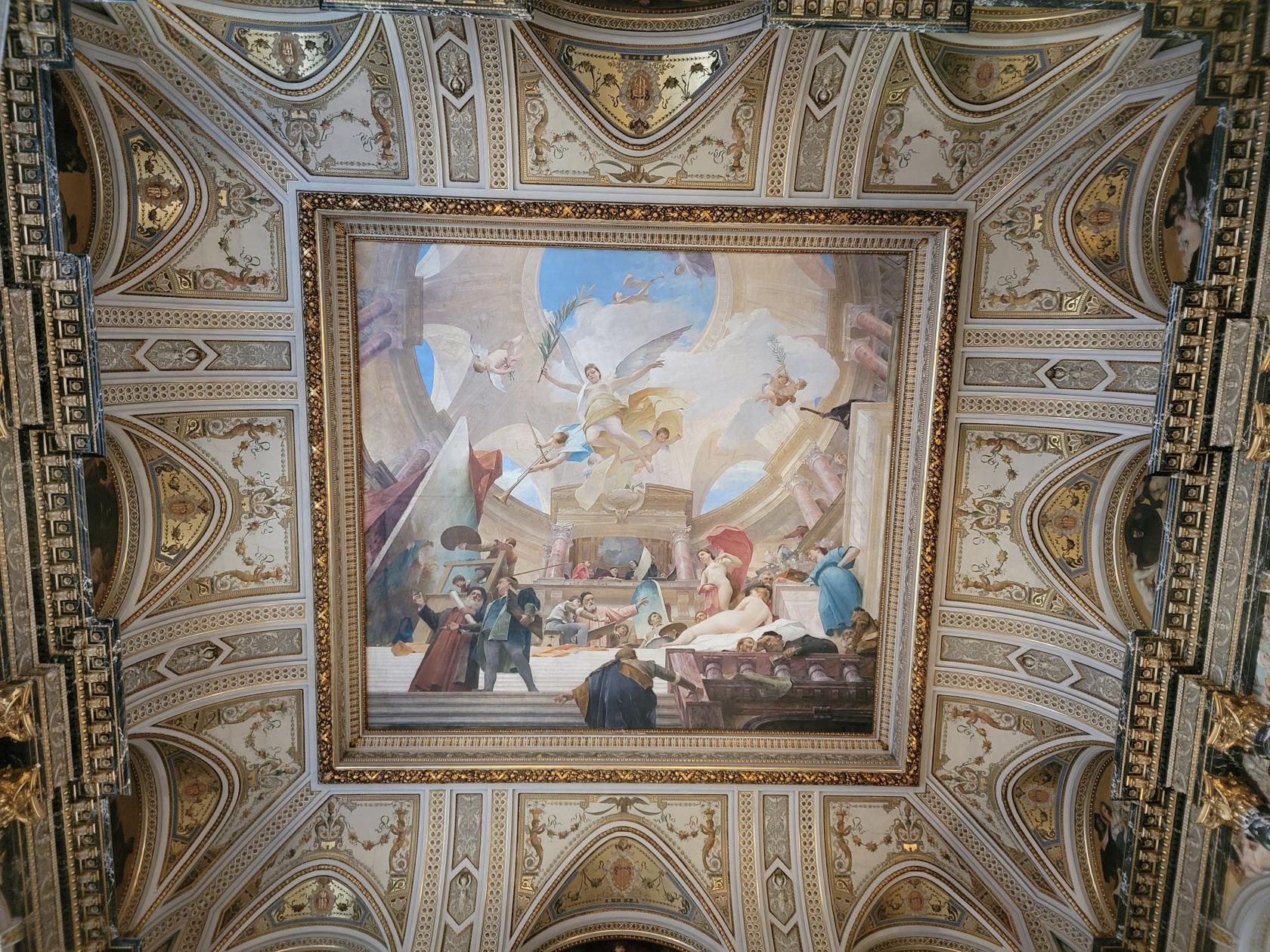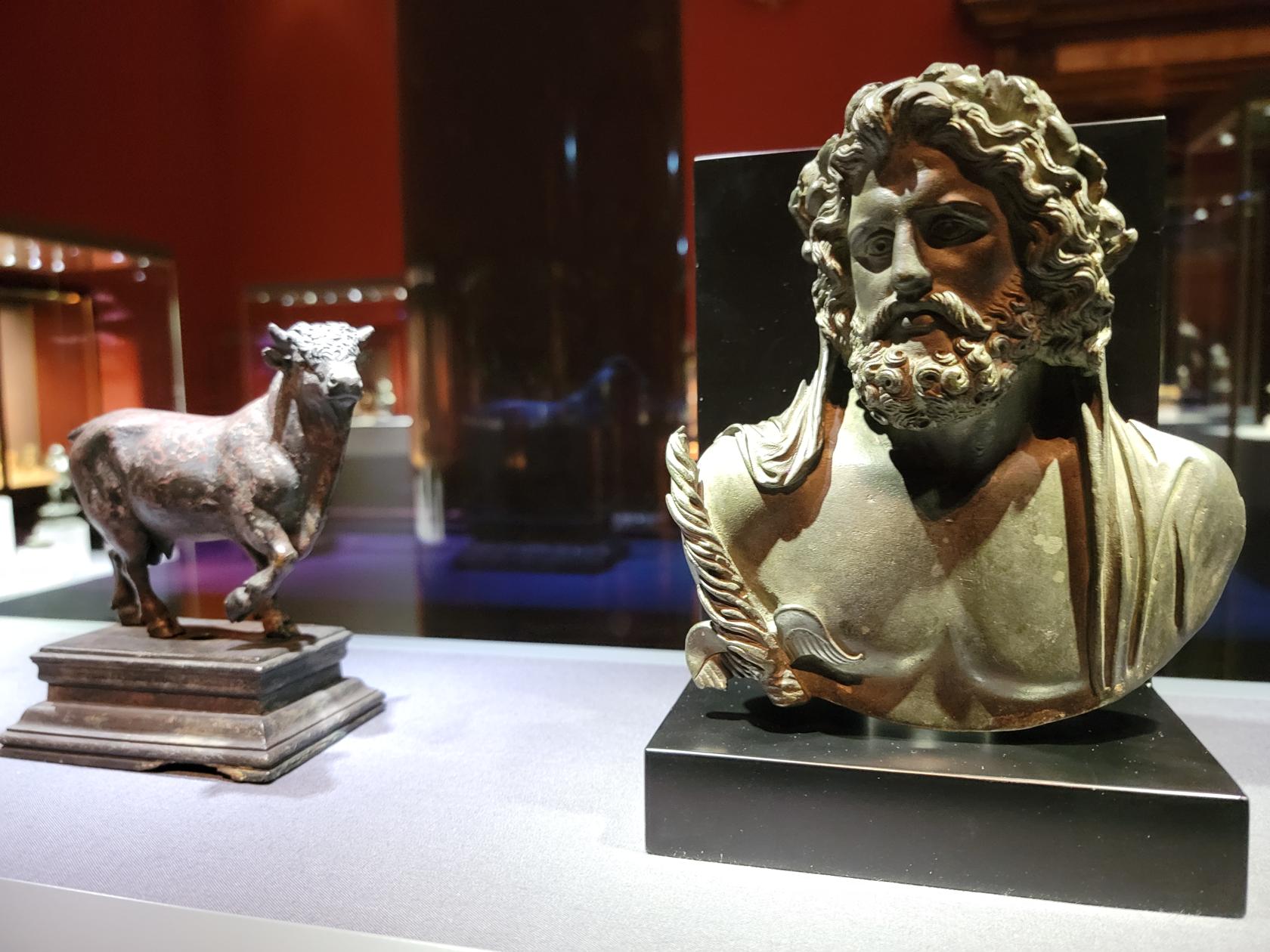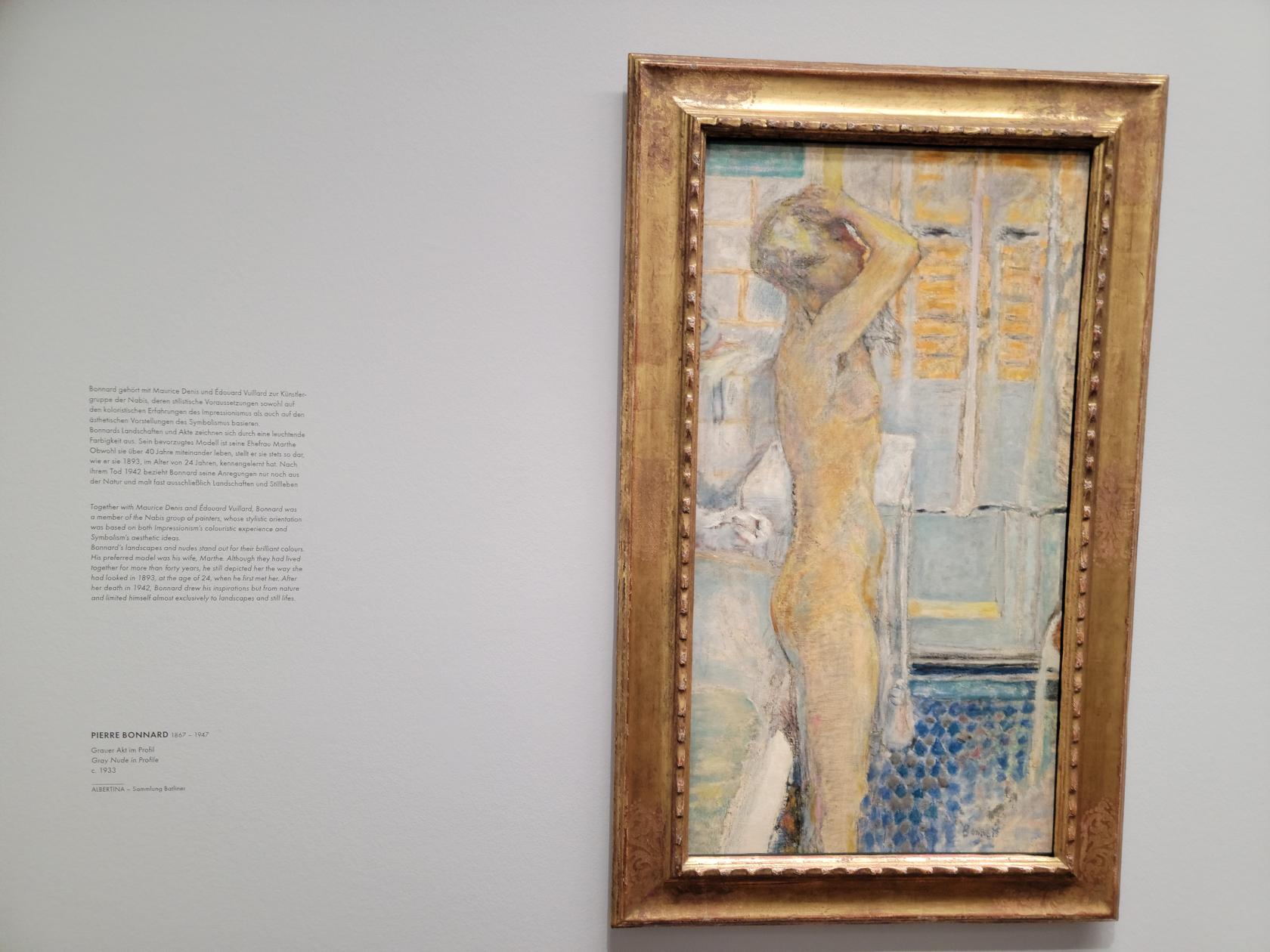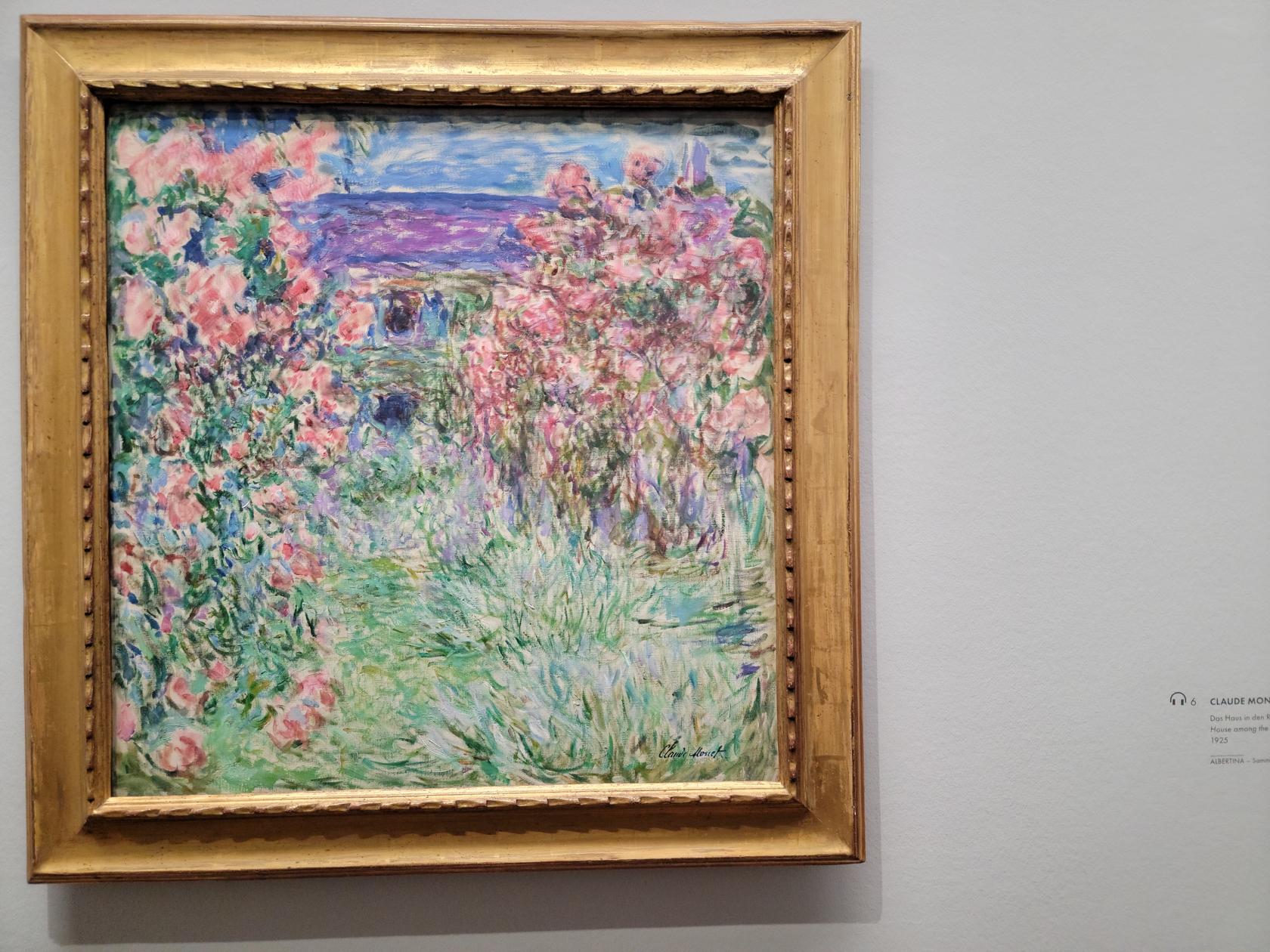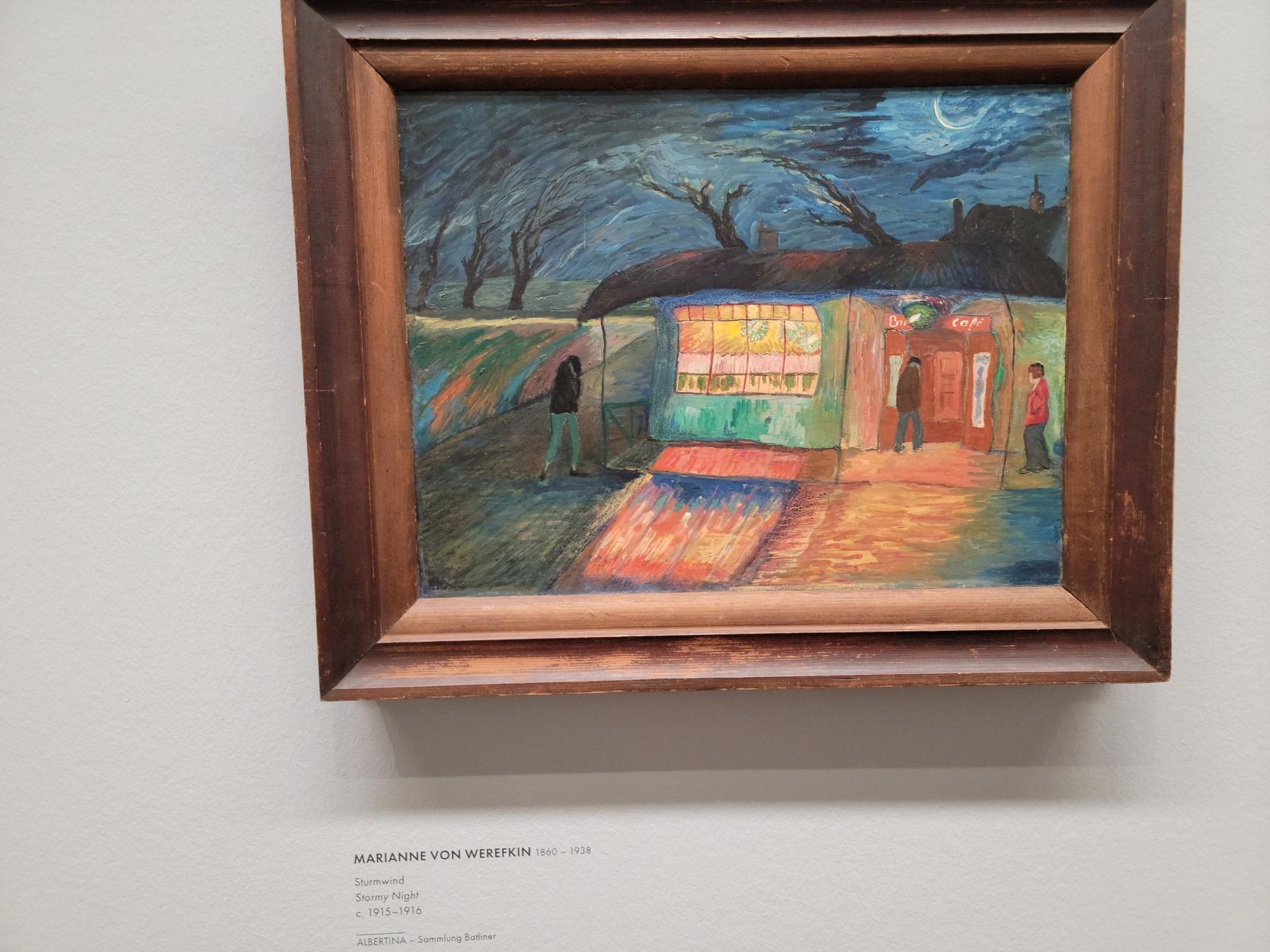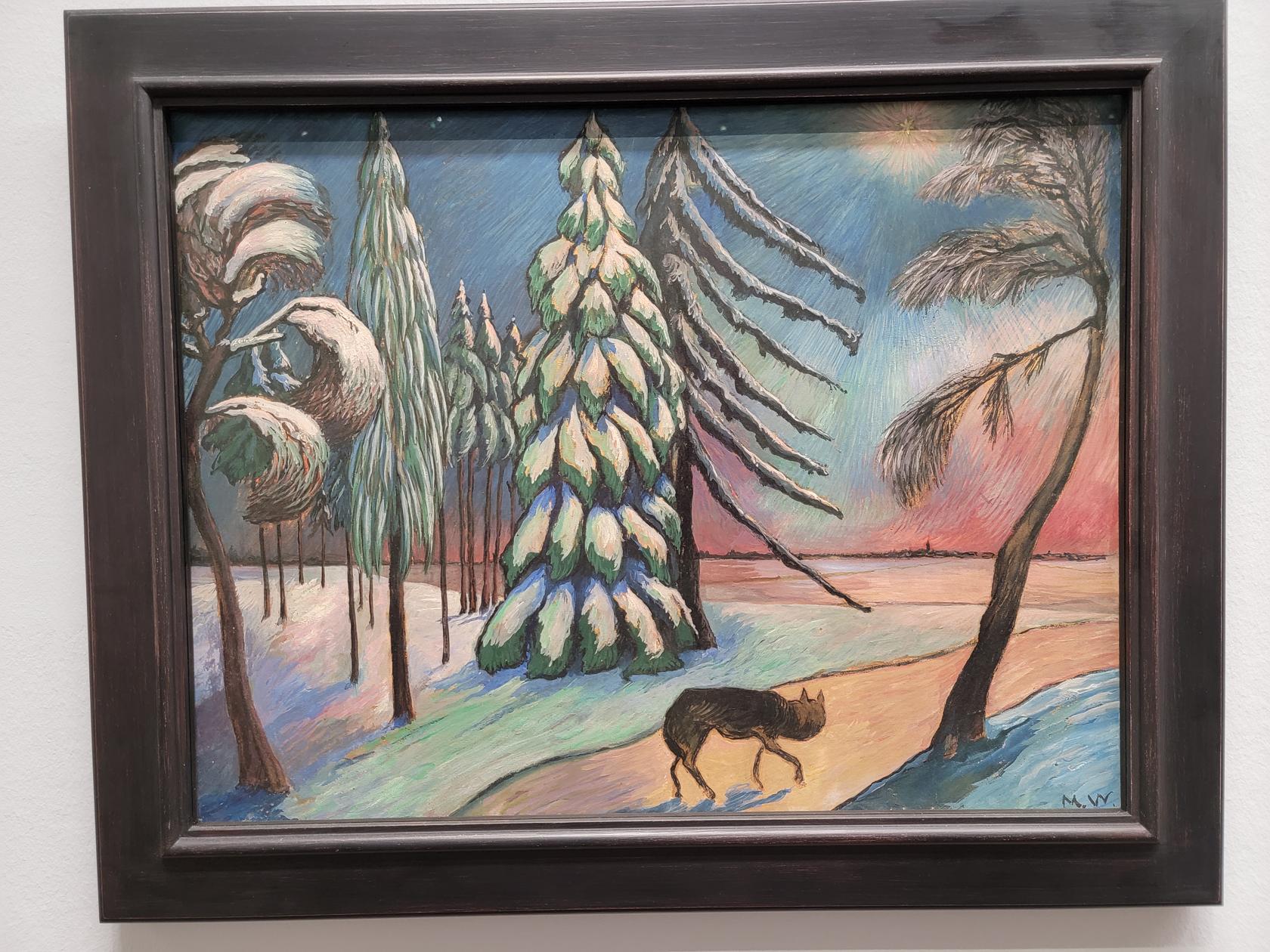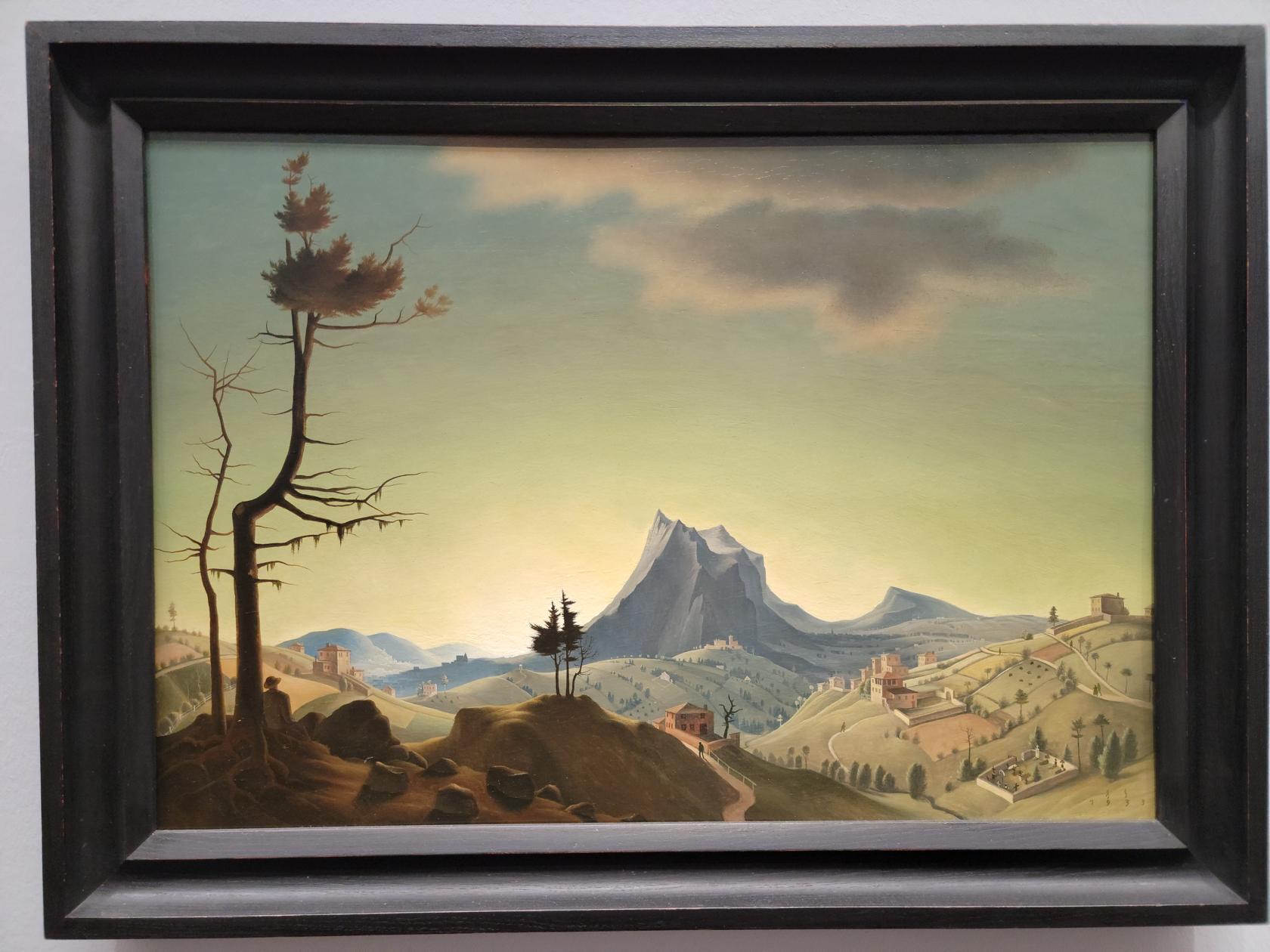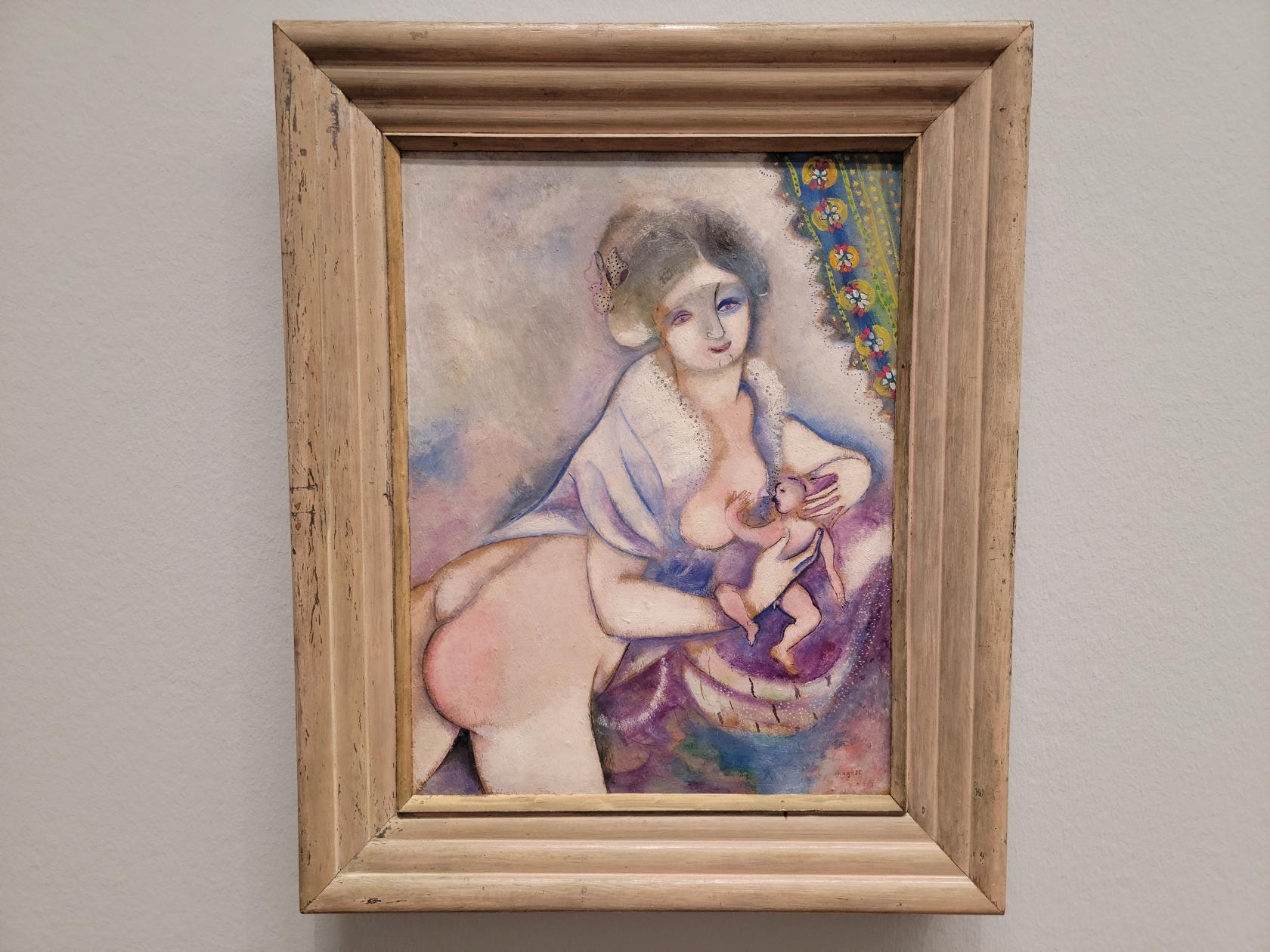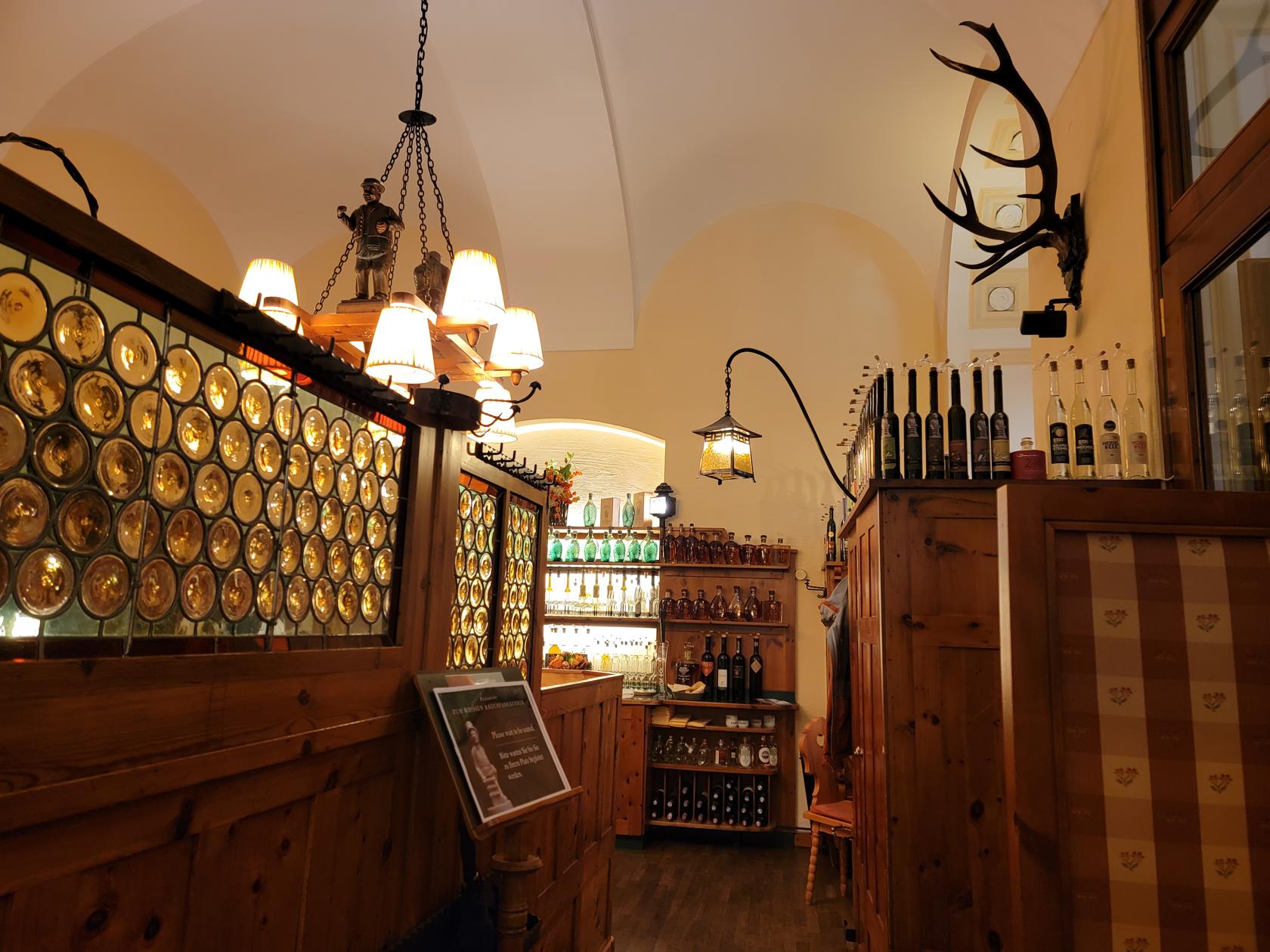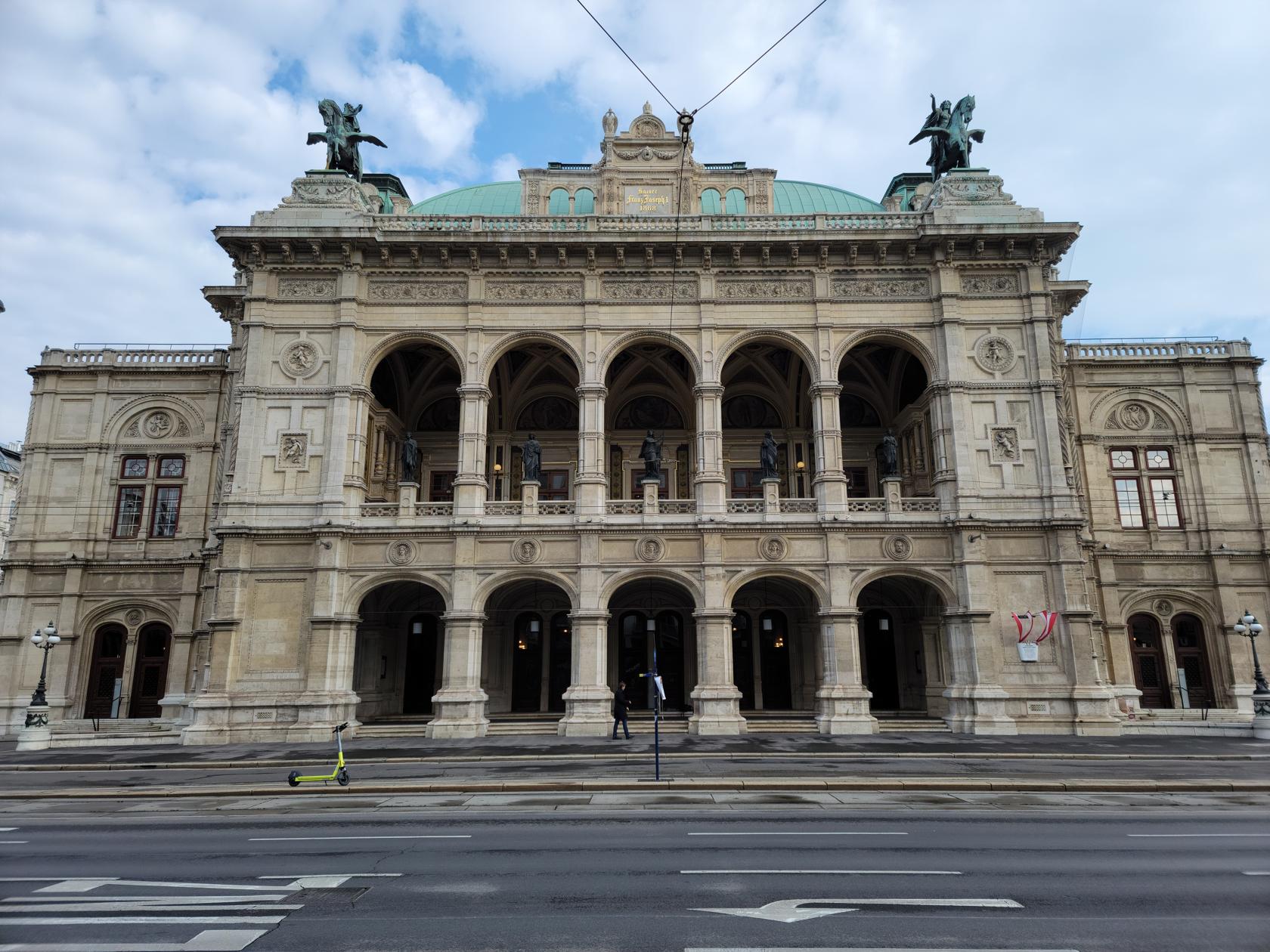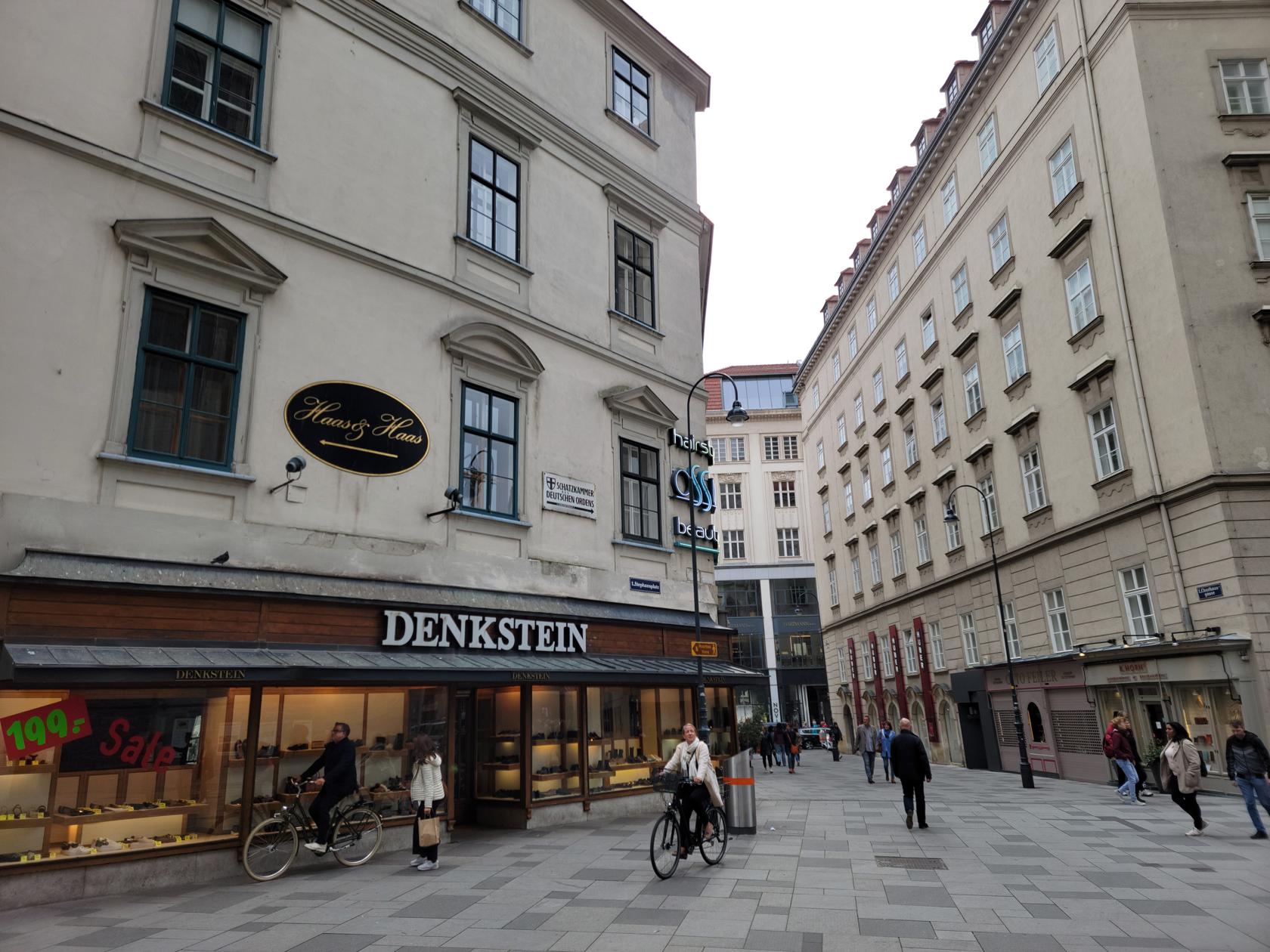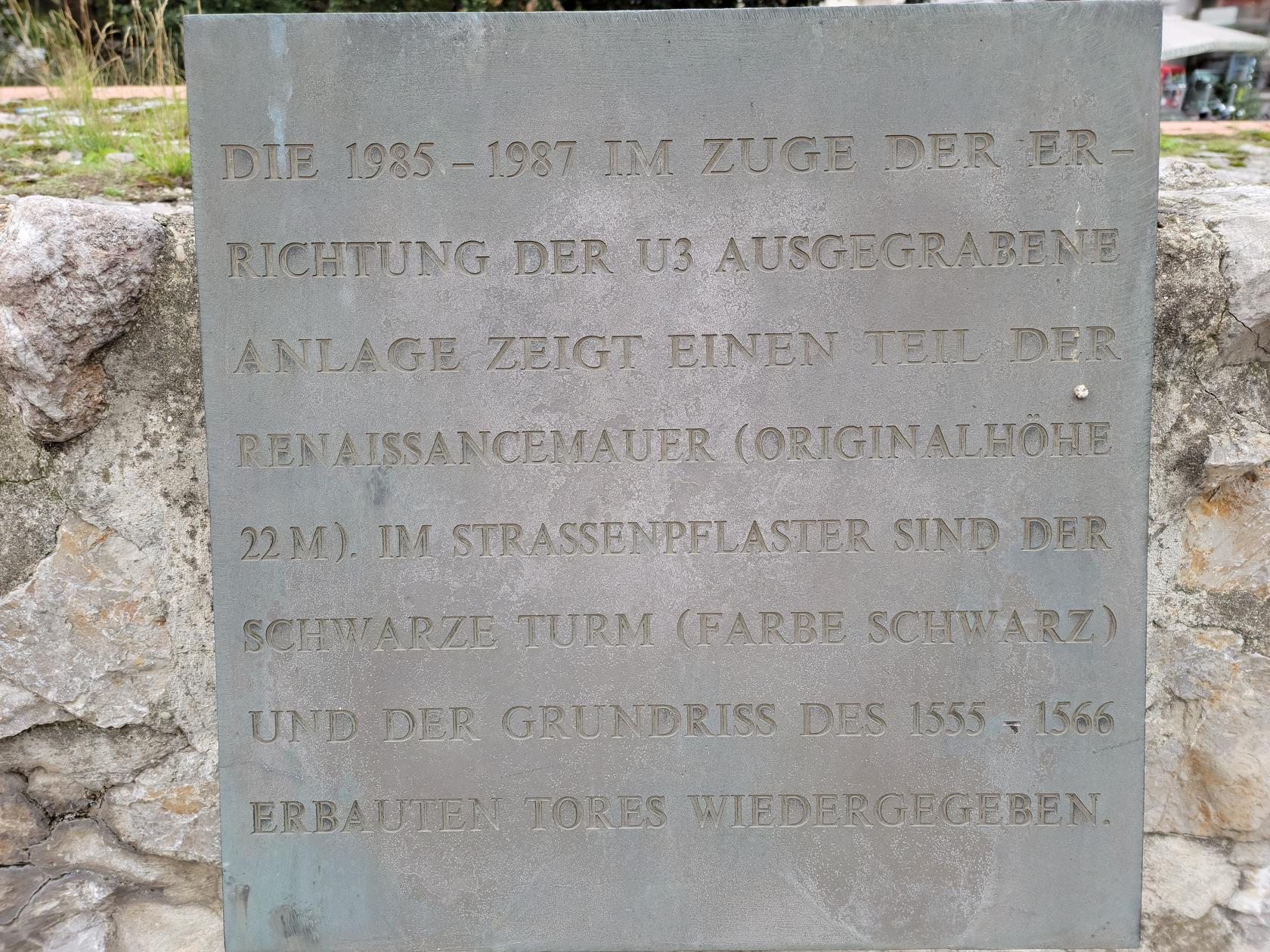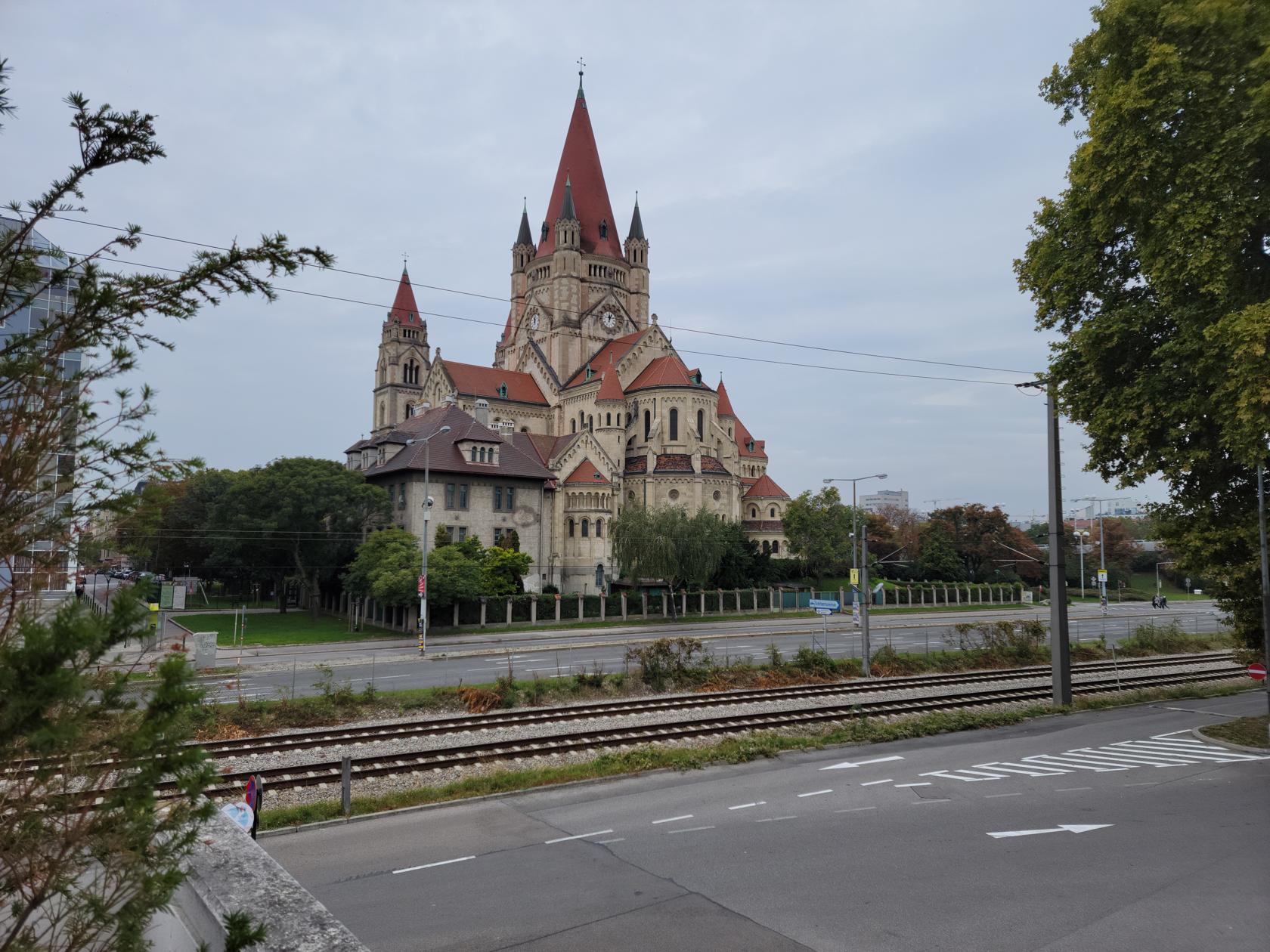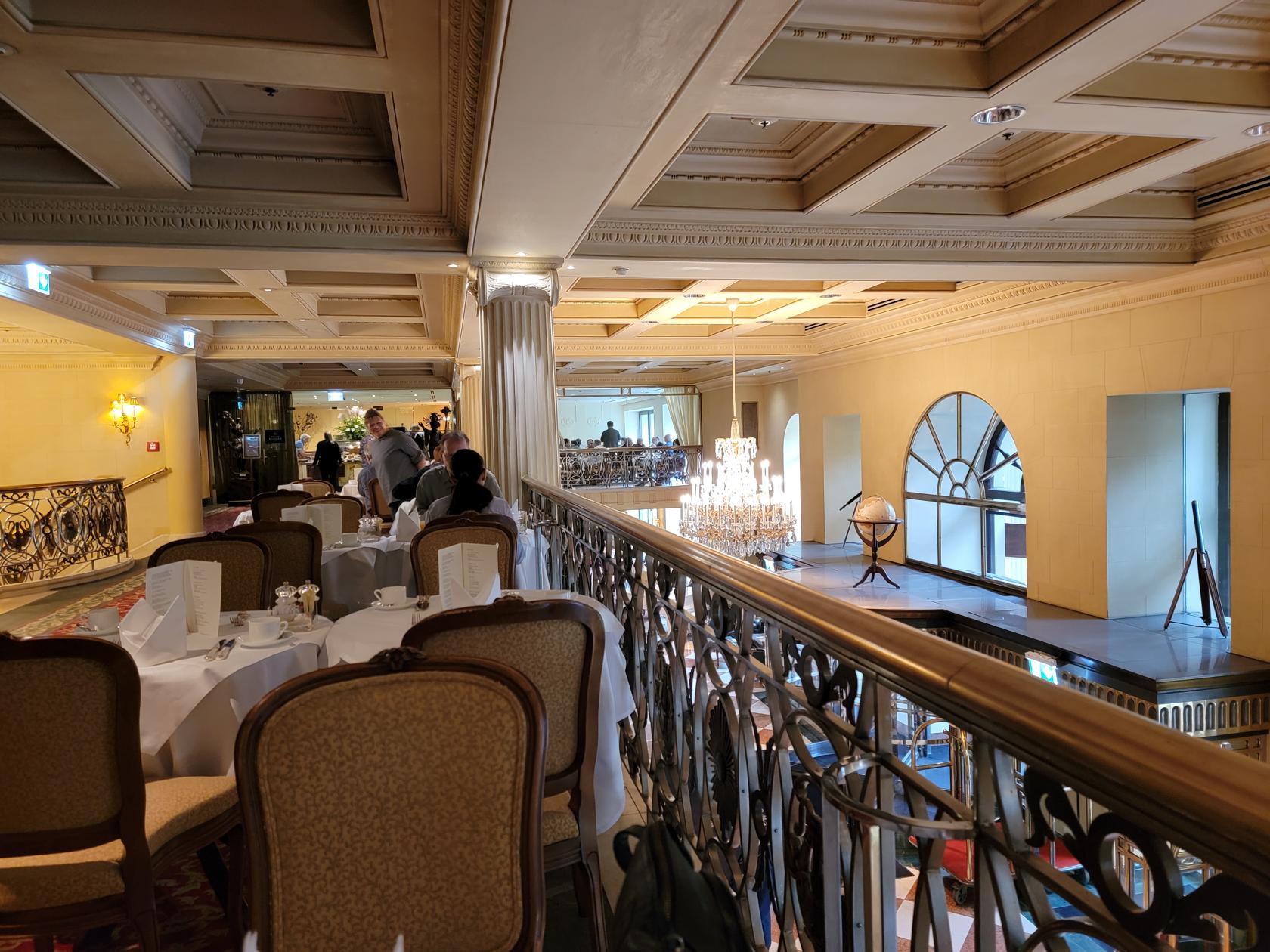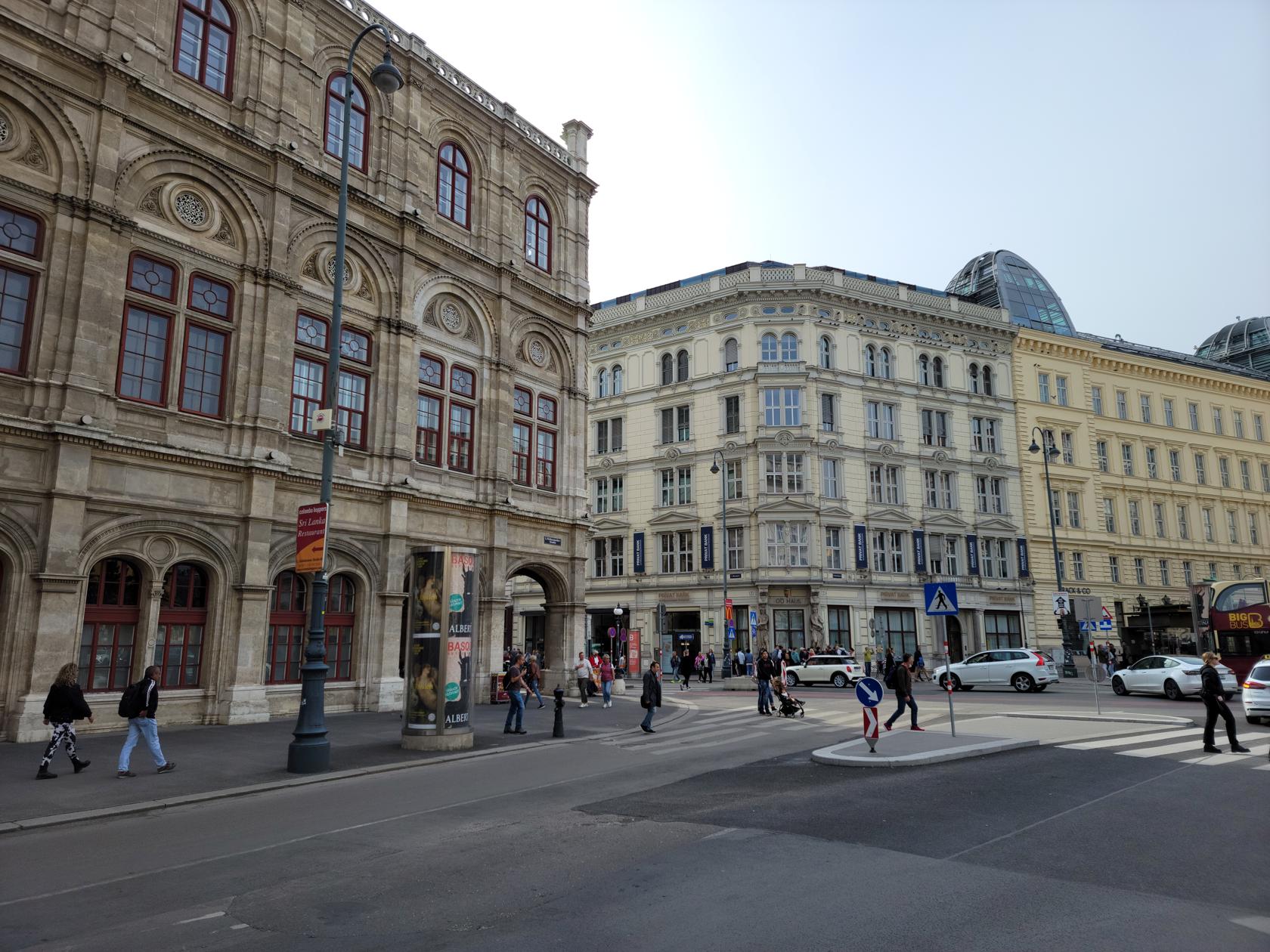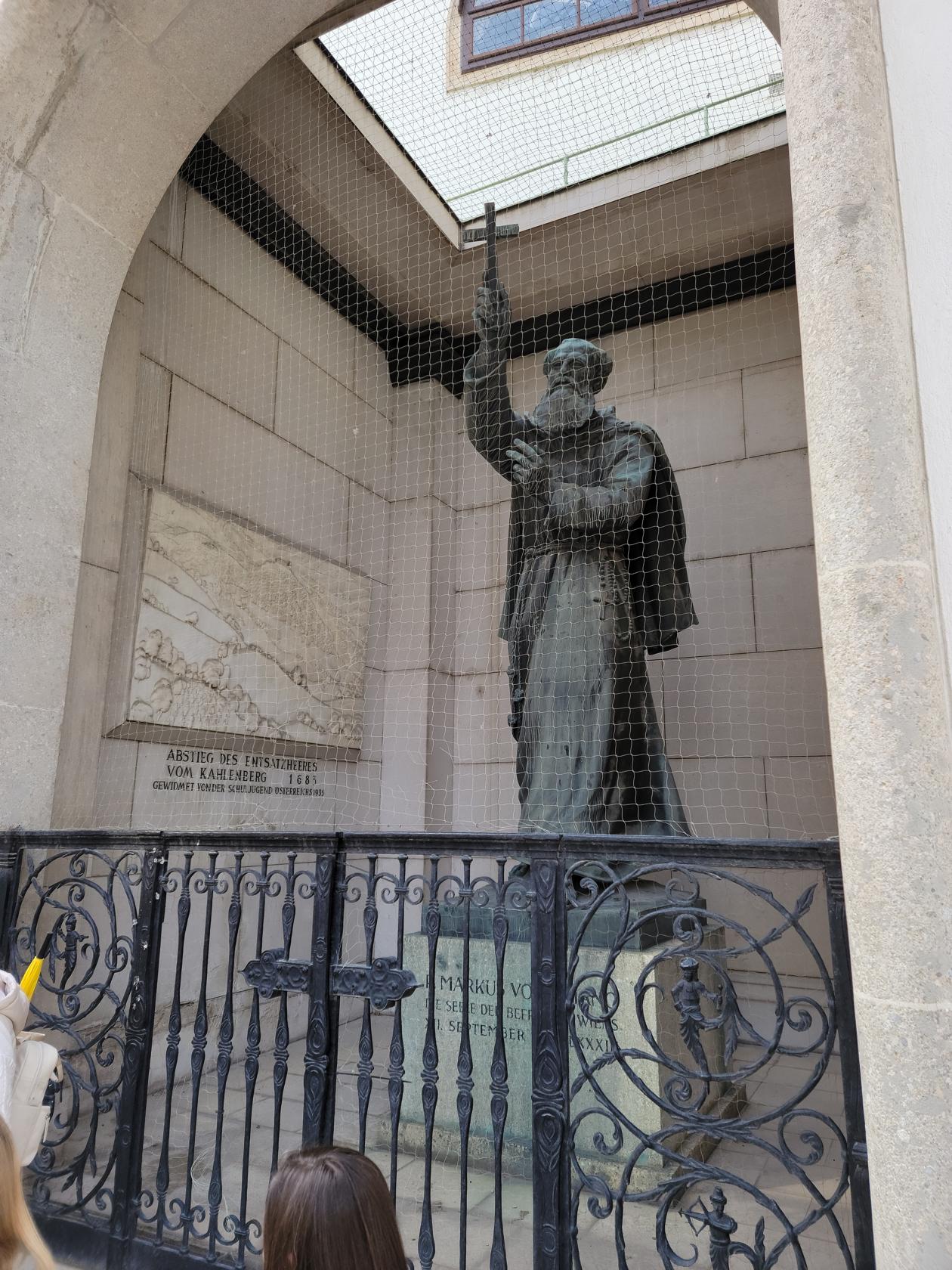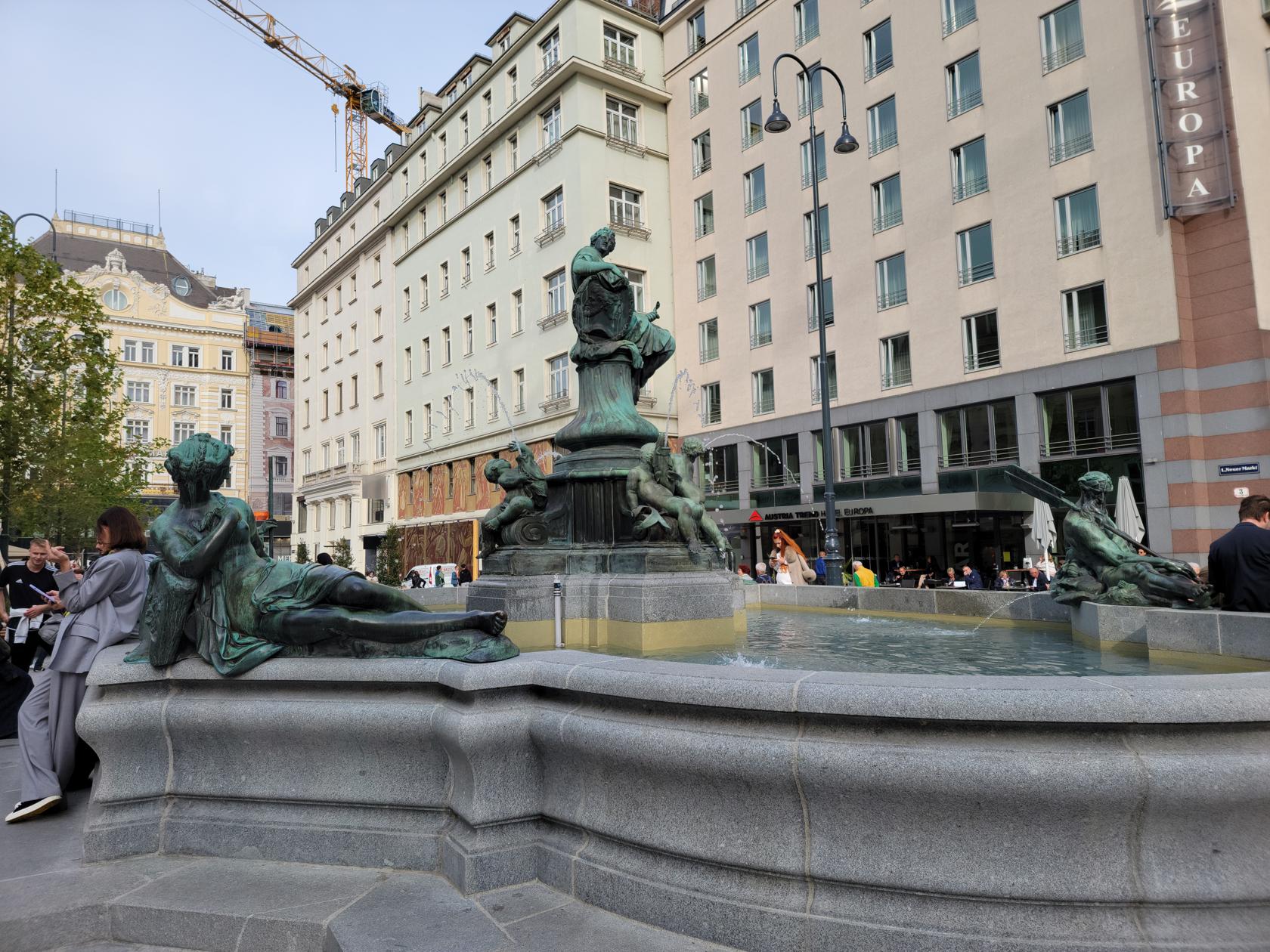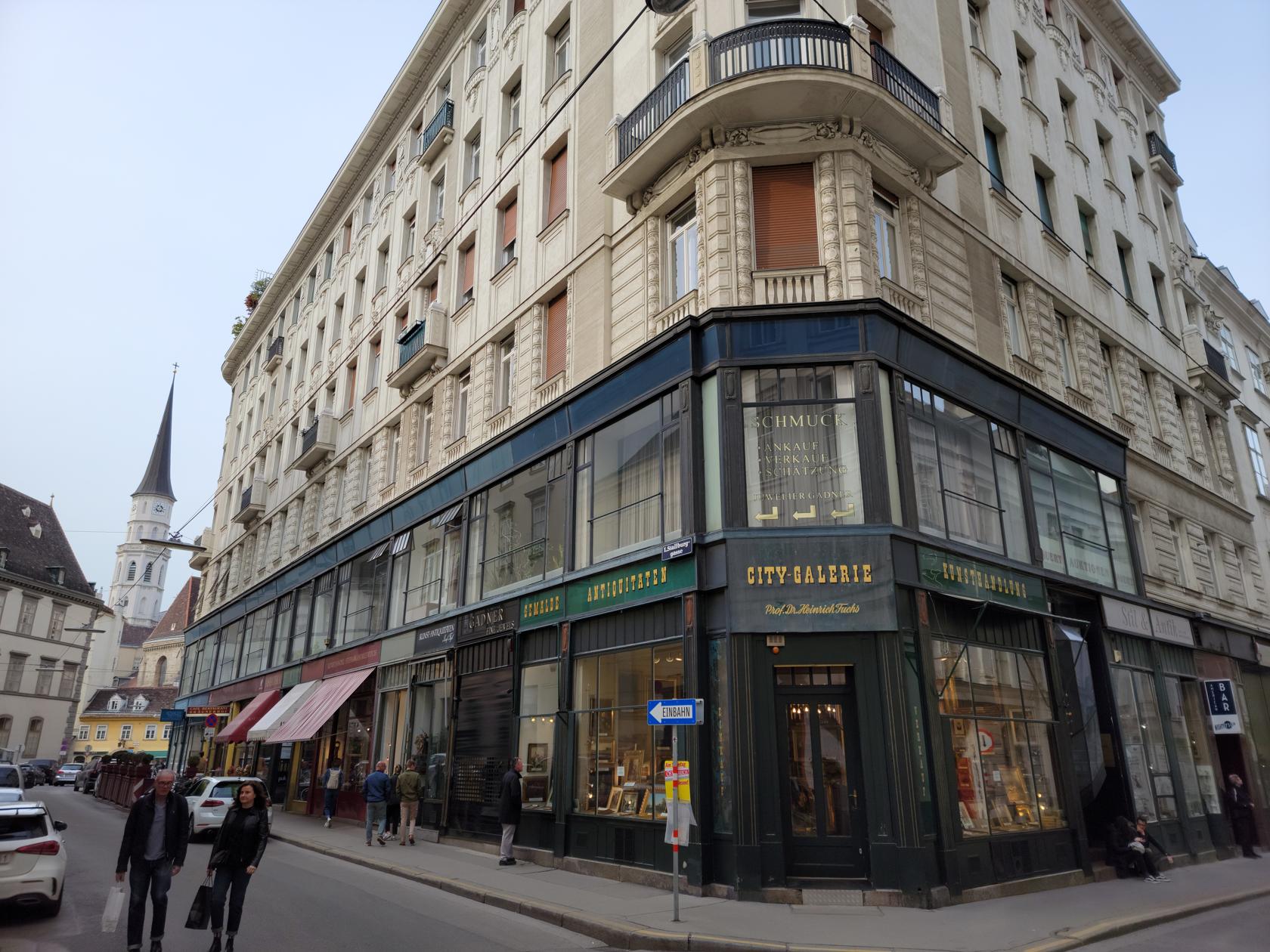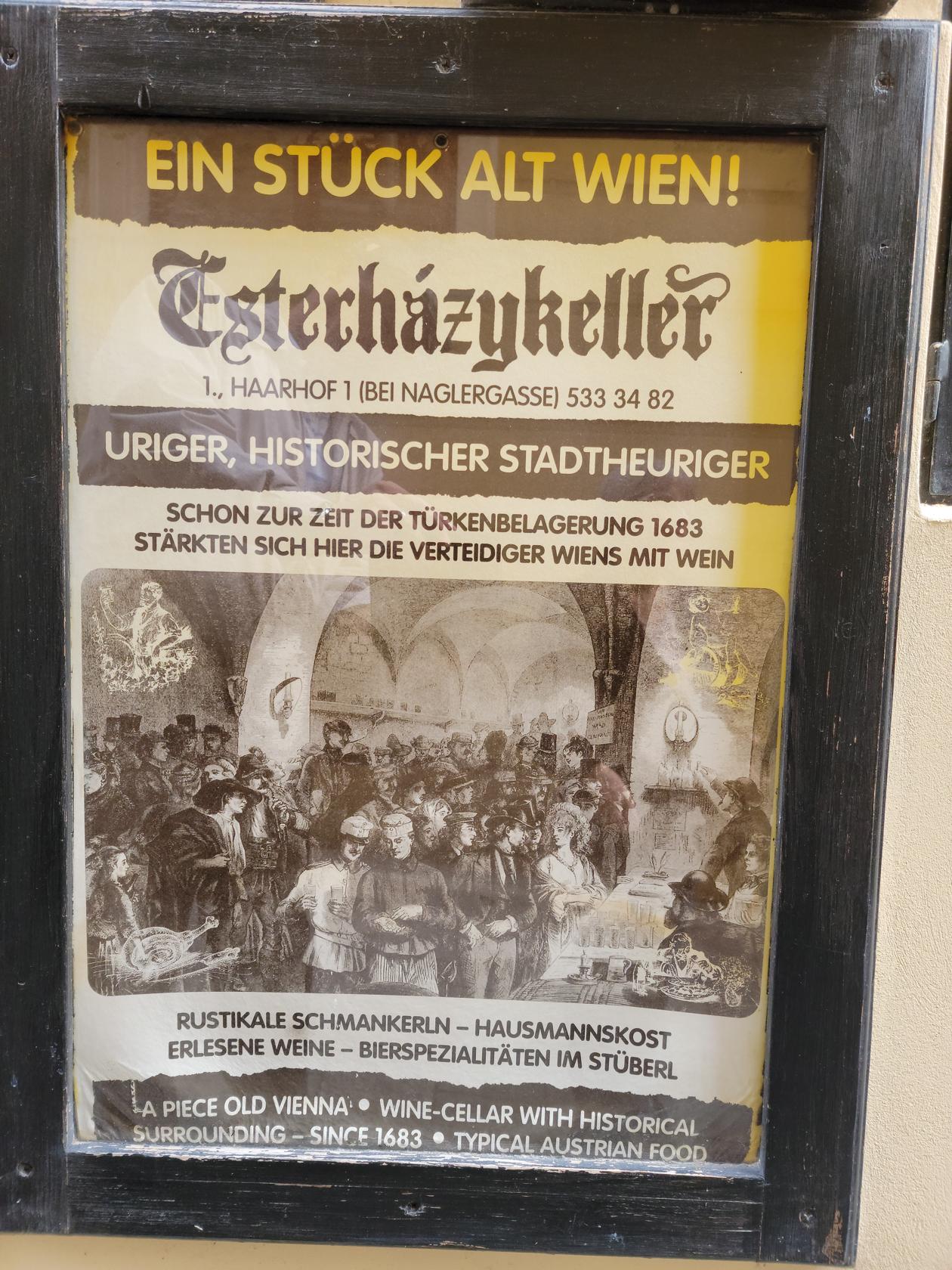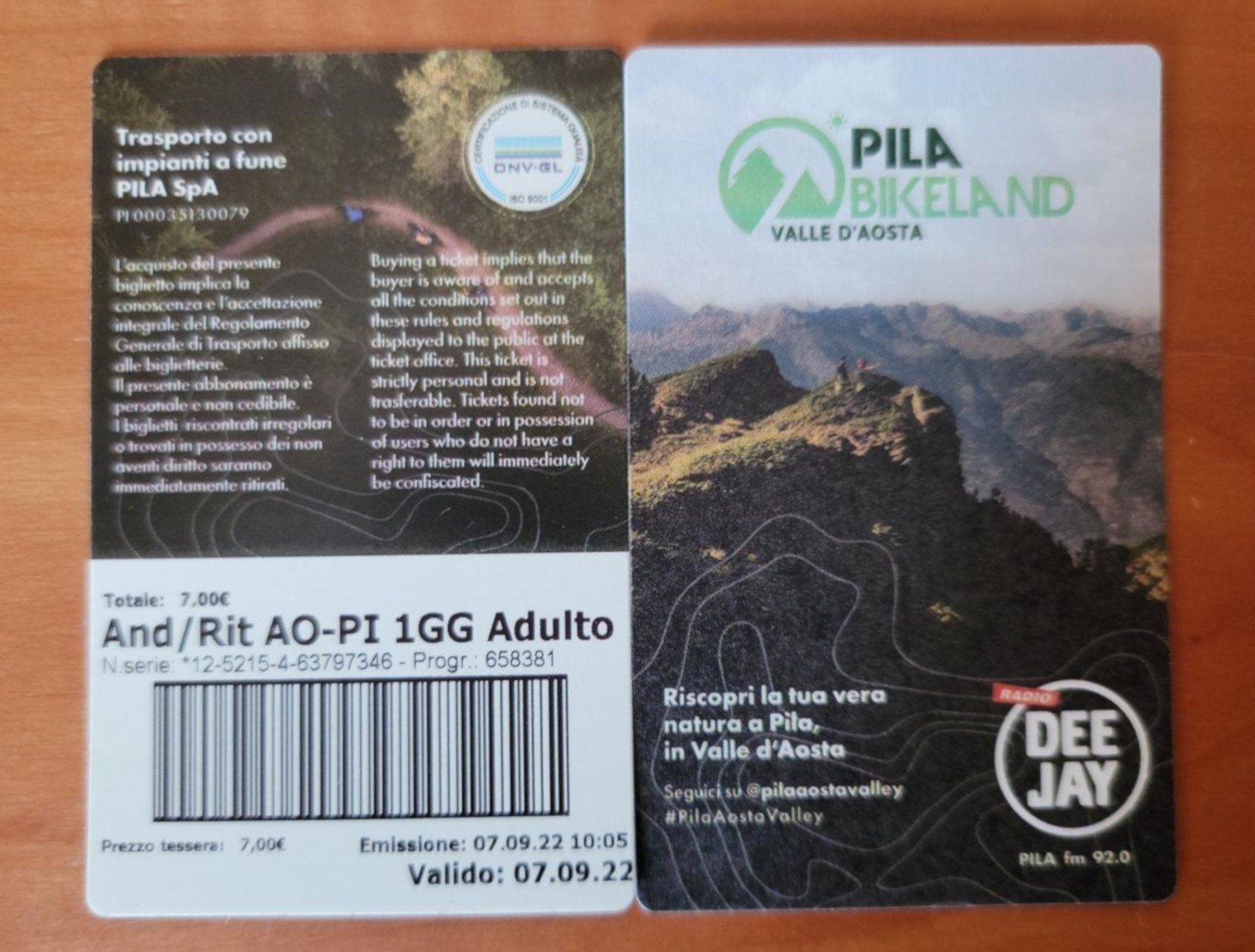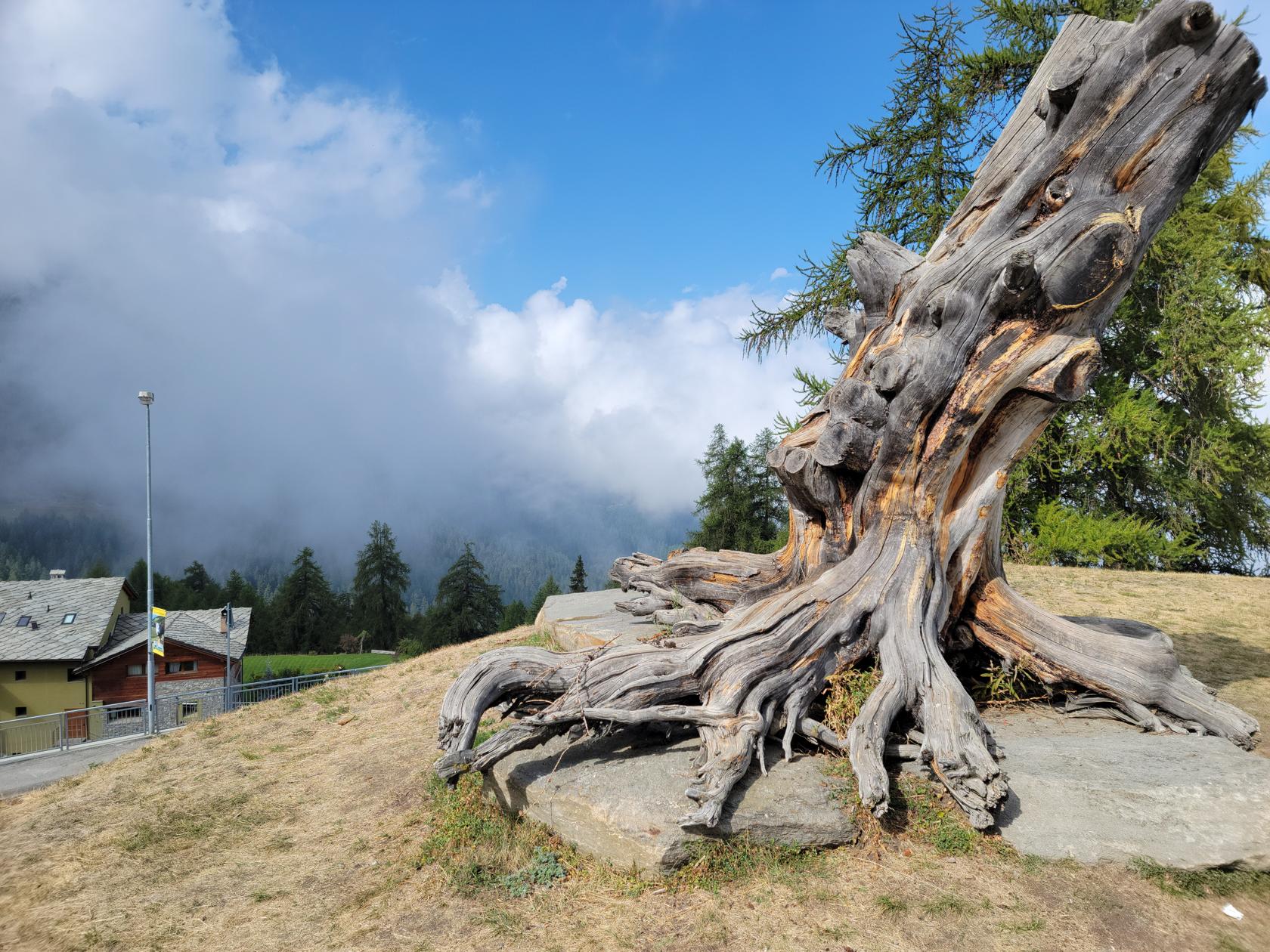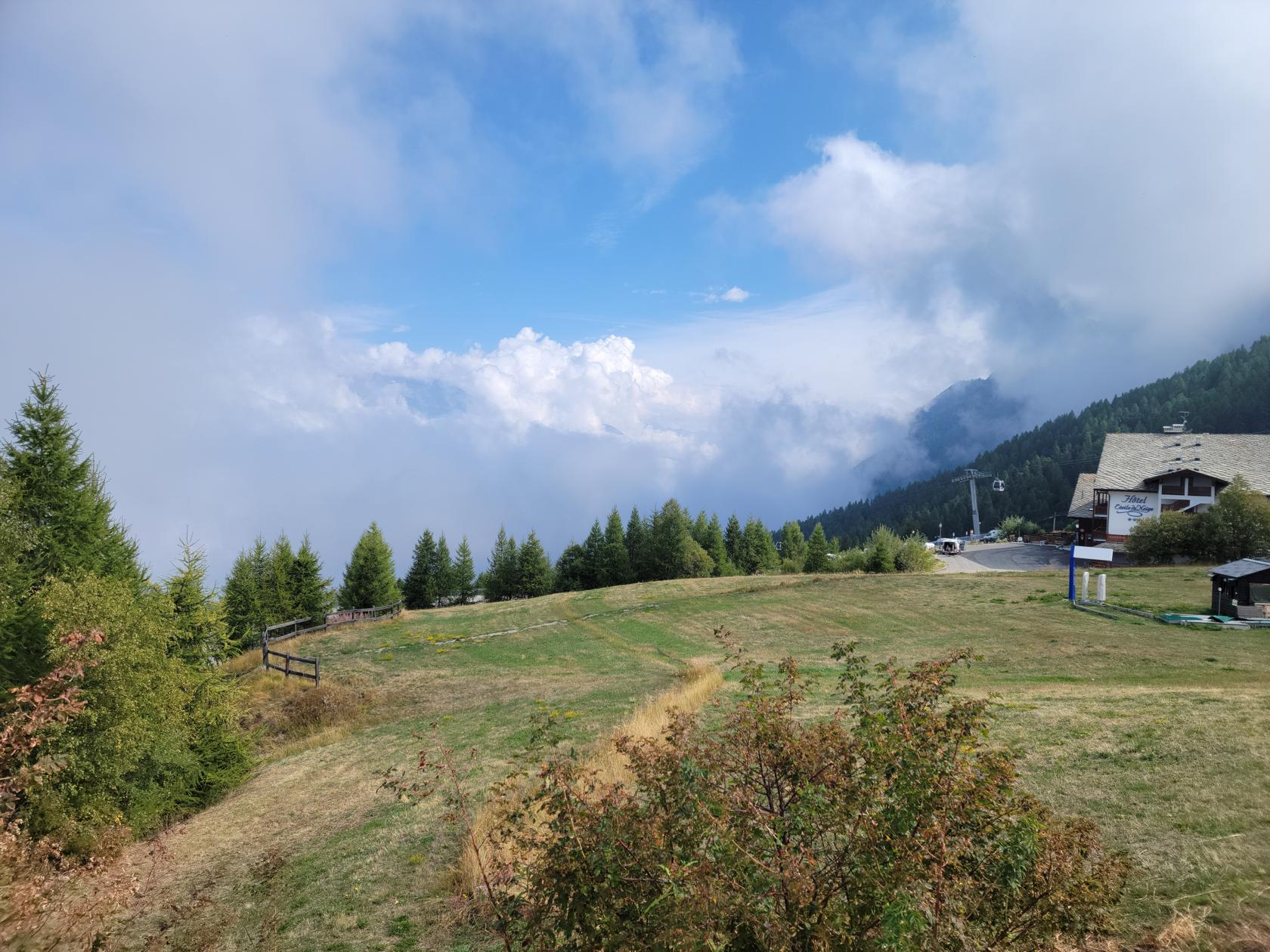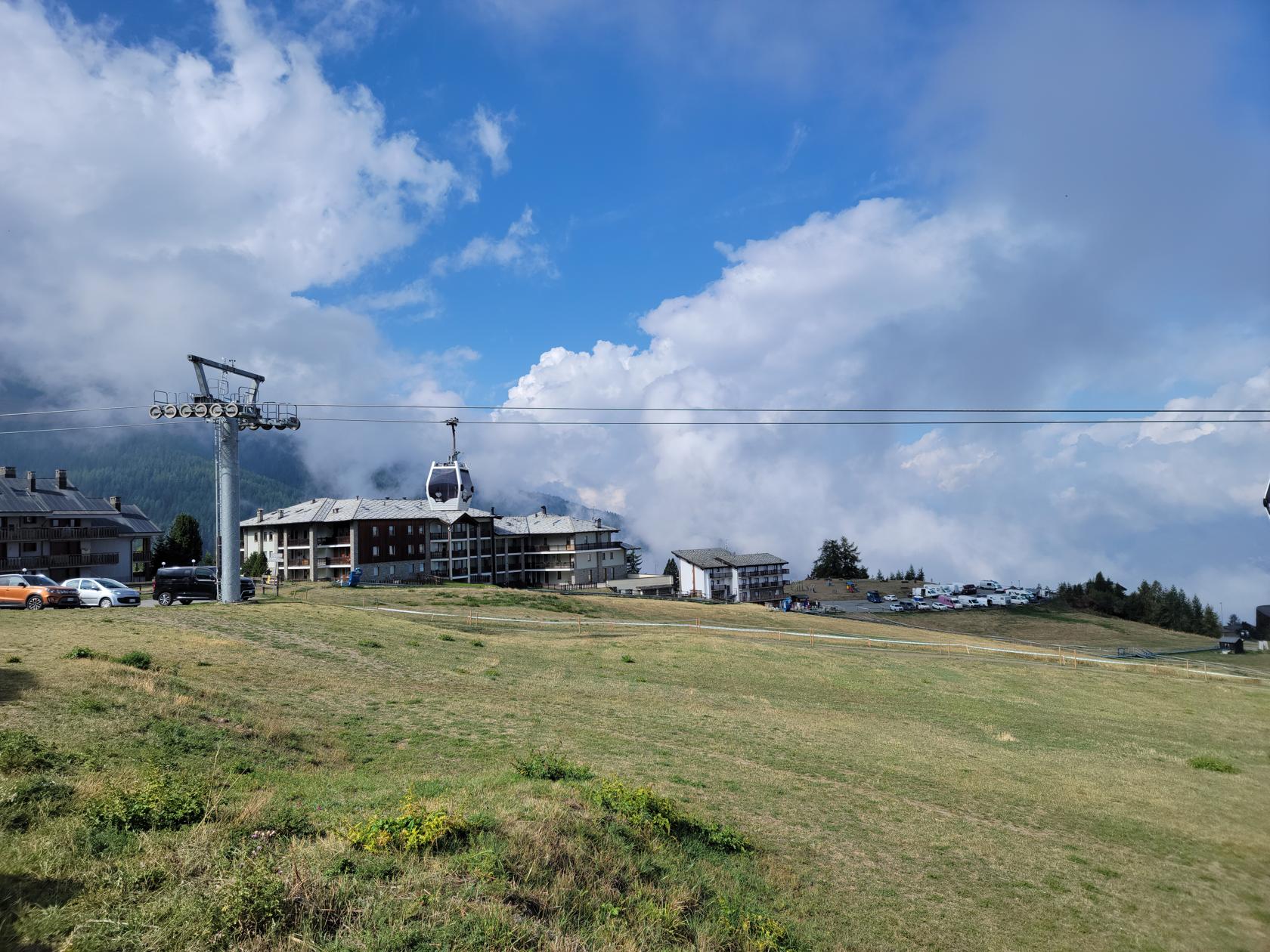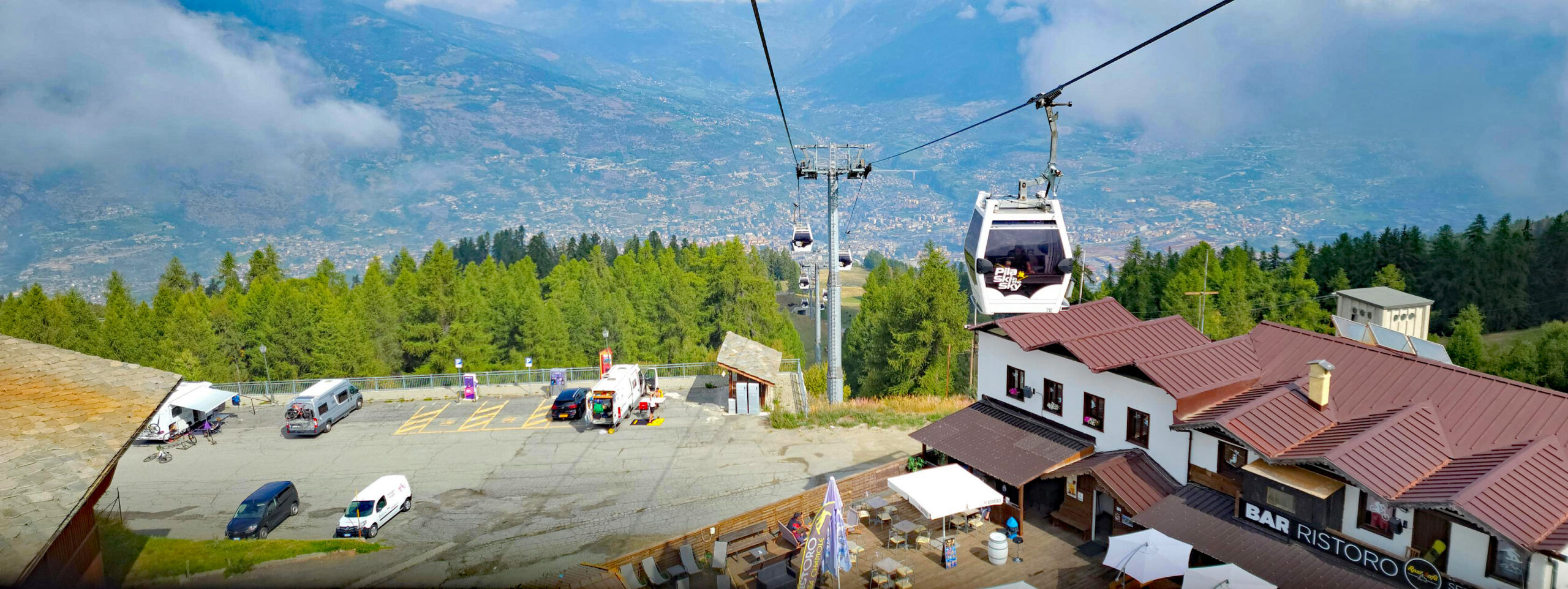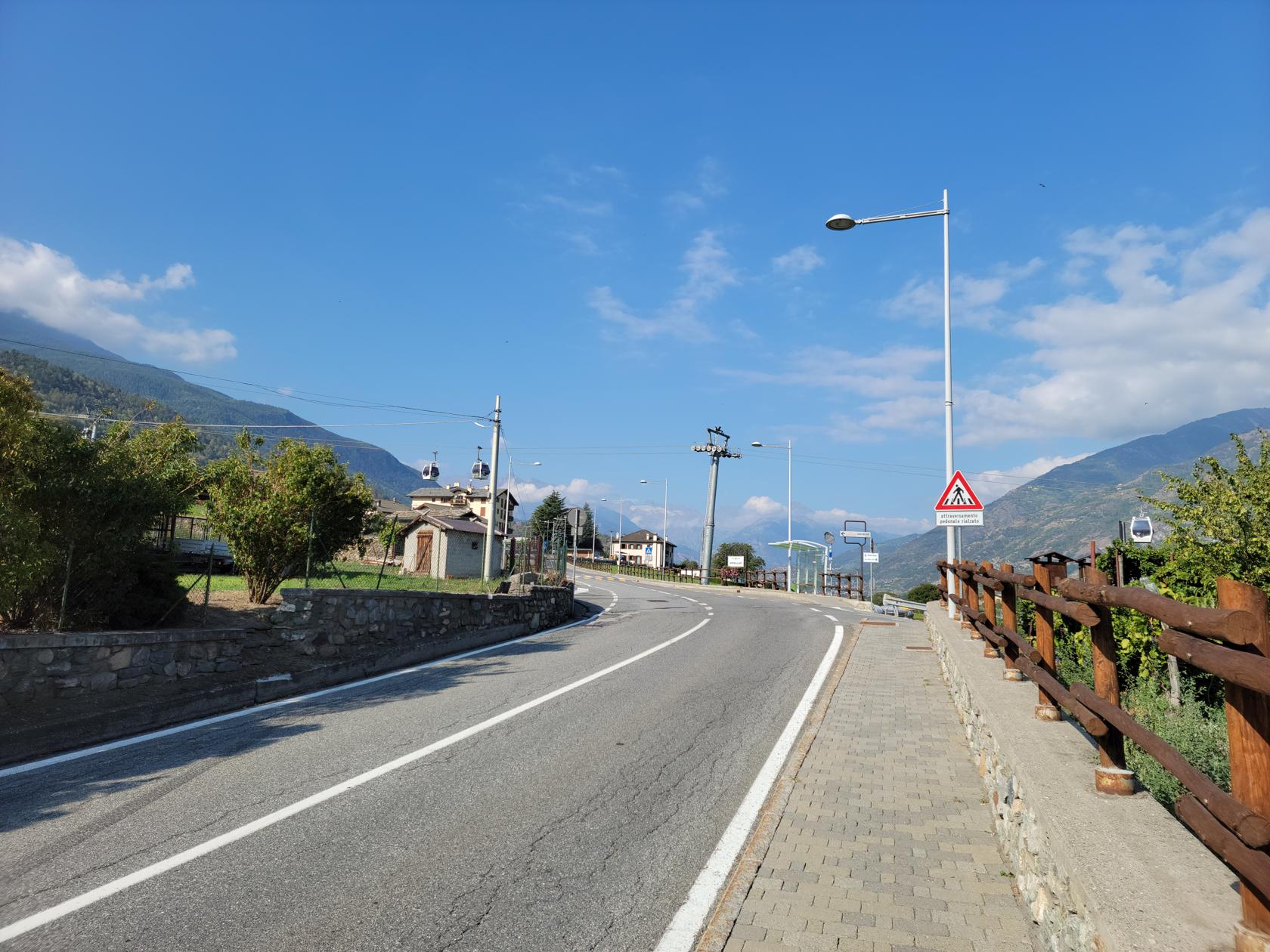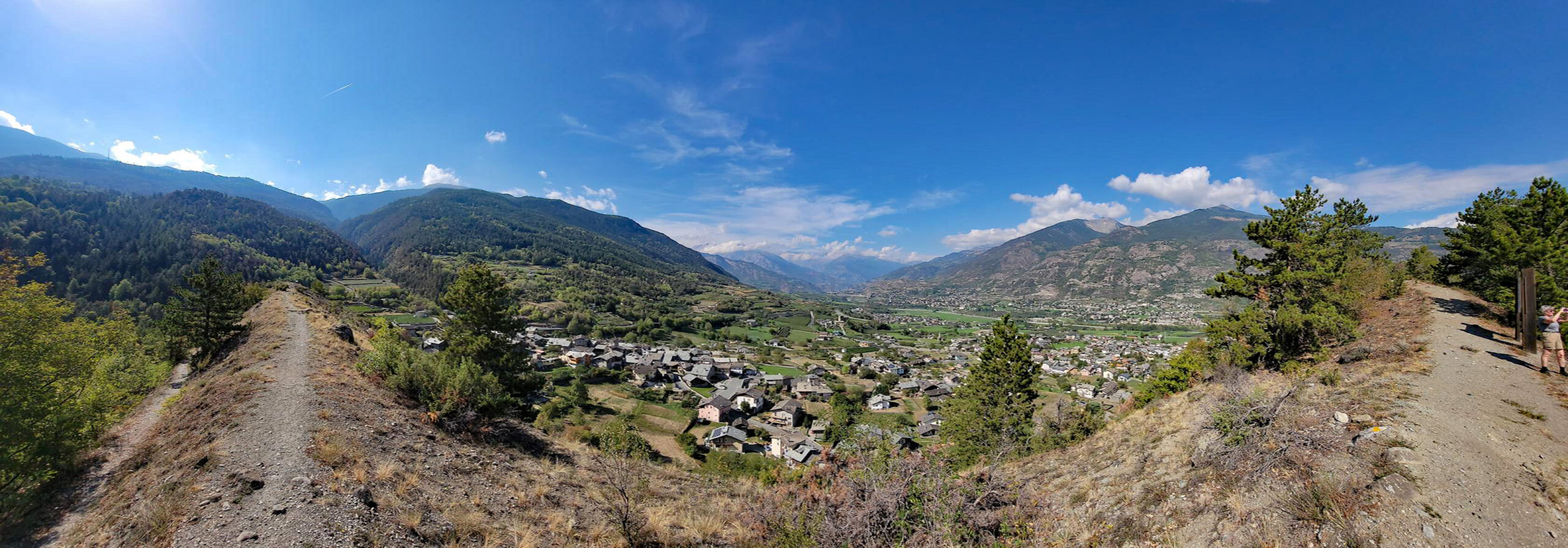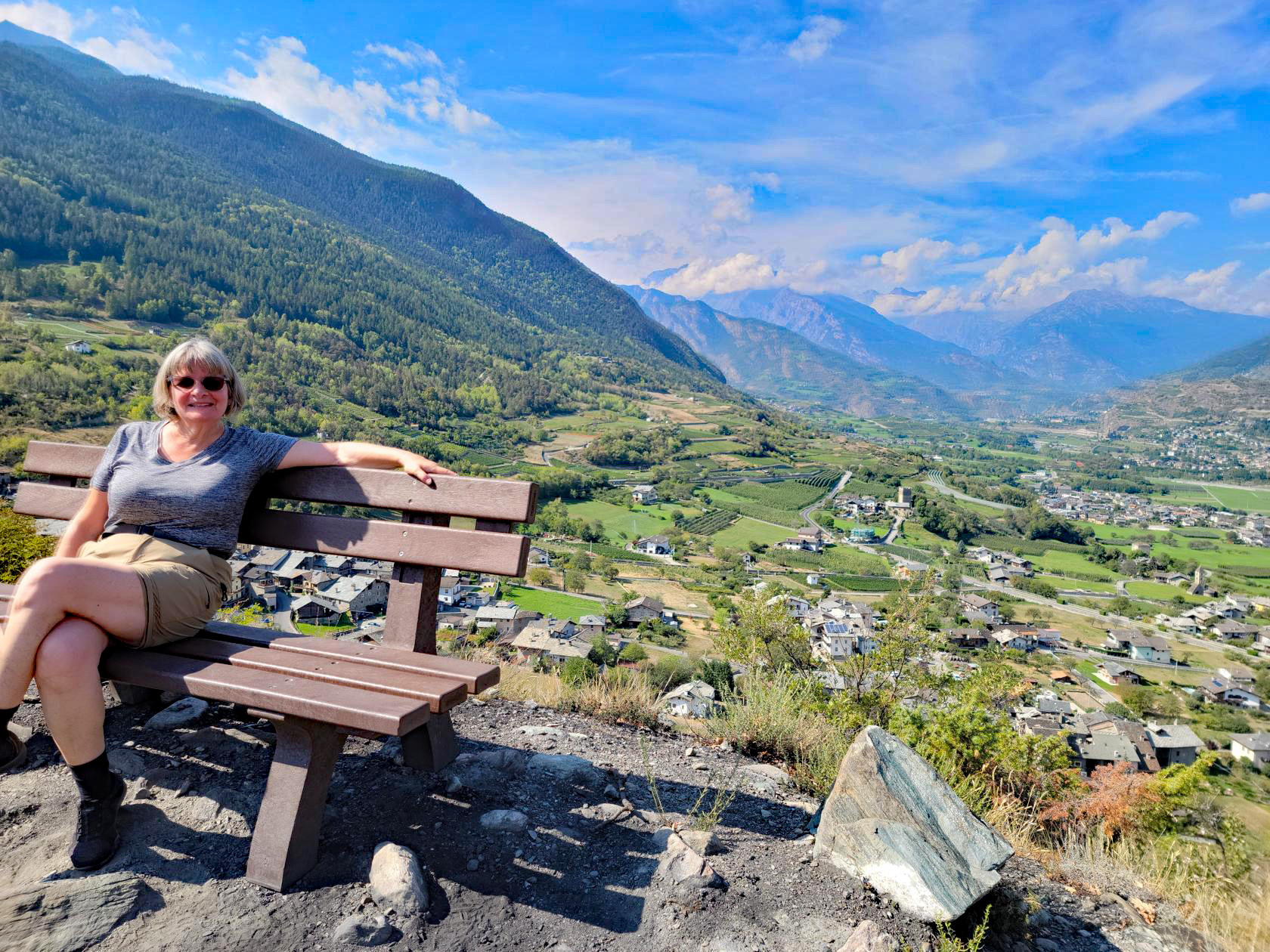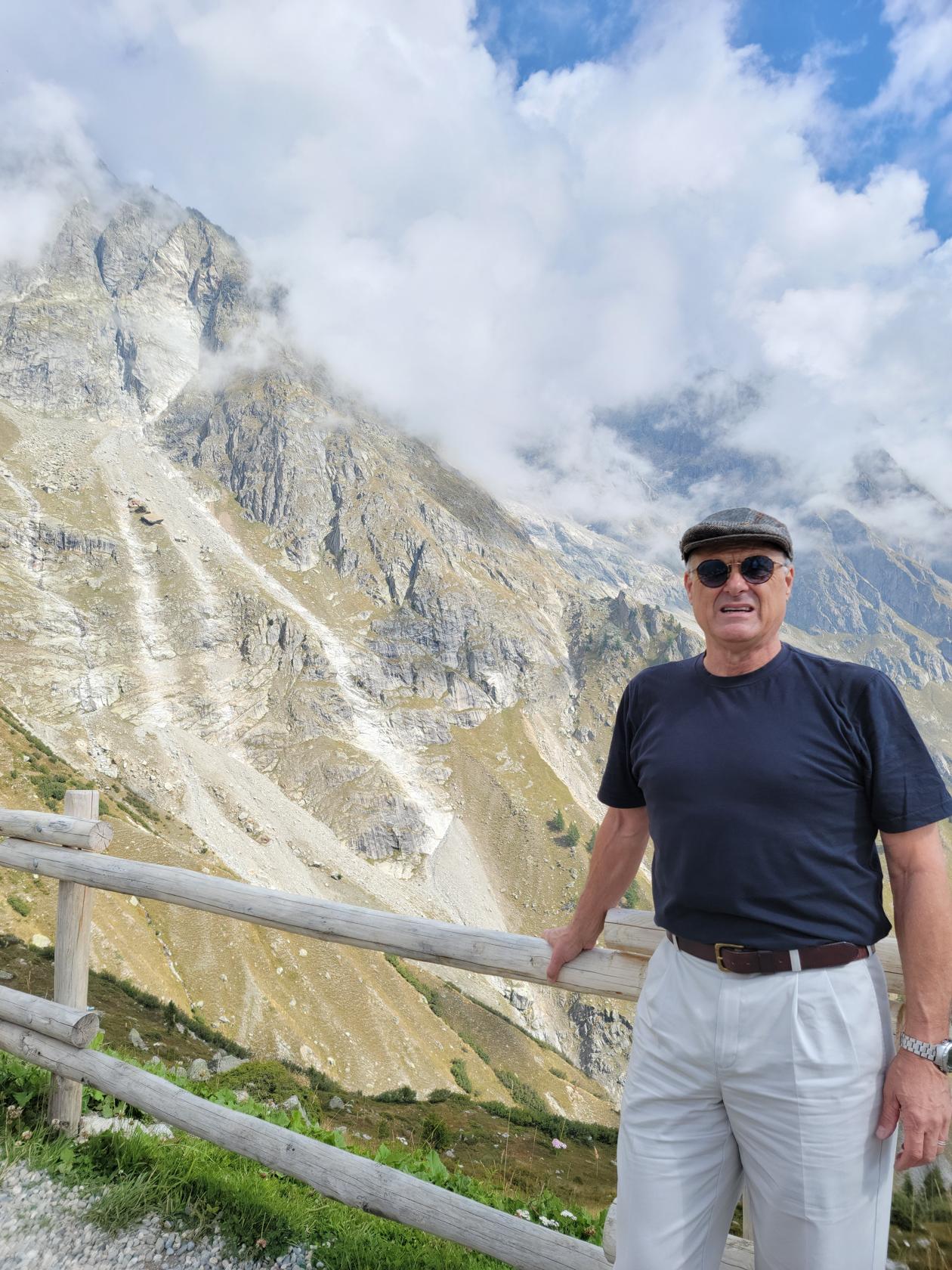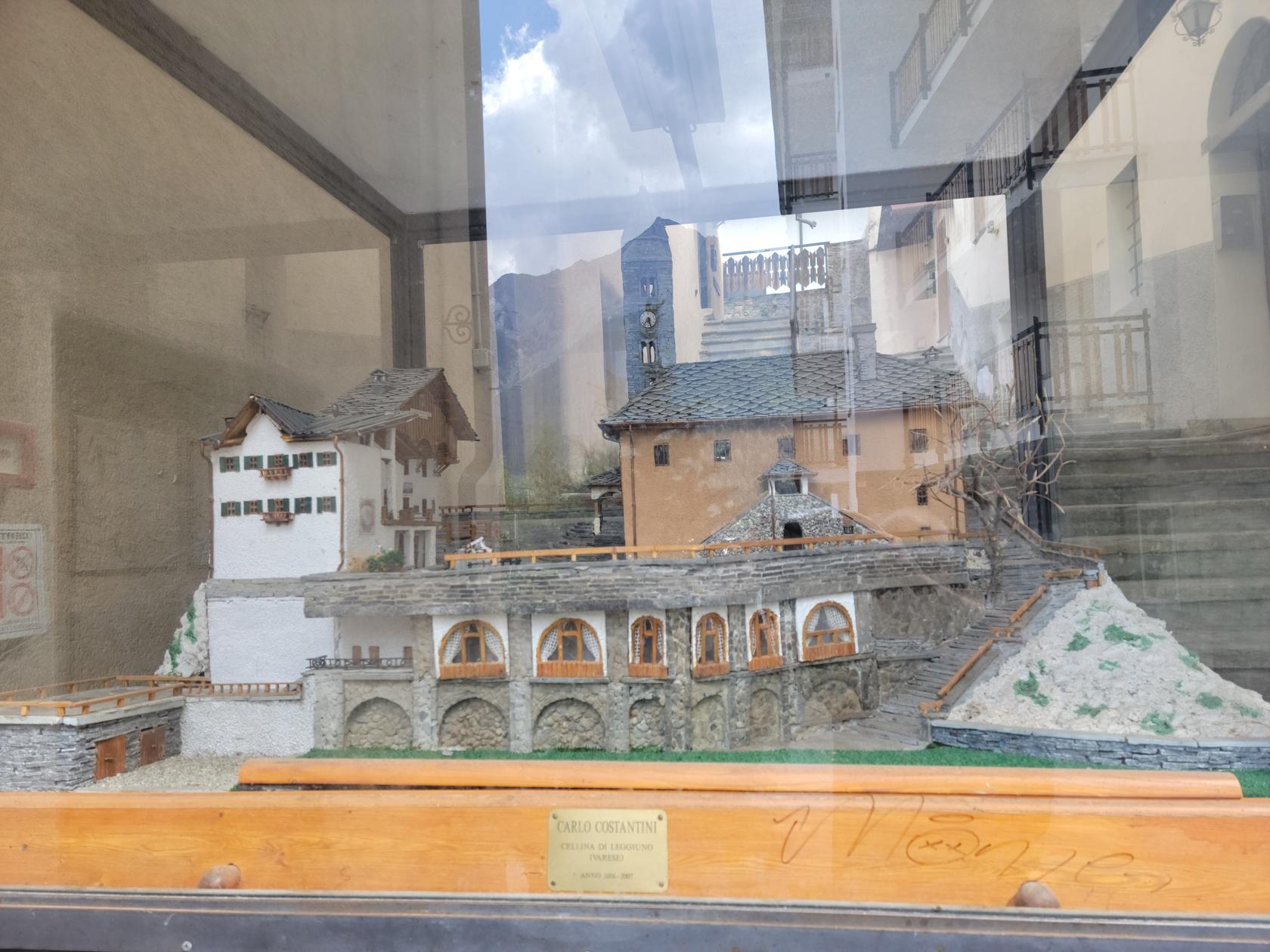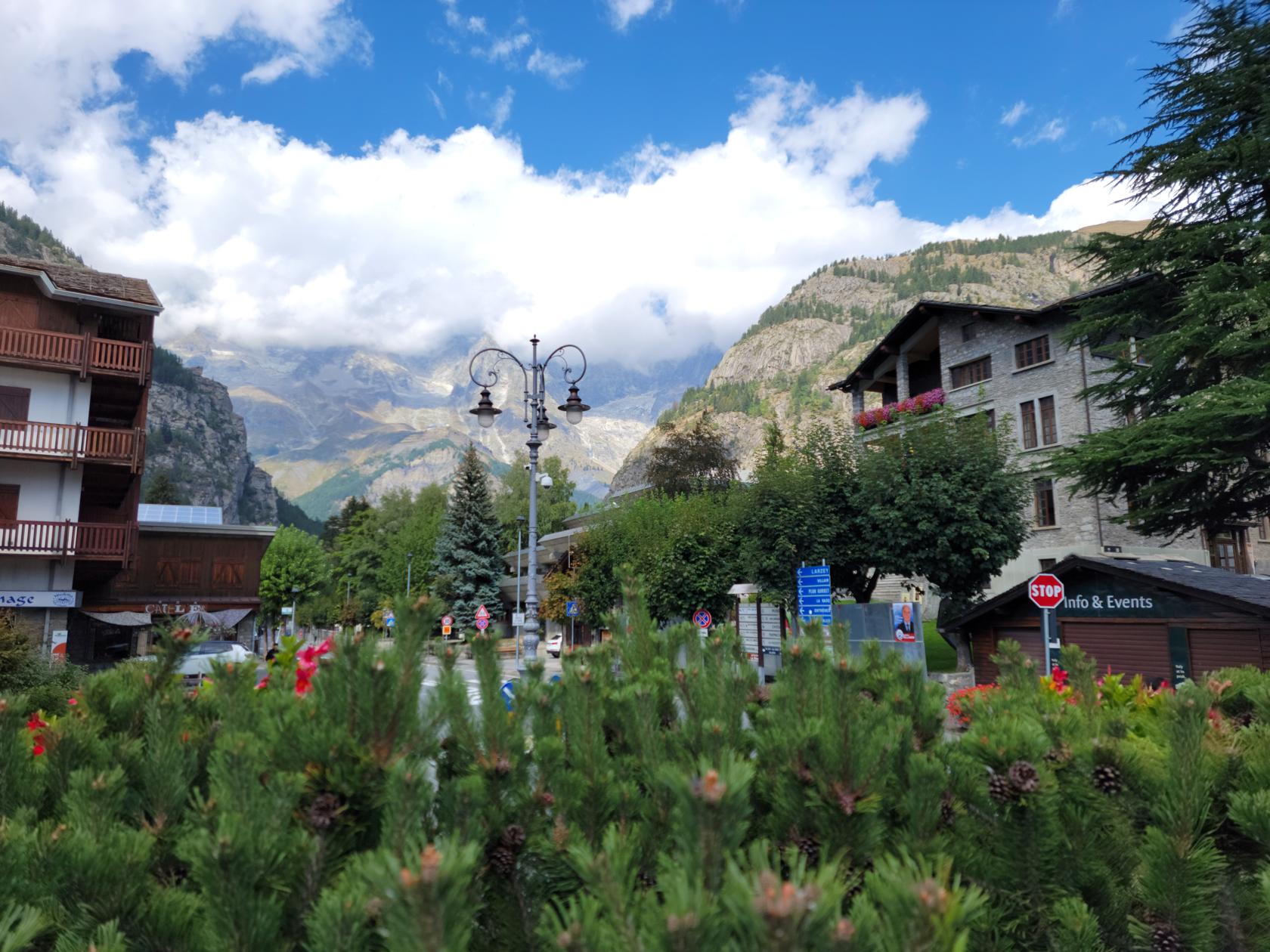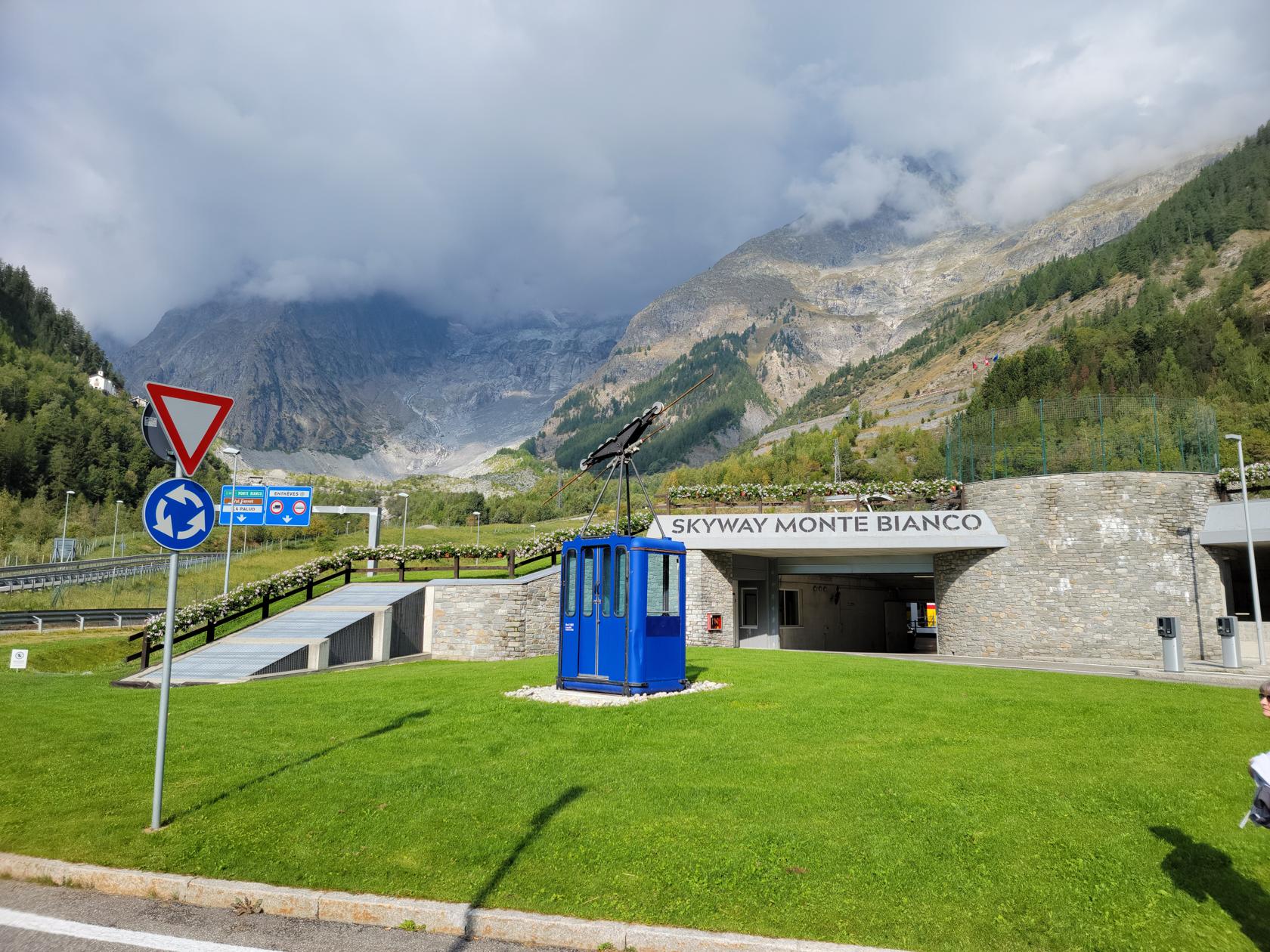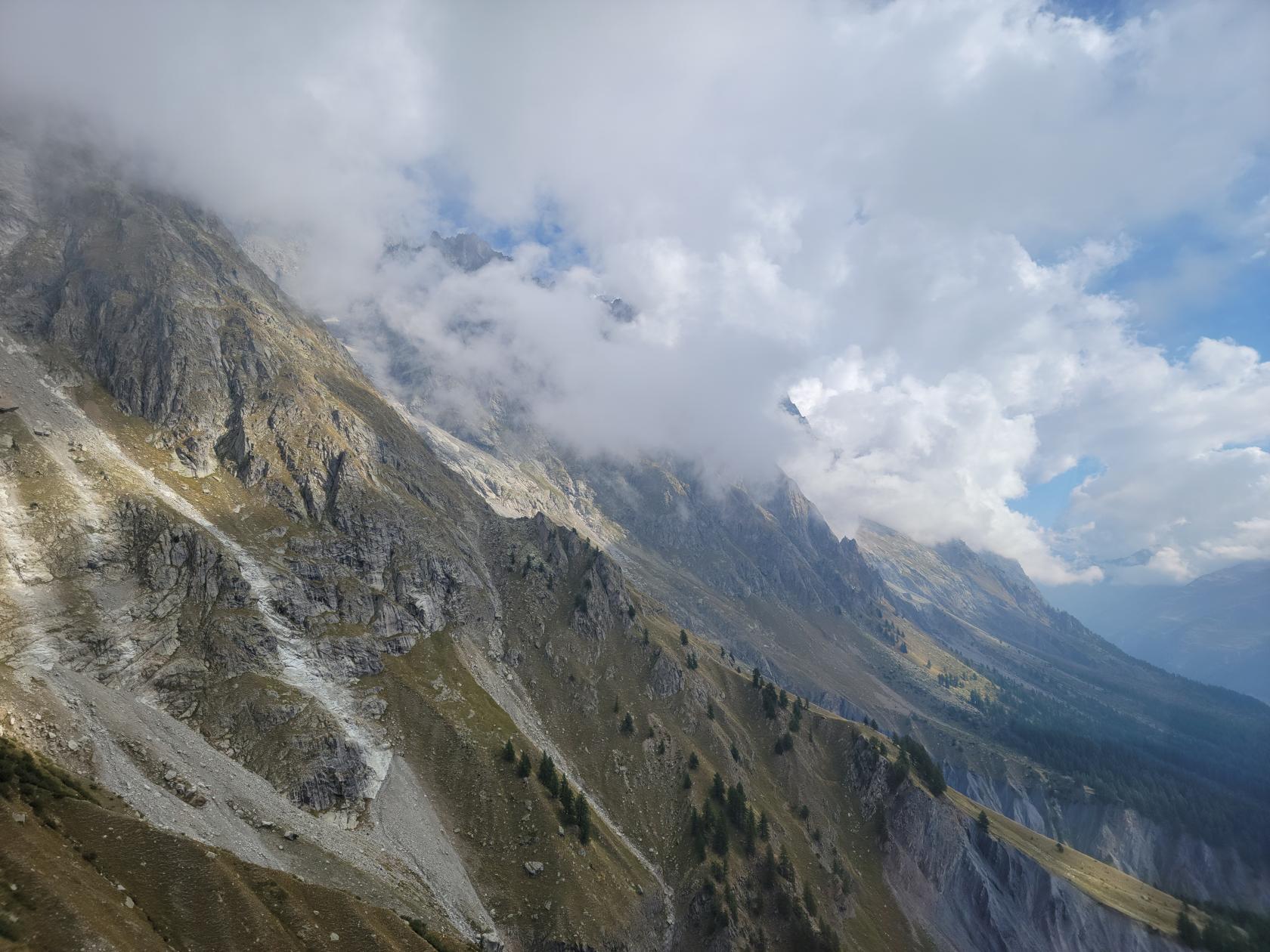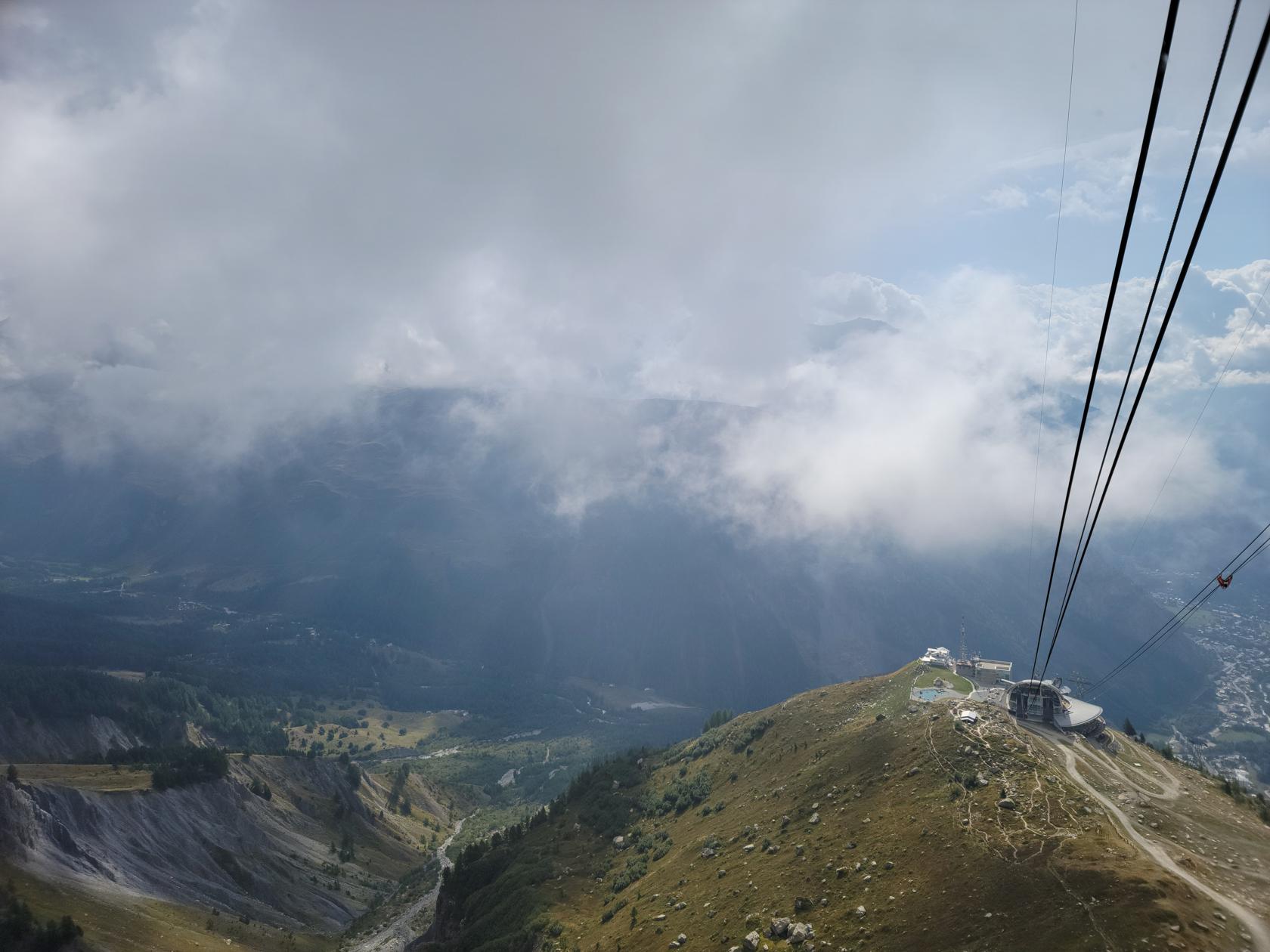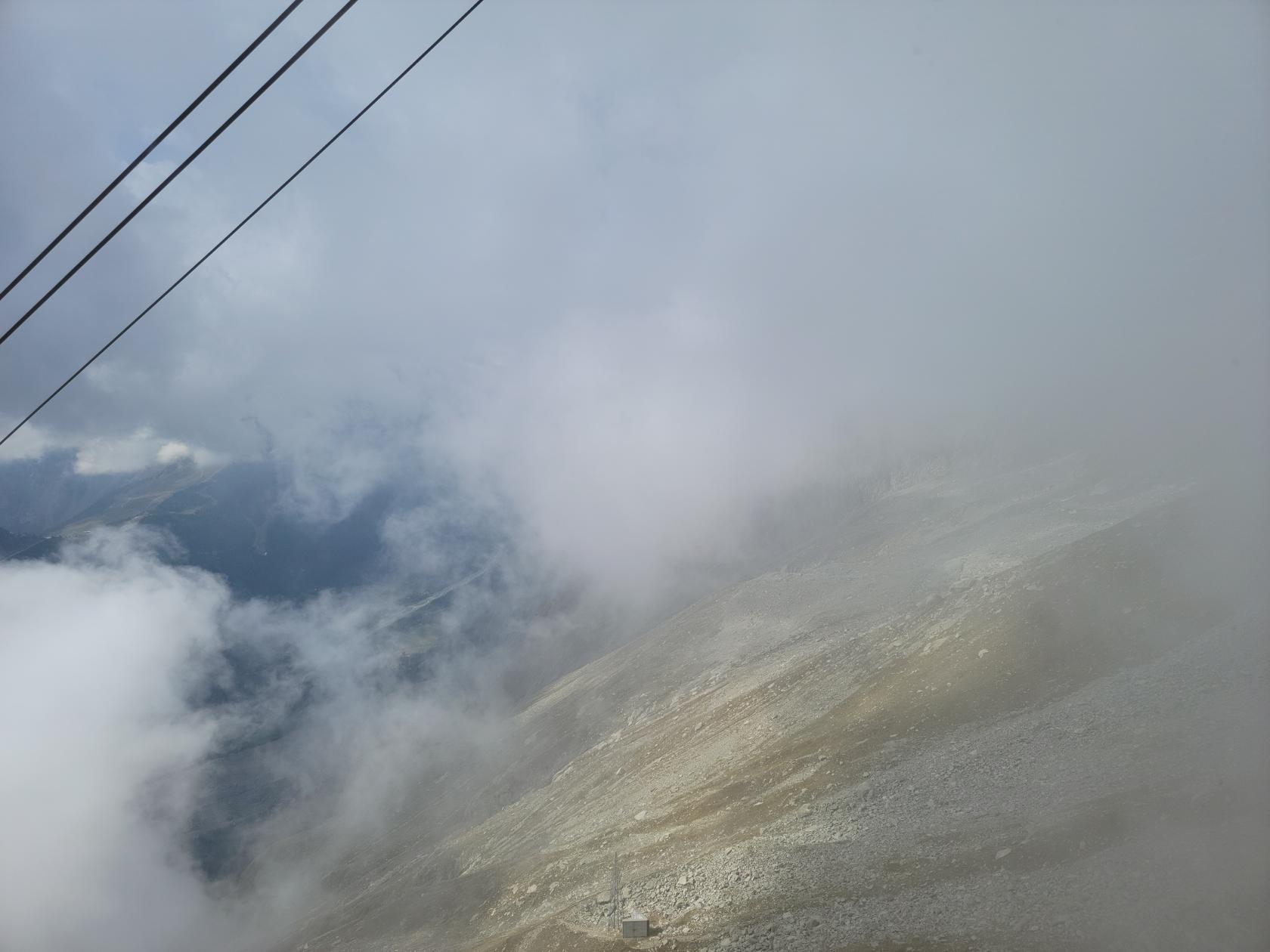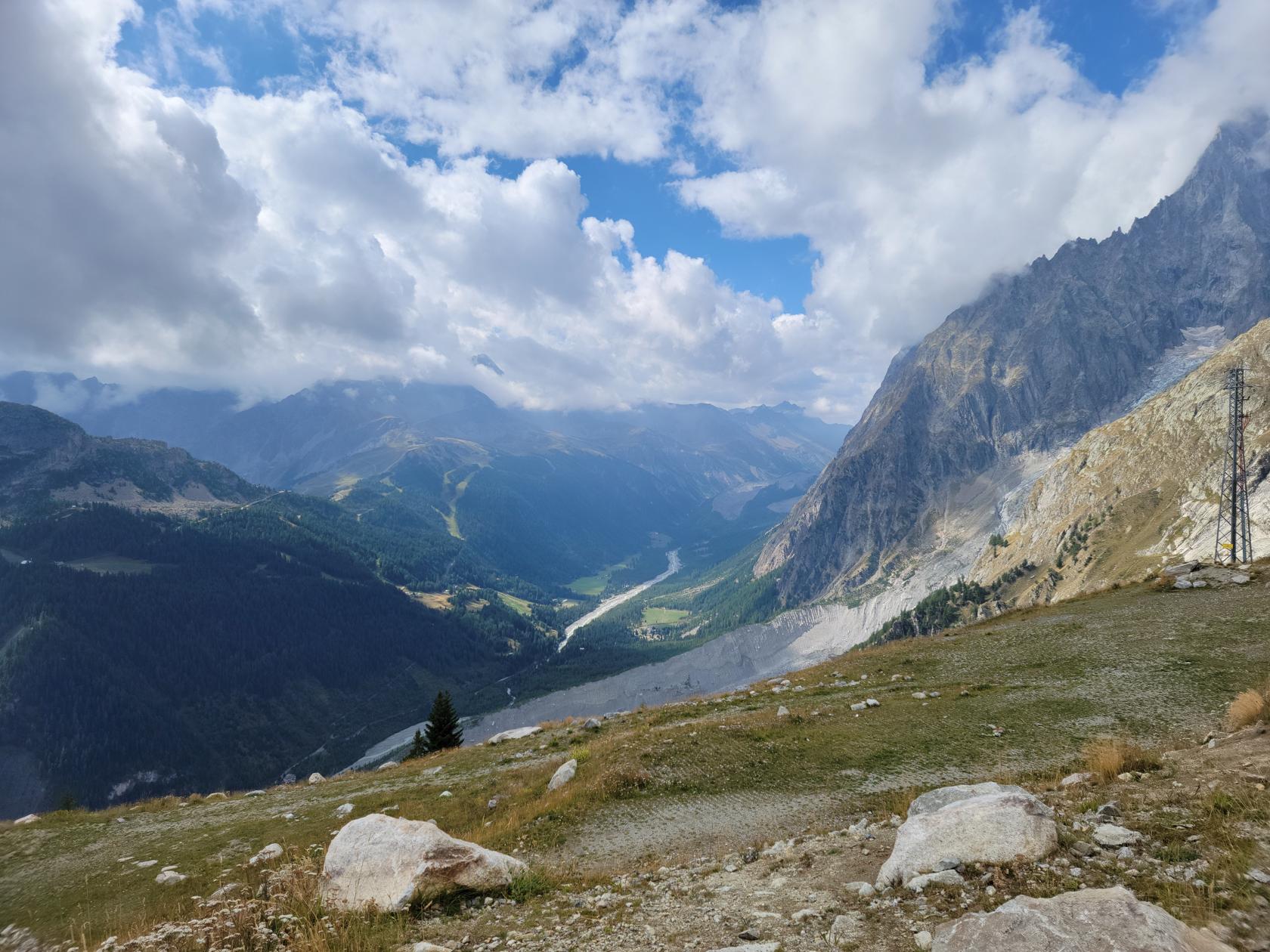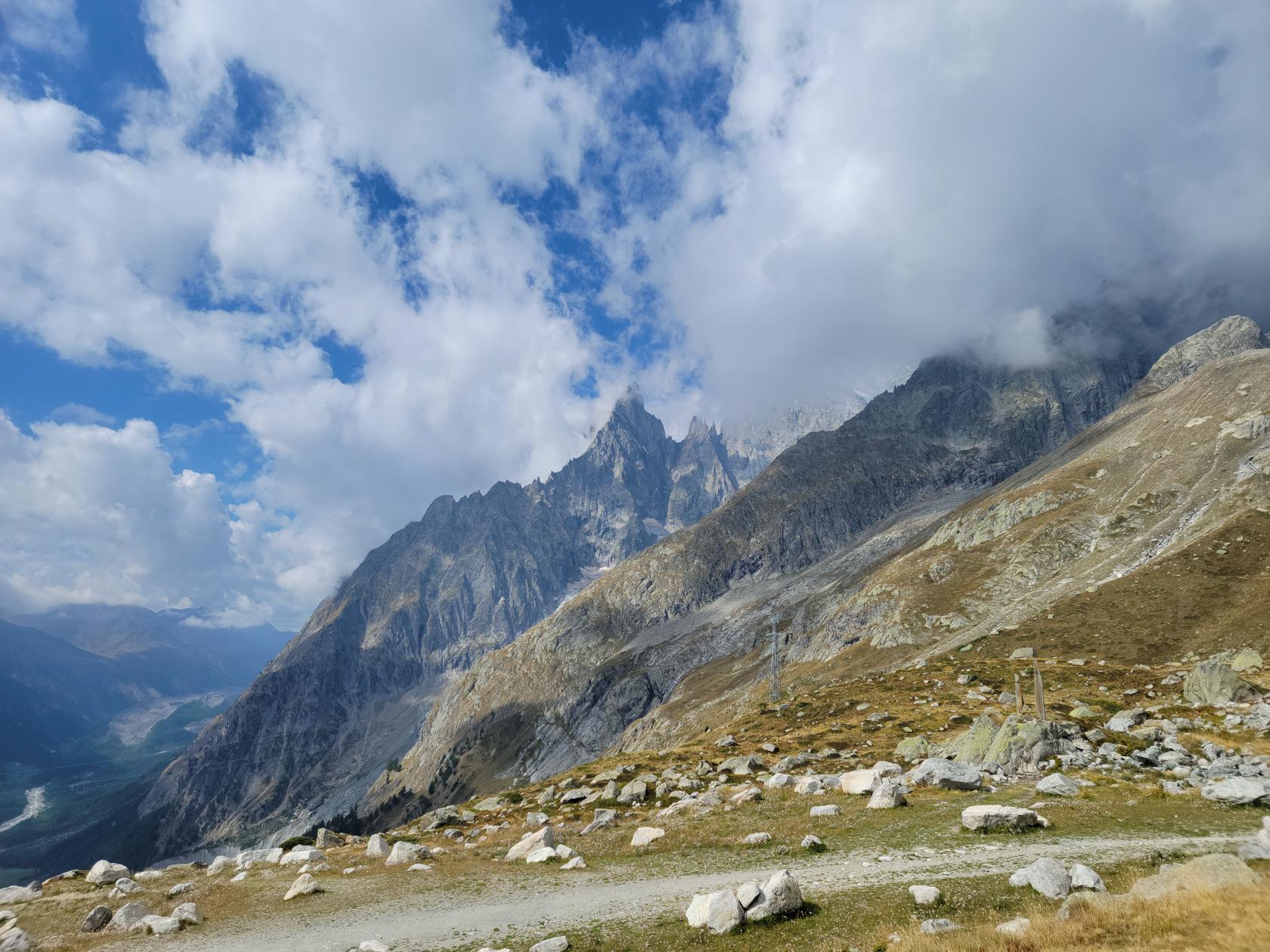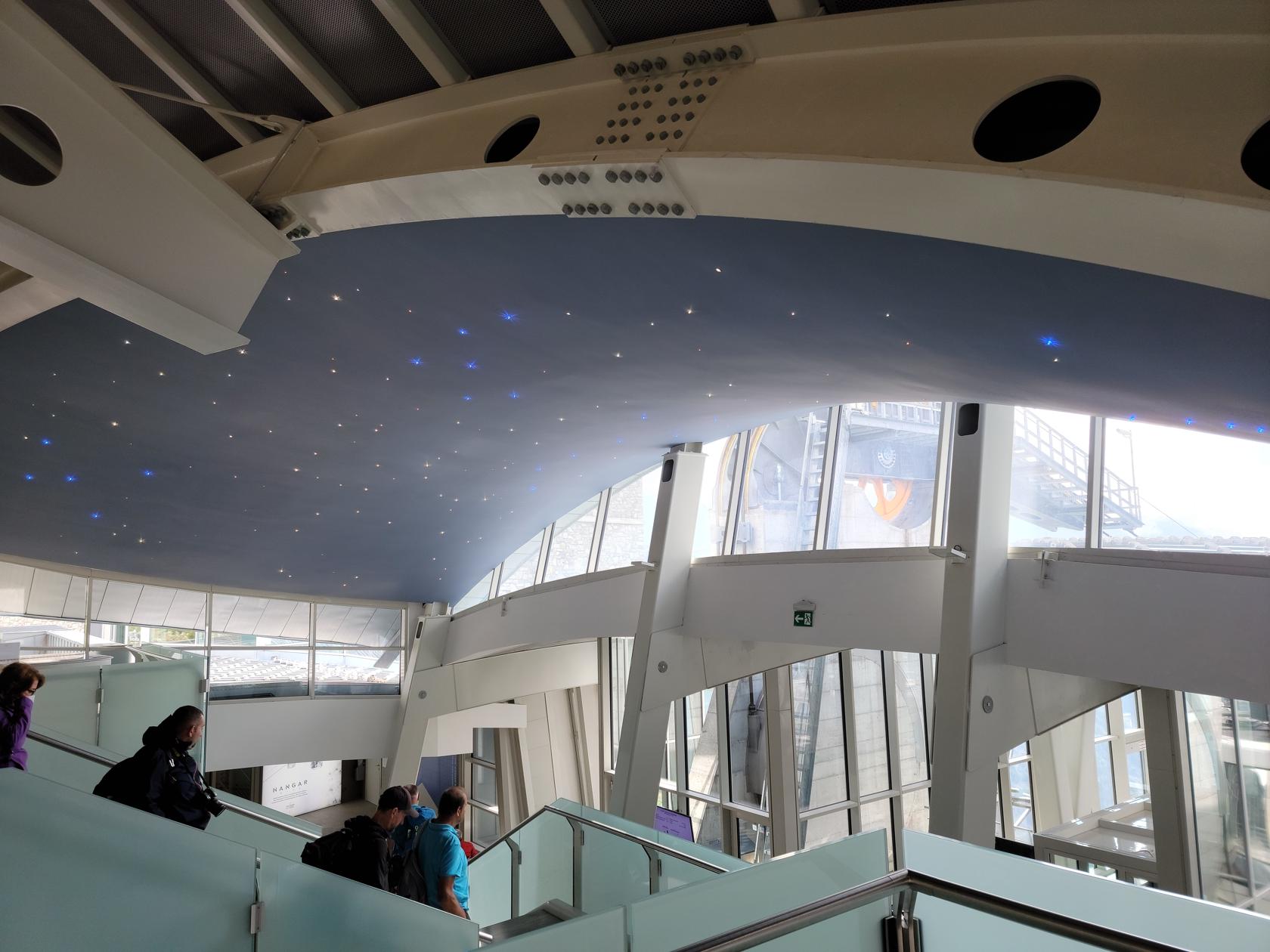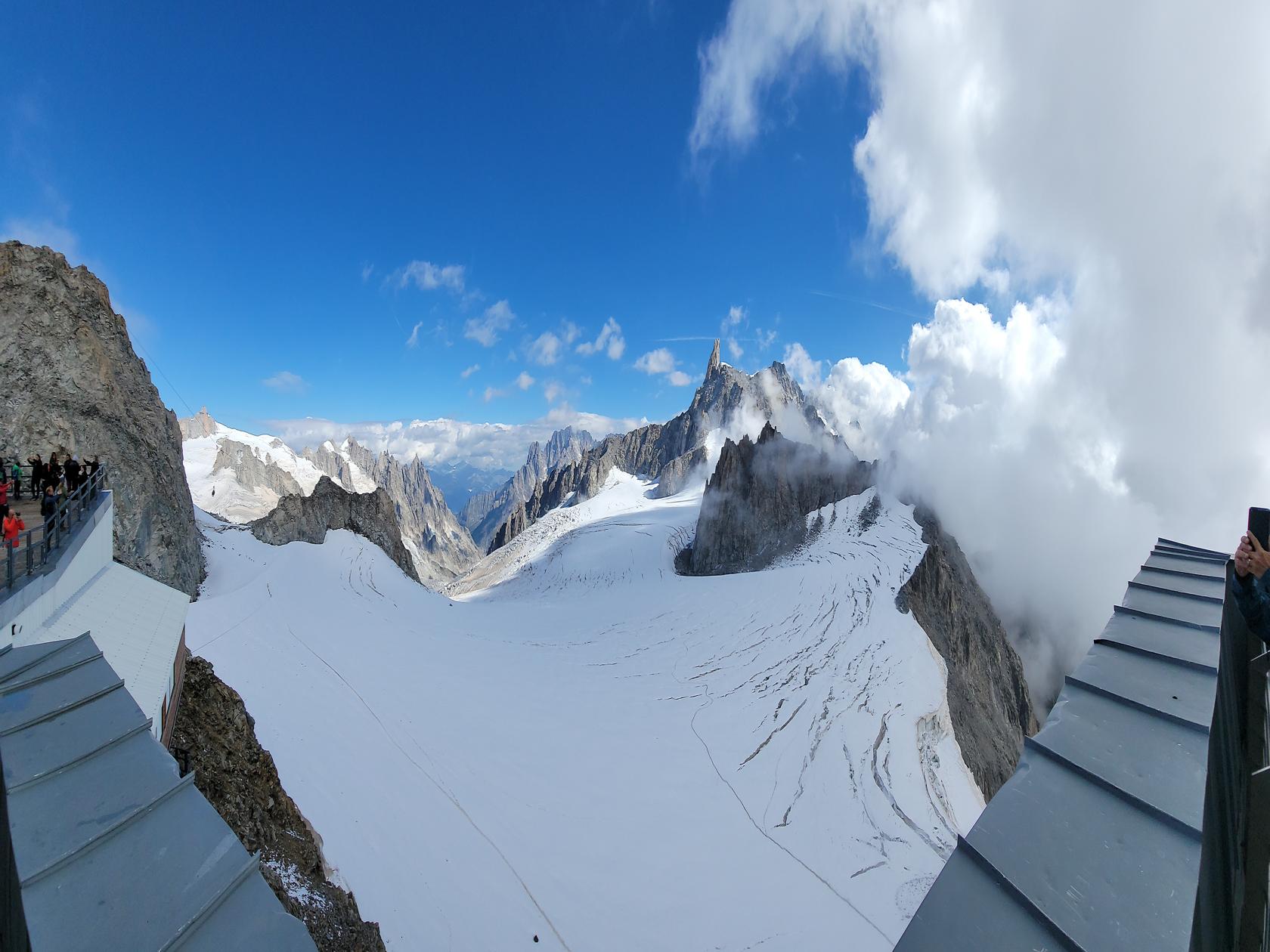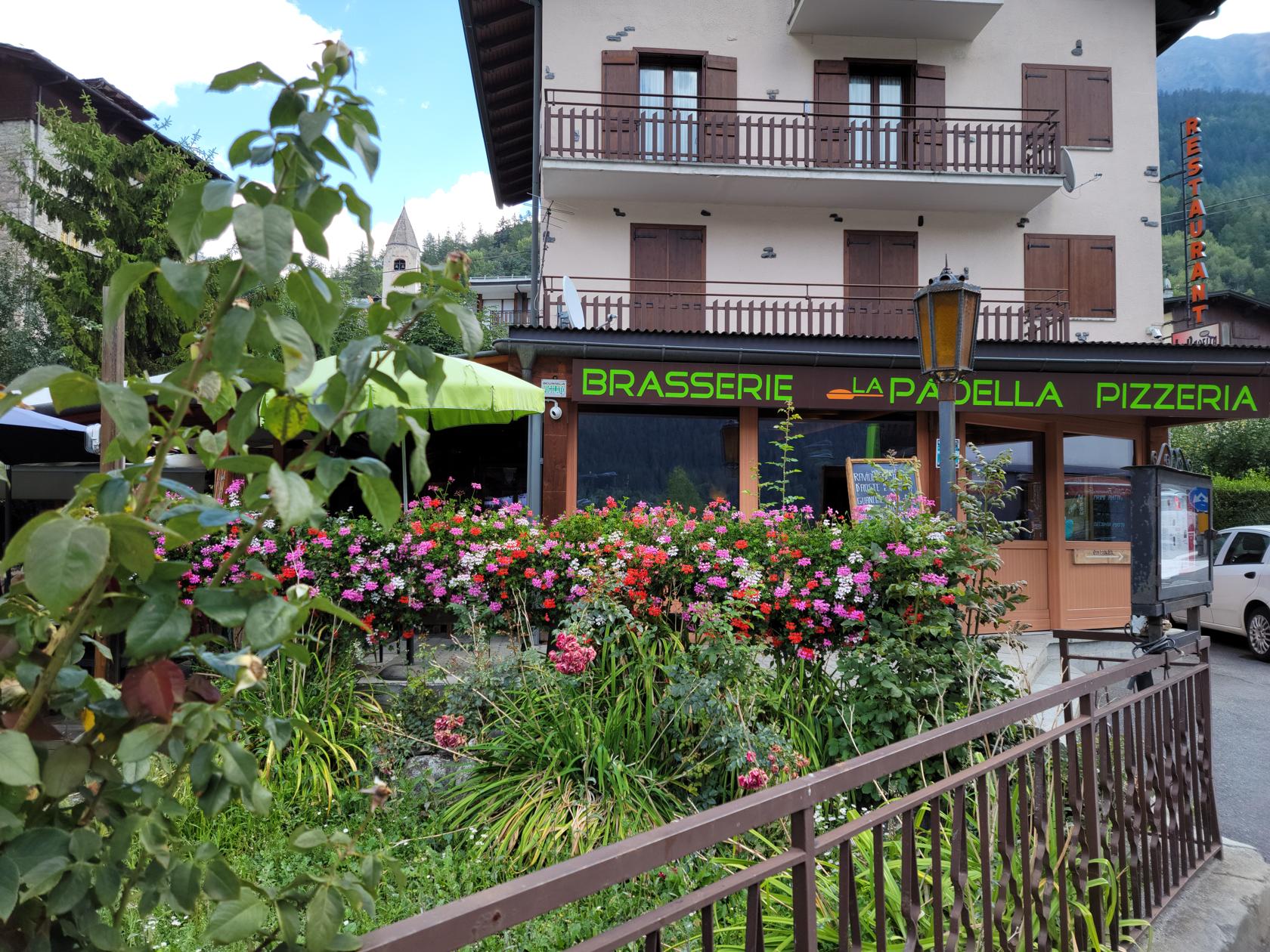Our first few days in Prague introduced us to another city of towers, of which eight have some import. It is also a city severed by a river, the river Vltava, which flows into the river Elbe. This river is also a hub of tourism, having several river boat companies plying its waters.

Prague – Some Of The Sights
One can say that Prague is a very easy city to walk. It is well marked and there are plenty of street signs to indicate along the way where the most important landmarks are to see.
Of course, just ambling your way down the city streets works too, which in most cases will lead to some kind of a surprise when you round a corner. Here is a short slide show as we did one of our unguided walks.
The Klementinum
Of some interest is the Klementinum, an old medieval Dominican Monastery that was later converted into a Jesuit college.

It was here, sometime in 1775, that a Jesuit scholar started recording the first set of unbroken climate measurements in eastern Europe. It also houses an impressive Baroque libraries in the world.
The Towers
There are essentially eight towers of import within the city. They include:
-
- The Old Town Bridge Tower
- The Lesser Town Bridge Towers
- The Old Town Hall Tower
- Mirror Maze
- Powder Gate Tower
- Petrin Lookout Tower
- Saint Nicholas Bell Tower
- The New Mill Water Tower
The above are all marked on the city map that can be obtained from the city’s InfoPoint center. There are also numerous other lesser towers that can be found when roaming the city, some of which like the above can be ascended.
The Old Town Bridge Tower
From the Old Town in the direction of George’s Bridge one will next come upon the Old Town Bridge Tower. It was completed some time after 1385 and before then end of that century. It has seen a lot of history pass through its portal, wars and coronations alike.

The Lesser Town Bridge Towers
On the other end of George’s Bridge is the Lesser Town Bridge Towers. Each tower is unique, the one on the left, as viewed from the bridge, is in the Romanesque style and dates from the 12th century. The taller tower is Late Gothic and dates from 1464 and can be ascended.
The Mirror Maze
The Mirror Maze is not a tower, just a building that houses a fun-house for children and adults that contains mirrors. It is similar to mirror houses found at many state fairs in the United States.

Powder Gate Tower

Probably one of the first towers you will go see is the Powder Tower. You can purchase a ticket and view the city from this tower for a modest fee of about 3€.
The Powder Tower is so named since they used to store gun powder in it. It has also historically be the starting point of any coronation ceremonies held by the Bohemian Monarchs who entered the city, the ending point being the Prague Castle on the hill.
The building was first started in 1457 and finished some time later. It was not finished until the early seventeenth century. It stands at an impressive 195 feet, provided a excellent view of the surrounding city to anyone who ascends its claustrophobic spiral staircase.
A slide show to show our ascent and the rest of Prague from the vantage point of the viewing deck at 44 meters.
Petrin Lookout Tower
The lookout tower is on top of Petrin Hill and can be found either by walking up the park paths and stairs, there are multiple ways of reaching it; or by using the Ujezd to Petrin funicular. Though we did not ascend the tower, a pretty fantastic view can be enjoyed by doing so.

Saint Nicholas Town Bell Tower
Almost a pyramidal tower in look, the tower of Saint Nicholas can be found close to the Prague Castle and is part of Saint Nicholas’ church.

The New Mill Water Tower
A six minute walk from our hotel and close to the Stefanik Bridge is the New Mill Water Tower. The tower was built in 1658 to supply water from the Vltava River to the lower portion of Prague.
Saint Peter’s Bell Tower
This is a lesser tower not actually listed in the sightseer’s guides. However, due to its proximity to the hotel, it was easy enough to visit and take a few photographs.
Henry’s Tower
Another lesser tower not on Prague’s official sightseeing list, but on some map, is Henry’s Tower. This tower is pretty close to the main train station in Prague and the Jindřišská tram stop, that is often jammed with trams waiting to go down the street of the same name.

Art Deco Imperial Hotel
The Art Deco Imperial Hotel is a fine hotel situated just outside the old town, which is a mere ten minute walk away. The rooms are spacious, definitely big enough to relax in and the bathrooms, at least in the room that we were given, are all marble with all of the contemporary conveniences.

It is also very nice that the Imperial Café is part of the hotel, making breakfast a very simple and convenient affair.
Restaurants
Of course, it is a bad habit, but I normally only comment on restaurants or cafés that can be recommended. Since Prague is such a tourist destination, one has to be careful choosing a restaurant here, not all of them serve a quality product. In that event, always go natural, preferring a salad over a different product like sausage, etc. In most cases you will not go wrong.
Imperial Café
On our first night in Prague we ate at the Imperial Café, which is part of the Art Deco Imperial hotel. This café is known for its amazing and beautiful tiled walls and ceilings.
A highly rated café which has obviously earned its stars. It also comes with baggage or purse stools, so that bags, pocketbooks and other paraphernalia you are carrying, doesn’t have to touch the floor.

The service and food were excellent, so we had to try it out. We were not disappointed.
La Bottega Linka
A one minute walk from the Art Deco Imperial Hotel is the Italian Restaurant La Bottega Linka. The restaurant offers a combination of Italian, Czech and cosmopolitan dishes, as demanded most likely by tourist. However, the food and service are more than satisfactory, though the prices do suffer a bit from tourism area up charge, but still modest.
